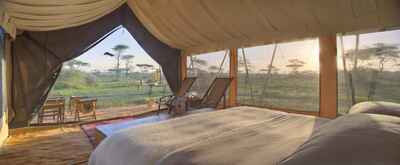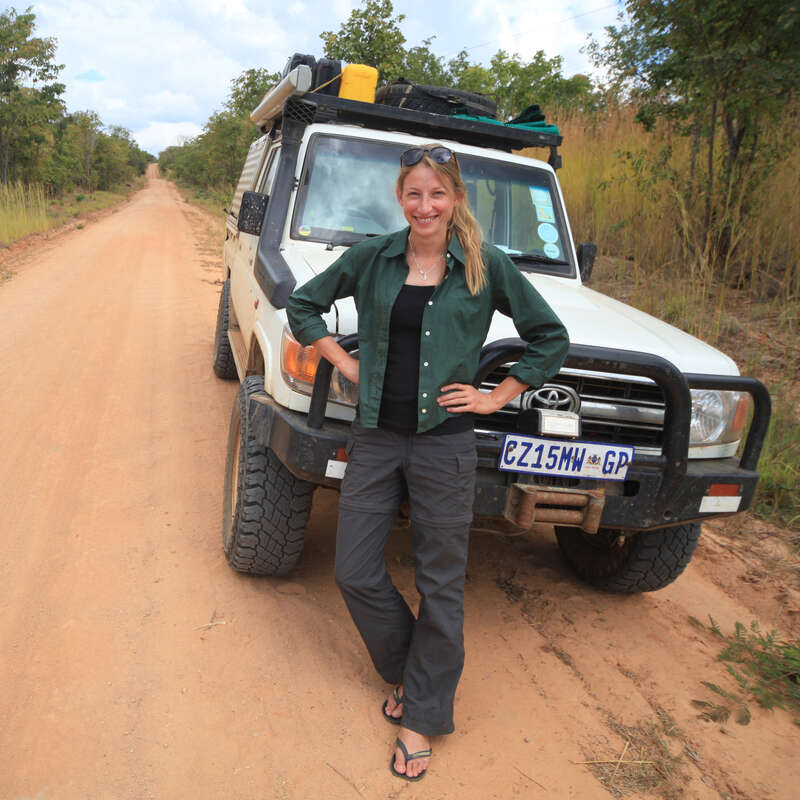About Serengeti under Canvas
Serengeti under Canvas is made up of three semi-permanent camps, which move from site to site in Tanzania ...
... to keep close to the migrating wildebeest herds. All are simple bushcamps that aim to maintain a level of luxury.
Serengeti Under Canvas provides a relatively traditional safari experience, under canvas, without losing out on the luxuries for which &Beyond lodges are known. So you are camping – but probably not as you know it. The food and service are fantastic but we do feel, however, that relative to some of the other tented camps we know in the Serengeti region, the overall look here needs some refreshment.
Our view
Serengeti Under Canvas provides a relatively traditional safari experience, under canvas, without losing out on the luxuries for which &Beyond lodges are known. So you are camping – but probably not as you know it. The food and service are fantastic but we do feel, however, that relative to some of the other tented camps we know in the Serengeti region, the overall look here needs some refreshment.
Accommodation
9 tents
Children
Suitable for aged 12+
Open
All year
Activities

4WD Safari

Birdwatching

Hot air ballooning
Traveller reviews of Serengeti under Canvas
11 real, un-edited reviews from Expert Africa's travellers.
Arrived 1 Jan 2024, 3 nights
"Serengeti under Canvas review"
Overall rating: Good
Arrived 20 Jun 2019, 2 nights
"Beautiful camp!"
Overall rating: Excellent
Arrived 8 Oct 2018, 3 nights
"Everything you could ever want "
Overall rating: Excellent
Arrived 14 Aug 2016, 3 nights
"Fantastic tented experience"
Overall rating: Excellent
Arrived 4 Jul 2016, 1 nights
"Soooo! Coooool!"
Overall rating: Excellent
Arrived 1 Jan 2015, 4 nights
"Serengeti under Canvas review"
Overall rating: Excellent
Arrived 25 Jun 2014, 3 nights
"Serengeti under Canvas review"
Overall rating: Excellent
Arrived 2 Feb 2013, 3 nights
"Glamping"
Overall rating: Excellent
Arrived 5 Oct 2011, 3 nights
"Brilliant camp 1 and river crossing"
Overall rating: Excellent
Arrived 17 Oct 2009, 3 nights
"Under Canvas casually elegant safari"
Overall rating: Excellent
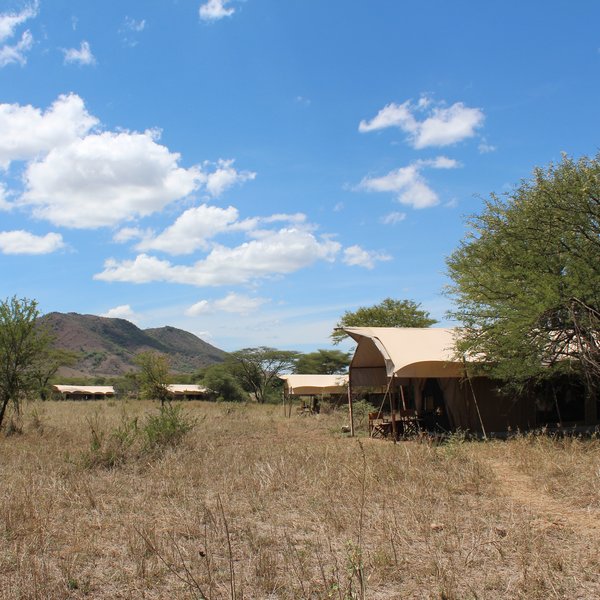
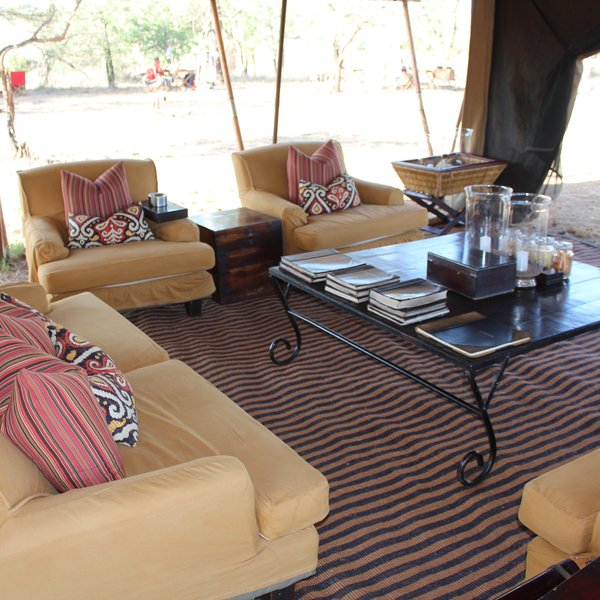
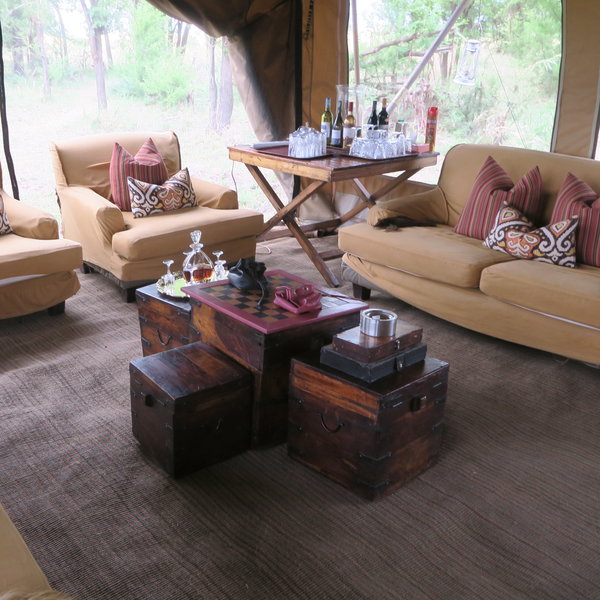
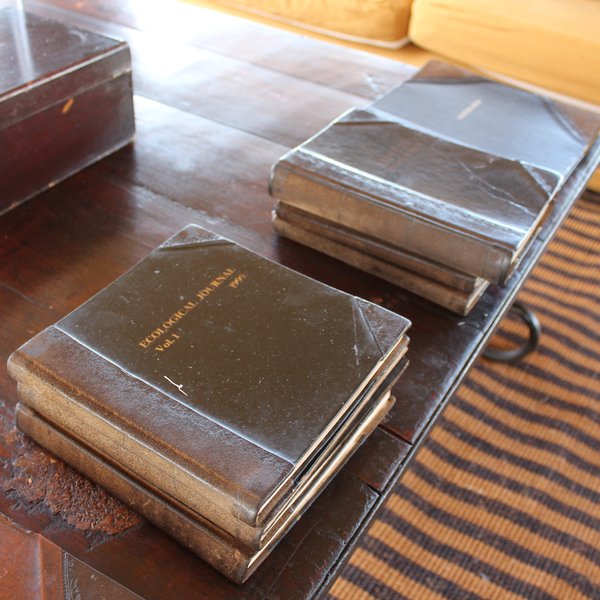
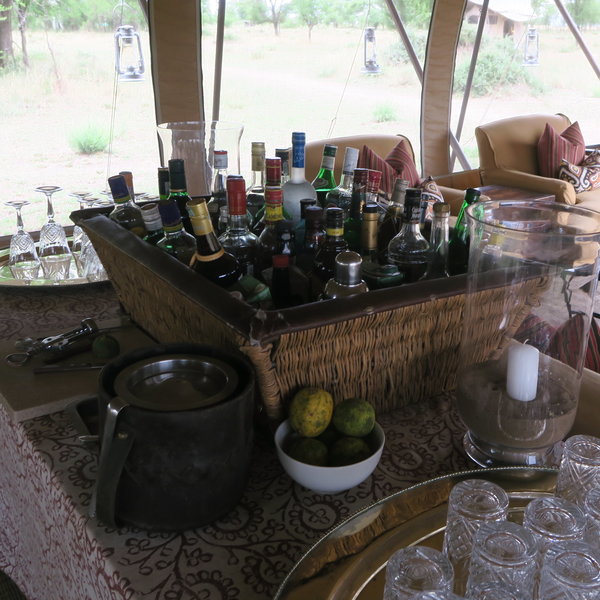
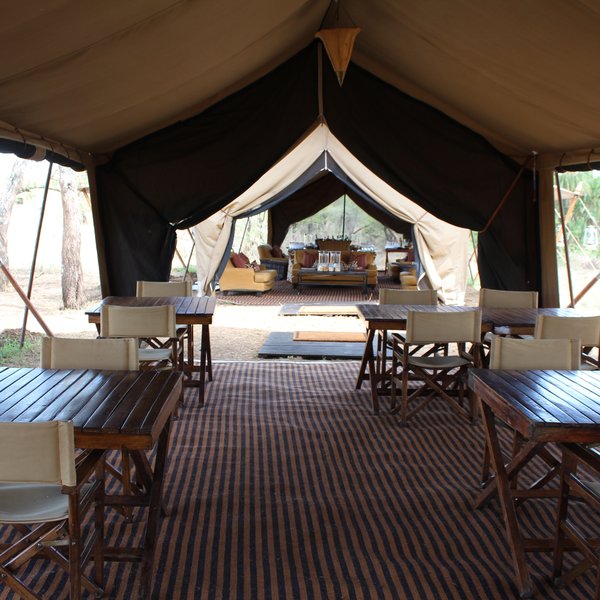
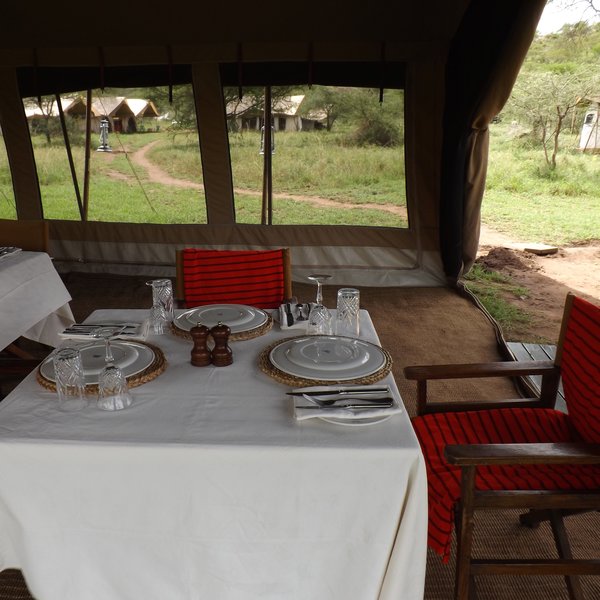
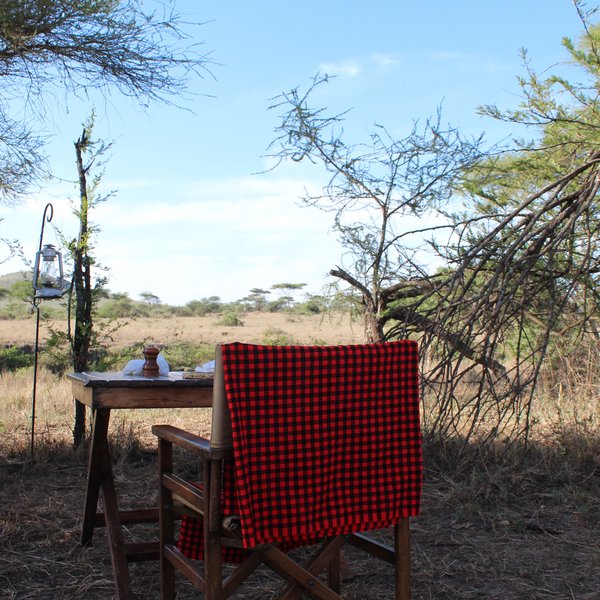
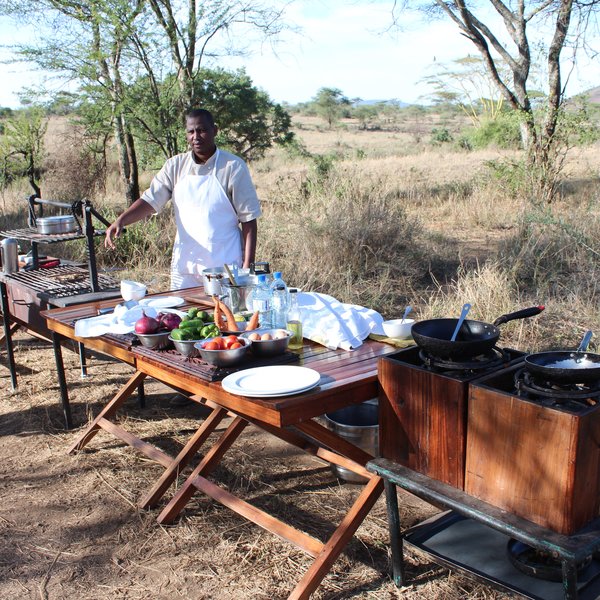
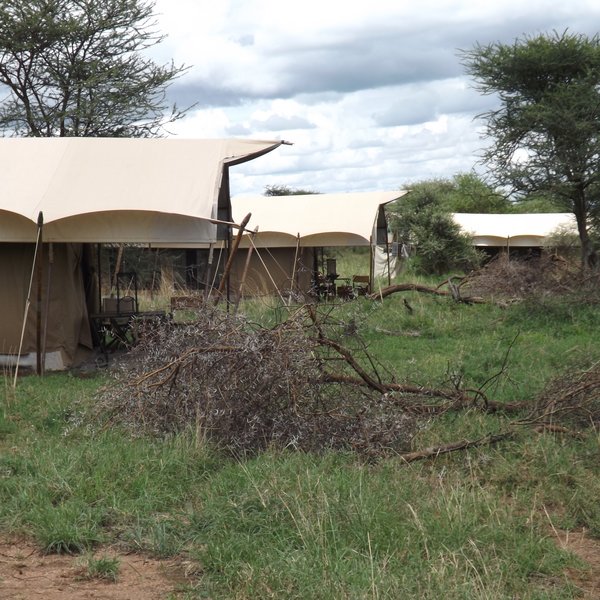
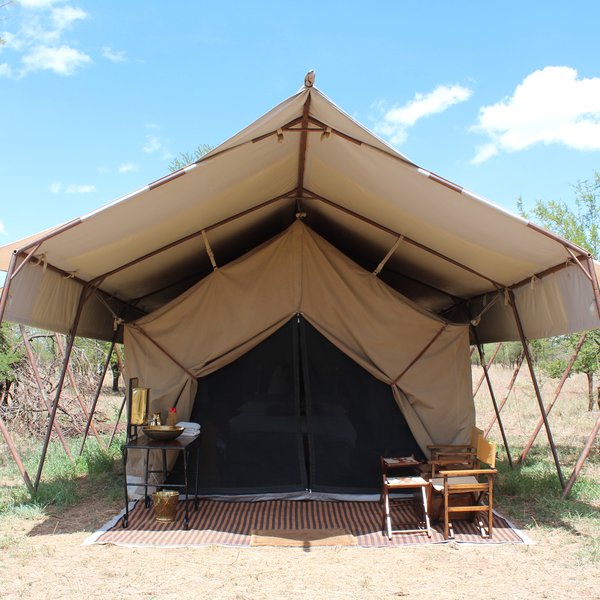
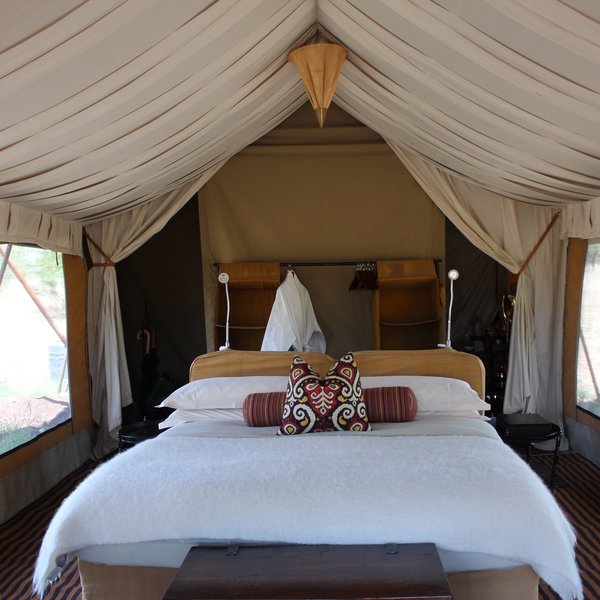
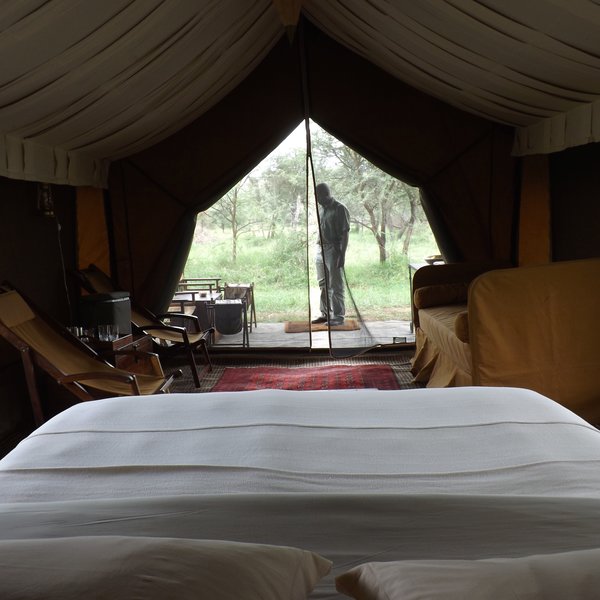
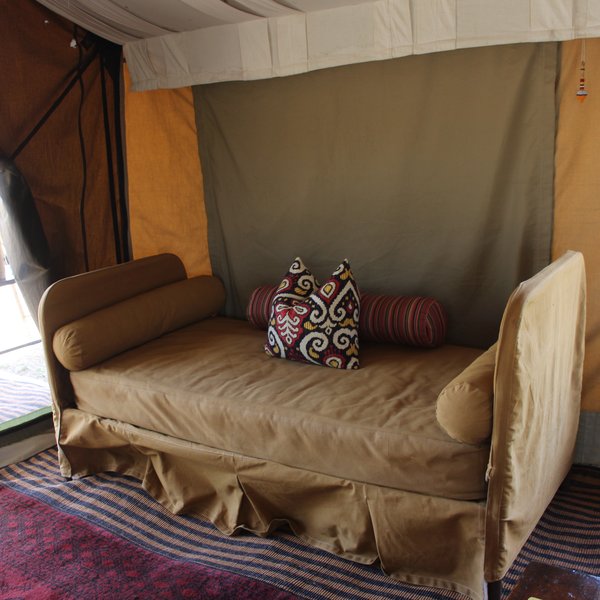
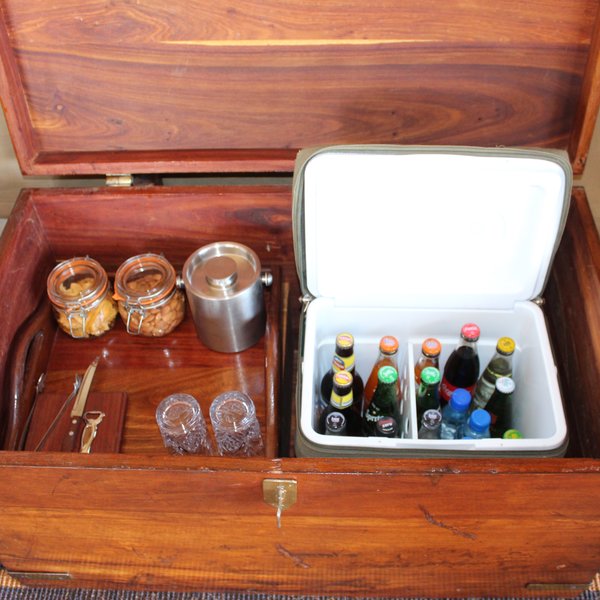
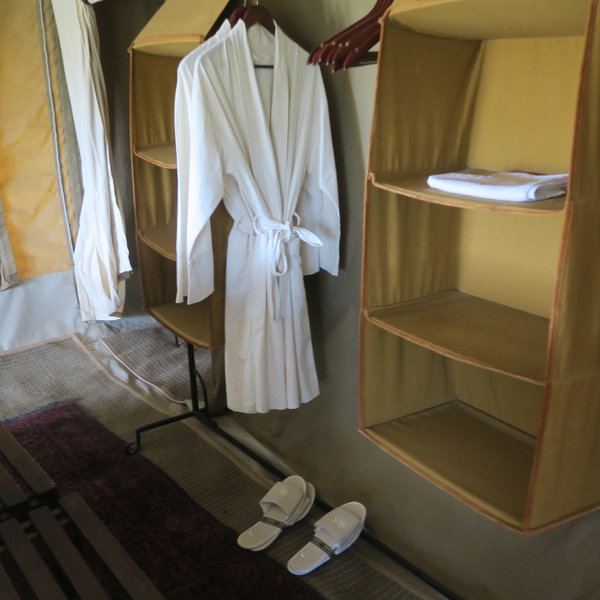
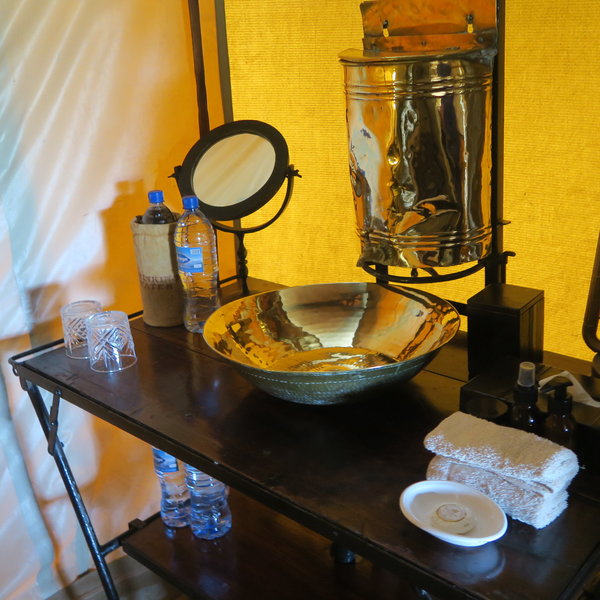
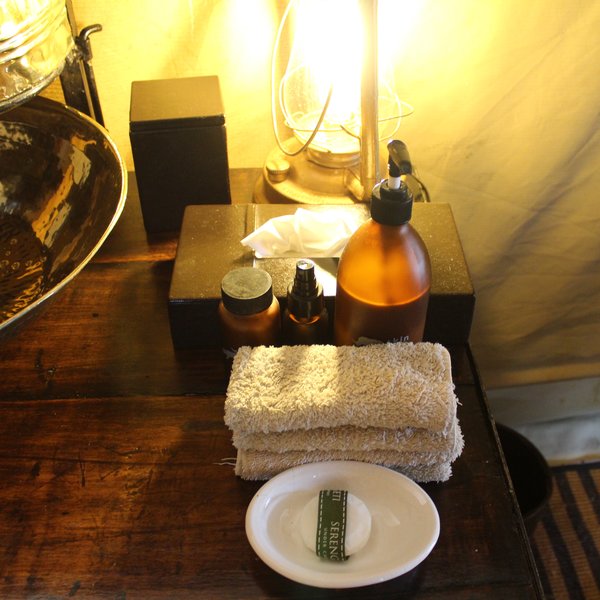
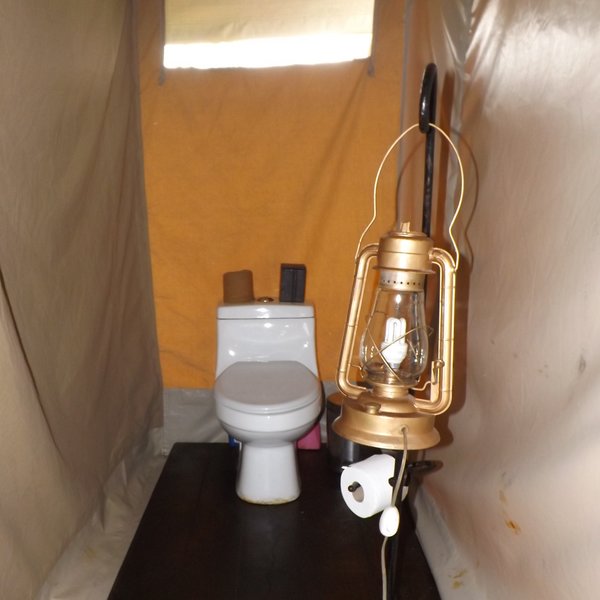
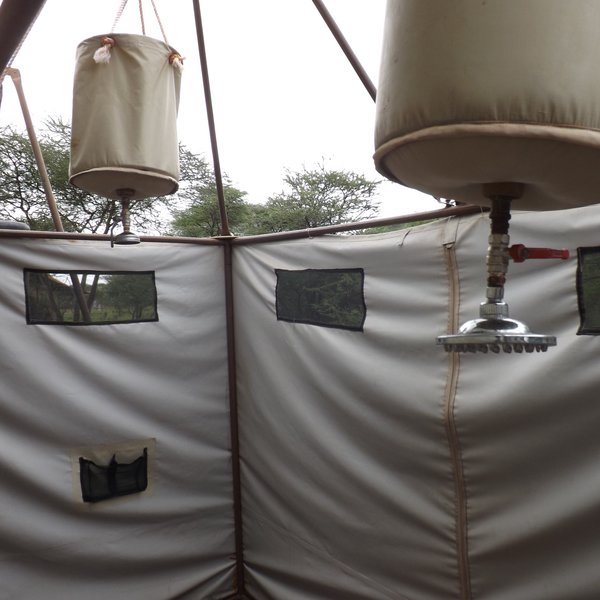
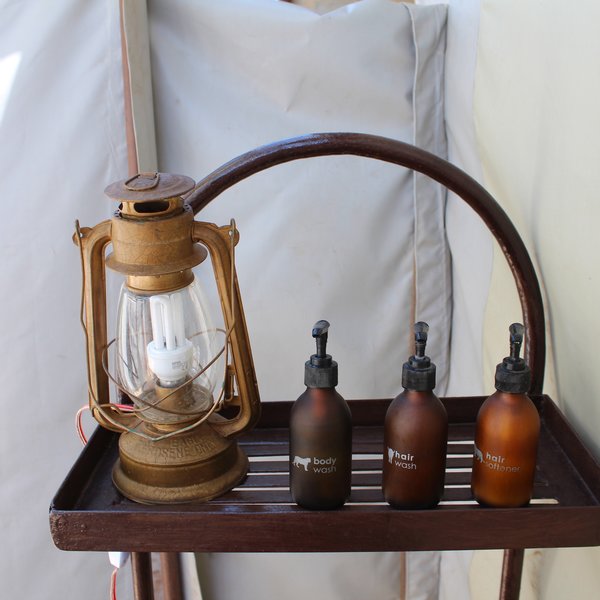
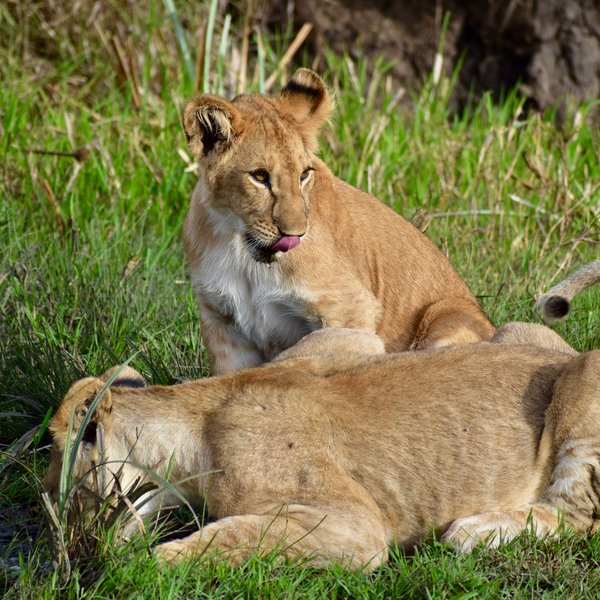
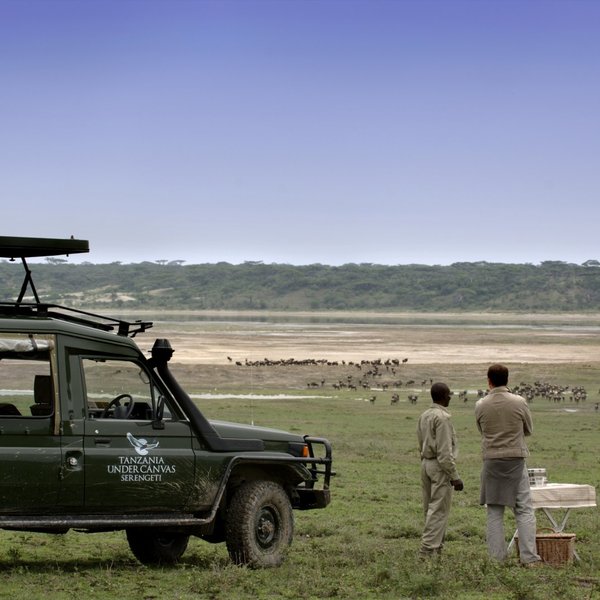
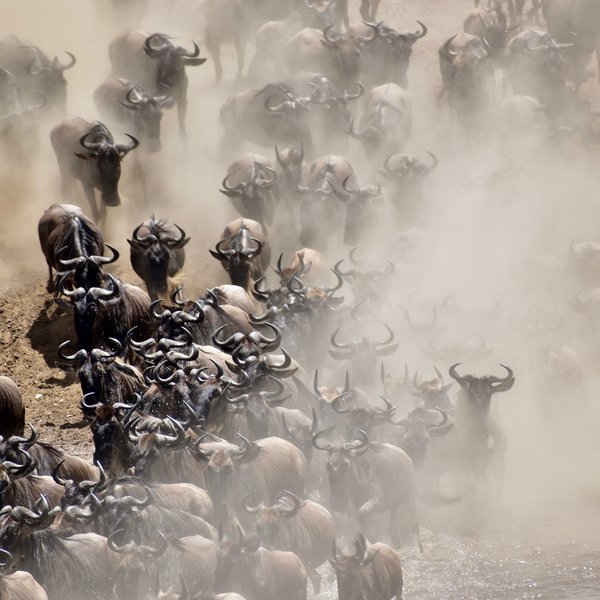
Expert Africa's gallery
When we travel we take lots of photos ourselves to give you a real and un-edited view of the safaris. See our 54 pictures and 1 videos of Serengeti under Canvas to get the candid view.
View gallerySafaris visiting Serengeti under Canvas
Just ideas, we'll always tailor-make a trip for you
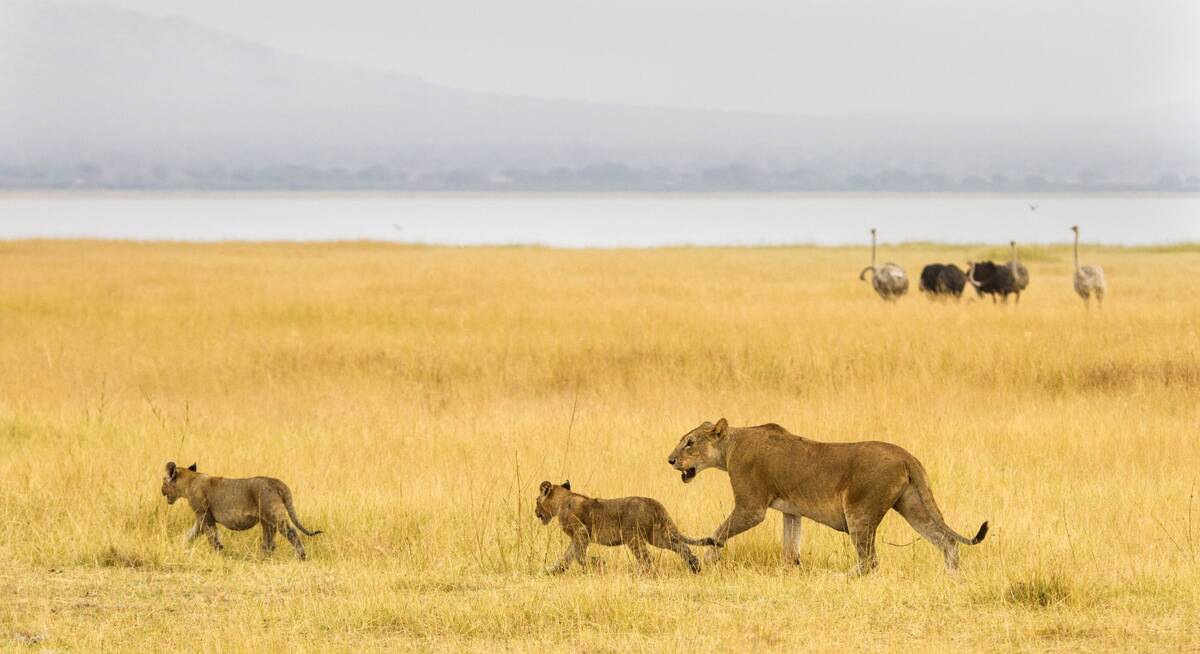
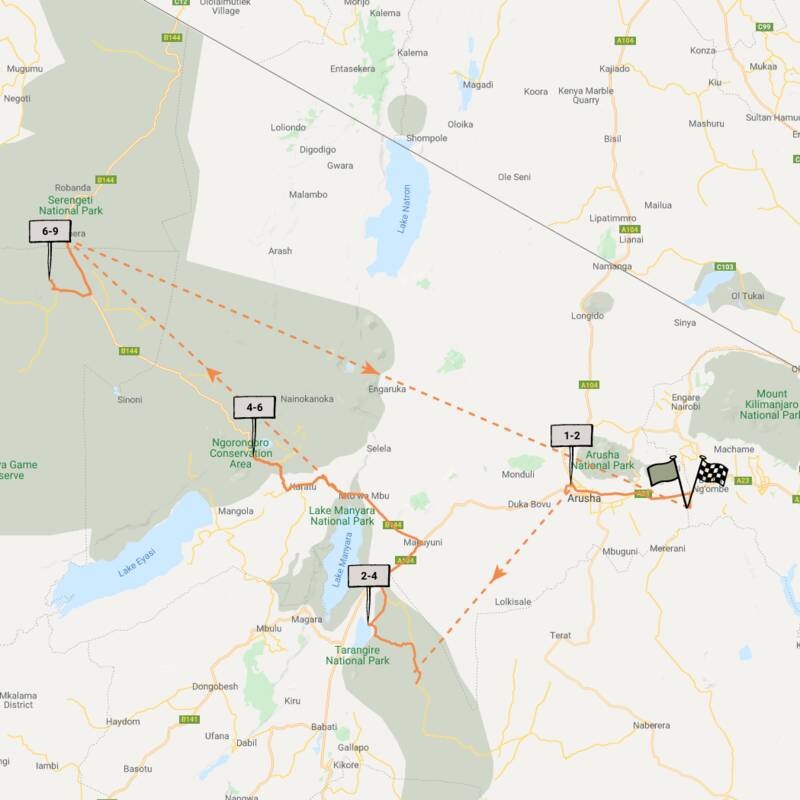
Secretary Bird Fly-in Safari
8 days • 4 locations • 1 country
KILIMANJARO AIRPORT TO KILIMANJARO AIRPORT
Chosen for comfort and relaxation as much as for its range of activities, this safari makes for a leisurely trip featuring stunning accommodation and swift access to many of northern Tanzania’s best wildlife regions.
Visiting Ngorongoro Crater, Serengeti and 2 other areas
US$14,030 - US$18,080 per person
Serengeti under Canvas: Our full report
Serengeti under Canvas is made up of three semi-permanent camps, which move from site to site in Tanzania ...
... to keep close to the migrating wildebeest herds. All are simple bushcamps that aim to maintain a level of luxury.
The Serengeti under Canvas camps are run by &Beyond, who also run Lake Manyara Tree Lodge, Ngorongoro Crater Lodge and two permanent camps in the Serengeti region outside the national park: Grumeti River Camp and Klein's Camp.
Two of the Serengeti under Canvas camps, numbered simply 1 and 2, are usually located inside the Serengeti National Park: typically in the southern area (Ndutu) from some time before Christmas to early April; in the central area (Seronera) from early April to the end of May and again from early November to mid-December; in the western area (Grumeti) from June to mid-July; and in the northern area (Kogatende) from mid-July to early November. Serengeti under Canvas’s primary focus is to follow the wildebeest migration and the camps will move on a fairly regular basis in order to be in the prime position to witness the action.
Our last visit, to Camp No 2, was in October 2019, when it was located in the Kogatende area. By then, Camp No 1 was already based at their Seronera site in central Serengeti. The sites of the camps can vary slightly year on year as they are allocated by the park authorities. In 2019, the Kogatende camp was located on a small hill set on the edge of an area of acacia woodland, which we noted felt quite windy and exposed. Depending on the exact site location of the camp, it can be suitable for those with mobility issues as there are no steps and some tents are relatively close to the main areas. No matter where they are, the camps gets frequent visits from elephant, buffalo and, in the dry season, lion, which visit in search of water. On a previous visit we had some nighttime visits from buffalo, grazing around the tent!
There is usually a third camp outside the park, in the Loliondo Reserve in the north-east of the Serengeti ecosystem. Sometimes known as 'Klein's under Canvas', this is in the Klein's concession area, and normally operates from June to around December.
In the central area of each camp, a slightly formal dining tent is set with silver cutlery and crystal glasses, although dinner is often eaten outside around the campfire: with the area lit by storm lanterns and the glow from the firelight, it makes for a beautiful setting. The camp is decked out in antique gold and mustard yellow, accented by brass details and wooden carvings. The large lounge and bar tent is furnished with 1950s-style sofas and armchairs, perked up by a selection of striped and batik cushions – prints that run throughout the camp. The chairs are clustered in two groups around a heavy wooden coffee table and wooden chests, separated by a very well-stocked bar. Glass storm lanterns, leather-bound books and other items of interest scatter the surfaces and add to the old colonial style.
Each camp at Serengeti Under Canvas has nine large identical guest tents, whose very comfortable beds feature high-quality bed sheets, soft pillows and woolen cream throws. There's also a day bed, two deckchairs, and two heavy wooden chests housing a safe and a minibar, complete with cooler box. Large grass mats cover the tent floor, overlaid with Indian rugs. While cushions add splashes of colour, the yellow décor of the lounge area that runs through the guest tents feels a little tired and in need of a refresh. Tents can be arranged as either a double or a twin. There is no family unit at present, however there are plans to introduce a family tent for June 2019 – ask us for the latest information.
Outside each tent directors' chairs are set up on your 'veranda'. There is also a vintage-style brass hand basin for freshening up before entering the tent.
The en-suite bathrooms are equipped with separate flush toilets with a reserve tank for water, and open-air double bucket showers, which the staff fill with hot water on request. There's another hand basin, a jug of hot water for washing, and a variety of toiletries and insect repellents.
In keeping with the bush infrastructure, there is no running water or electricity supplied to the tents (batteries can be charged in the office tent and in the vehicles), but there are kerosene lamps dotted around the camp, and each tent has battery-operated lighting and a torch. It does not get especially cold in the evenings but the hot-water bottles placed in the beds are a welcome addition. Each tent is assigned a personal butler, who will will bring you your choice of hot drink in the morning with your wake-up call, and will be more than happy to help with any requests.
Each camp has five Land Cruiser 4WD vehicles (one six-seater and four four-seaters) and five driver-guides, known in &Beyond parlance as rangers. The vehicles are equipped with bean bags, pit-stop toilet bags and 220v, UK-style, three-pin sockets, which can be used to charge batteries.
In terms of activities, the Serengeti Under Canvas camps within the Serengeti National Park concentrate on daytime game drives, while the camp in the Klein's area of Loliondo also offers night drives and guided walks. When the camp is based within easy reach of the Seronera area, the team can usually assist in organising a hot-air ballooning trip (at extra cost).
Guests at Serengeti Under Canvas tend to be a very cosmopolitan crowd. Keen photographers typically make up a majority, whp on our visits have incorporated Americans, South Africans, Europeans from Britons and Dutch to Germans and Spaniards, plus Mexican honeymooners and the occasional Chinese group.
Activities
4WD Safari
Birdwatching
Hot air ballooning
Families & children
- Attitude towards children
- There is no strict age limit, but under 5s are not encouraged.
- Property’s age restrictions
- Children under the age of 11 need approval from the reservation manager or regional manager prior to booking.
- Special activities & services
- Staff will organise bow and arrow games, marshmallow roasting and football on request and children are provided with an activity book filled with safari activities.
- Equipment
- None.
- Generally recommended for children
- These are unfenced bush camps with an adult atmosphere, and not really suitable for young children.
- Notes
- Due to the possible proximity of dangerous wildlife, children require parental supervision at all times.
Food & drink
- Usual board basis
- Full Board & Activities
- Food quality
- We have found a good standard of food preparation and presentation at these camps. There is a seven-day set menu, meaning that if you are splitting your time between Serengeti under Canvas and its sister properties you are unlikely to eat the same meal twice. Meals are served by your butler and the service strikes a perfect balance of discreet yet attentive.
We did not have the chance to eat here on our most recent visit in October 2018, however when we stayed in December 2016 a selection of bread, condiments, cereal, fruit and yoghurt was served to the table for breakfast and a range of cooked items could be requested from the chefs in the open-air breakfast kitchen. We enjoyed poached eggs and crispy bacon on toast.
We had a really delicious lunch of beef and peppers in a tasty sauce, with cucumber and olive salad, tomato and feta salad and hot chapattis.
Our three-course set dinner, which was served around the campfire, was beautifully presented. We had tomato soup with fresh bread to start, then tilapia with roasted vegetables and grilled banana with a chocolate sauce to finish. - Dining style
- Individual Tables
- Dining locations
- Indoor and Outdoor Dining
- Further dining info, including room service
- The outdoor barbecue area is often used for dinner. Room service is possible both inside and outside your tent.
- Drinks included
- Bottled water is supplied and is used to make ice in drinks. All drinks are included here, with the exception of fine wines which, with advance notice, can be ordered in special; this is for an additional cost.
Our travellers’ wildlife sightings from Serengeti under Canvas
Since mid-2018, many of our travellers who stayed at Serengeti under Canvas have kindly recorded their wildlife sightings and shared them with us. The results are below. Click an animal to see more, and here to see more on our methodology.

100% success

100% success

100% success

100% success

67% success

67% success

67% success

67% success

67% success

50% success

50% success

33% success

33% success

33% success

0% success

0% success

0% success

0% success
Getting there
- Location
- Serengeti Migration Area, Tanzania
- Ideal length of stay
- 3 nights
- Directions
- Distances from the nearest airstrip vary with location: approximately 45 minutes from Kogatende, 45 minutes from Seronera, 20 minutes from Ndutu and 45 minutes from Grumeti (the camp's location in the Grumeti district is Kigeresh).
- Accessible by
- Fly-and-Transfer
Sustainability
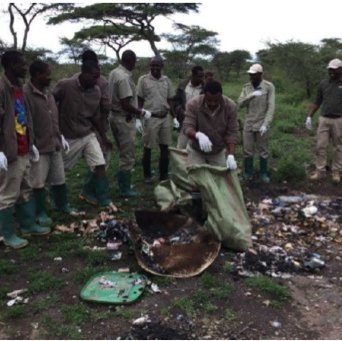
Protecting the environment for the great migration
Serengeti under Canvas works closely with the Tanzanian National Parks (TANAPA) to provide guests with the once-in-a-lifetime experience of watching the Great Wildebeest Migration.
The camp’s semi-permanent structure minimises environmental impacts on the natural surroundings. Guests are located in the middle of the Serengeti surrounded by the sounds of nature and vast variety of wildlife.
The Serengeti team work with the TANAPA to educate and collaborate with local communities to ensure the natural beauty of the Serengeti is conserved. The Serengeti camp’s knowledge of the park has enabled a responsible management of the entire Serengeti Park, as well as control over invasive vegetative species. Moreover, the team at Serengeti under Canvas participate in environmental clean-up activities with both TANAPA and the Ngorongoro Conservation Area Authority (NCAA). Since 2017, staff have been teaching local schools about conservation both indoors and out in the National Park.
See more great sustainability projects in Tanzania
Communications
- Power supply notes
- The generator charges dry cell batteries. Guests' camera batteries, mobile phones etc can be charged in the communal area, office tent or in the vehicles.
- Communications
- The cellphone signal depends on the camp's location, but WiFi is available throughout all the camps.
- TV & radio
- There is a TV in the staff lounge tent that guests can watch for major sporting events etc.
- Water supply
- Transported in
- Water supply notes
- Water is brought in to the camp by bowser.
Health & safety
- Malarial protection recommended
- Yes
- Medical care
- First-aid kits are available in every camp, and first-aid trainers visit regularly to update staff. The camp has links to a flying-doctor service for use in case of medical emergency.
- Dangerous animals
- High Risk
- Security measures
- A guard is on duty throughout the night. Butlers escort guests to and from their tents after dark.
- Fire safety
- There are fire extinguishers around the camp and all staff are trained in fire safety.
Useful info
- Disabled access
- On Request
- Laundry facilities
- Laundry is included, hand-washed and sun-dried. Ladies underwear is accepted.
- Money
- There is a safe in the wooden chest in each tent.
- Accepted payment on location
- Any extras are normally settled in cash, with Tanzanian shillings and major currencies accepted. When credit cards can be processed without a surcharge (subject to availability of cellphone signal). Visa and master card are accepted however American Express is not.
Plan and book your trip with Expert Africa
All of our trips are tailor-made, so we'll always adapt them to suit you. Talk to an Expert and let us plan and arrange your perfect trip.

Talk to an Expert
Call or email us now! We’ll match you with the Specialist in our team who is best suited to help you. Then together we can start planning your trip.

Set up your itinerary
Based on our experience and your ideas, your specialist will create a detailed, costed itinerary. We’ll refine it together, until we have a trip that you’re perfectly happy with.

Prepare for your trip
The same Specialist will make the seamless arrangements for your trip, send you detailed travel documents, and be available to answer any questions before you depart.

Travel with peace of mind
After you set off, you’ll be cared for by our partners in Africa, most of whom have worked with Expert Africa for decades. And if you ever need us urgently, we’re available 24/7.

When you return
We love to learn about your trip, and so will always be grateful if you’ve the time to give feedback to your Specialist when you return.
Serengeti under Canvas's location
Look closer at the environment and surroundings of Serengeti under Canvas.
Excursions from Serengeti under Canvas
Optional extra day-trips and excursions possible whilst you're staying at Serengeti under Canvas. Talk to us: these are usually best arranged before you go.
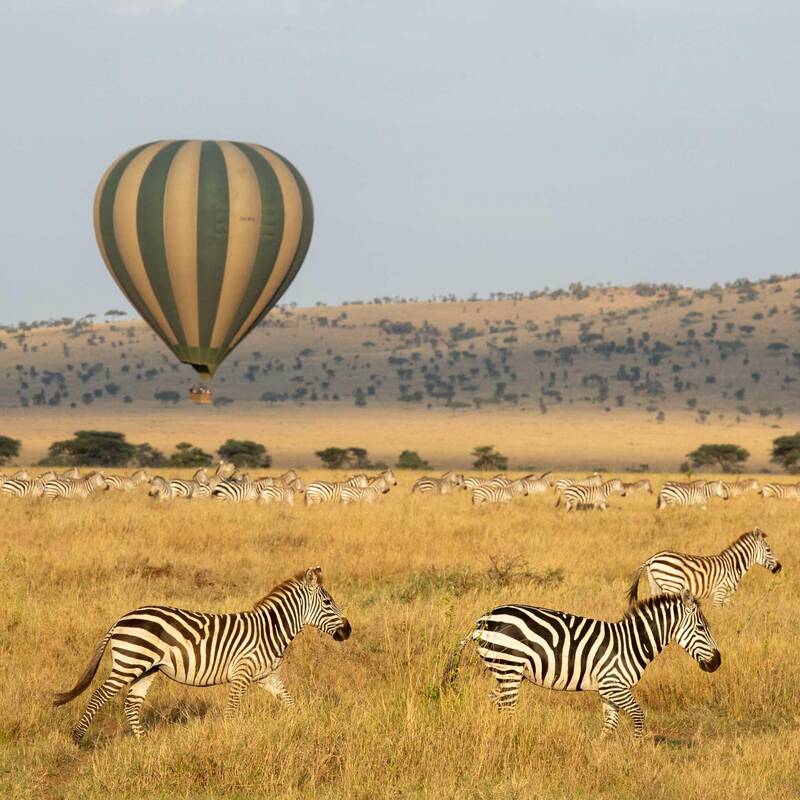
Balloon Safari over the Serengeti
Three hours - approx. one hour flight
As the sun rises over the Serengeti National Park in northern Tanzania, climb aboard for an extraordinary adventure. For an hour you’ll float in a hot air balloon over beautiful savannah and woodland and a diversity of plains wildlife.
More about Balloon SafariOther lodges in Serengeti Migration Area
Alternative places to stay in this same area.
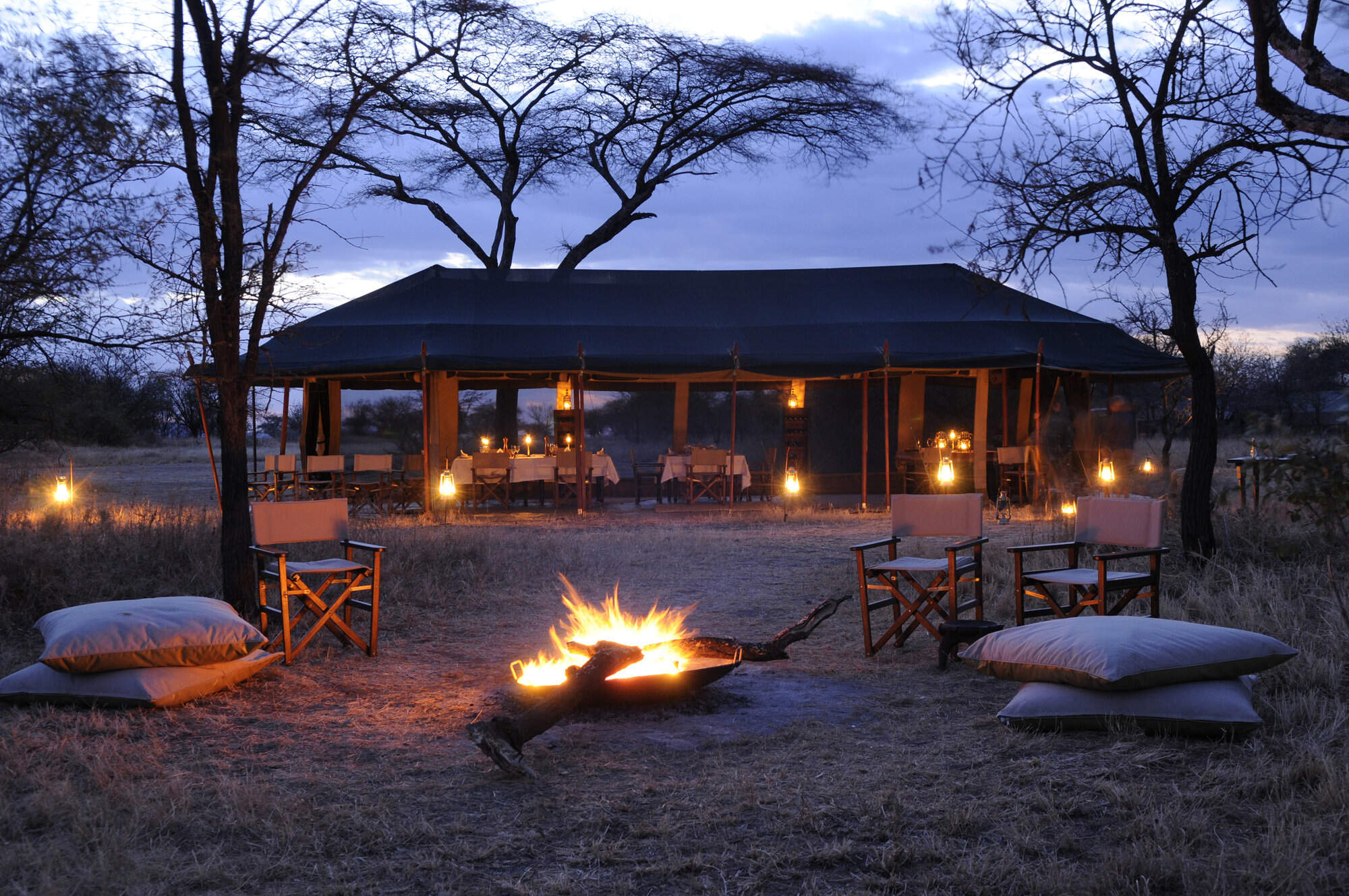
Olakira Camp
Comfortable, friendly and relaxed, Olakira Camp moves between the Mara River and the southern Ndutu area, in line with the wildebeest migration.
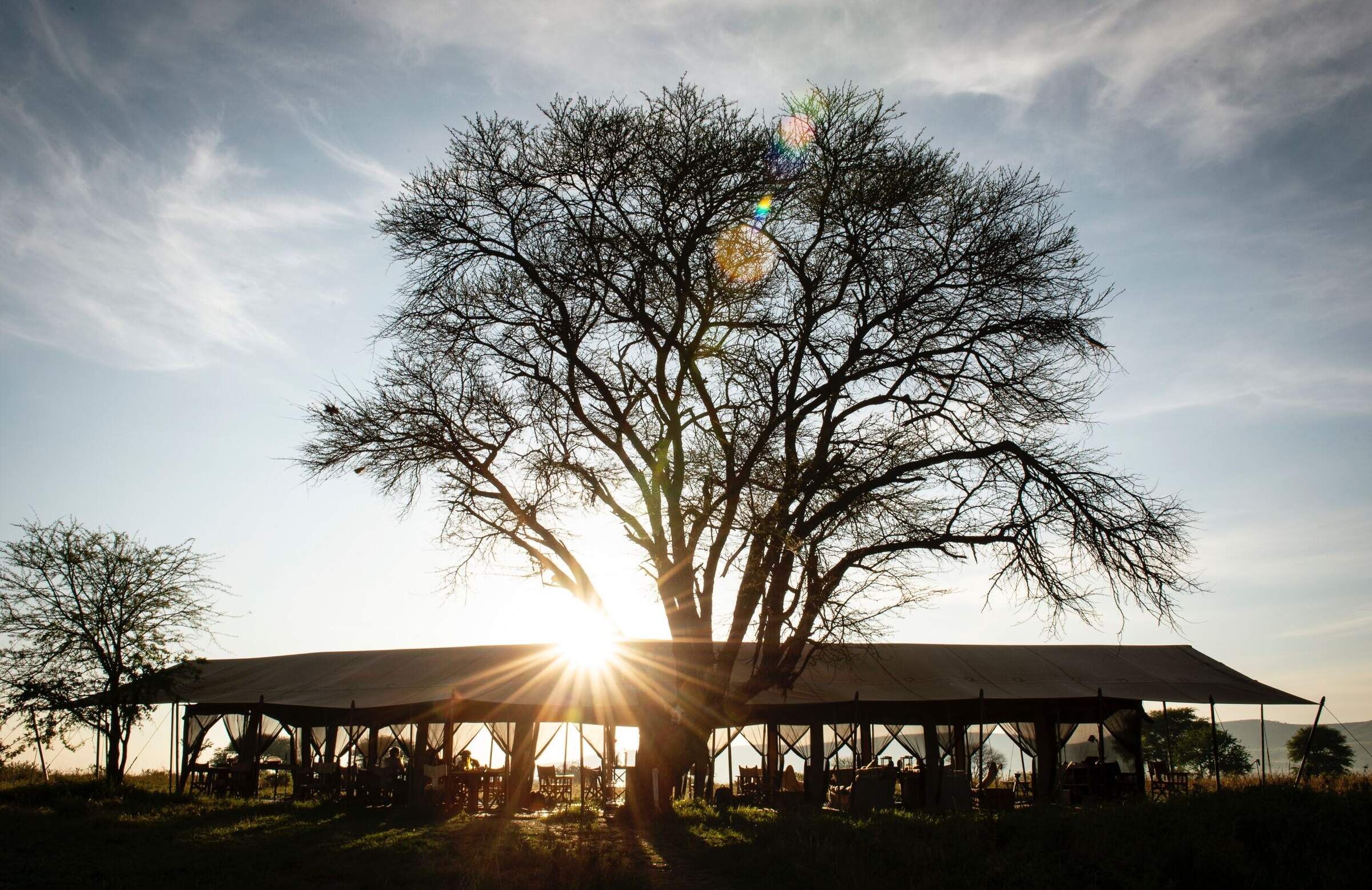
Nomad Serengeti Camp
Serengeti Safari Camp is a well-appointed tented camp that moves several times a year to follow the predicted path of the migration.
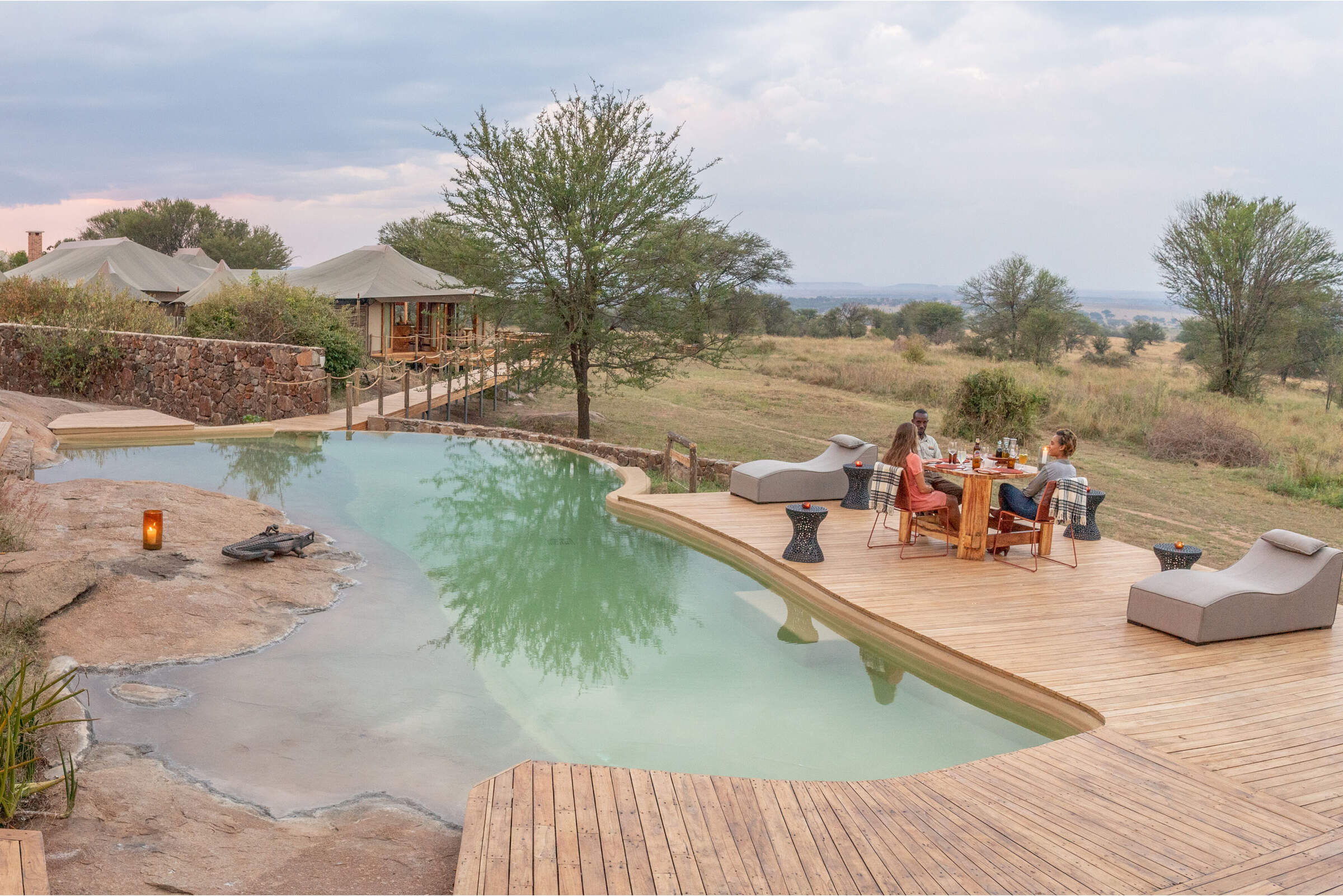
Sayari Camp
In the northern Serengeti, near the Mara River, luxurious Sayari Camp offers excellent wildife all year – boosted further by the wildebeest migration.
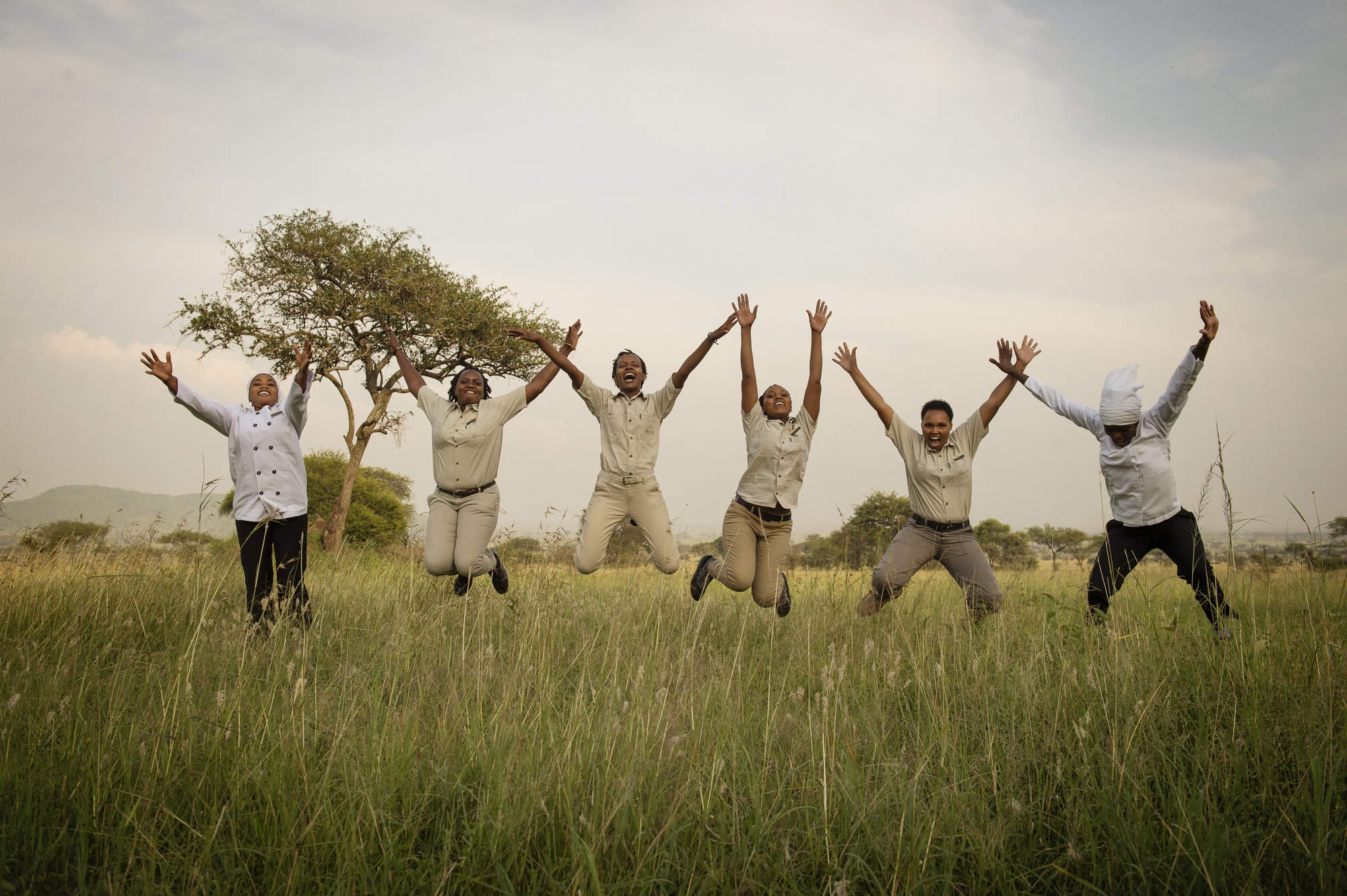
Dunia Camp
Dunia Camp is well located for the migration from December to March, and has excellent game viewing for the rest of the year.
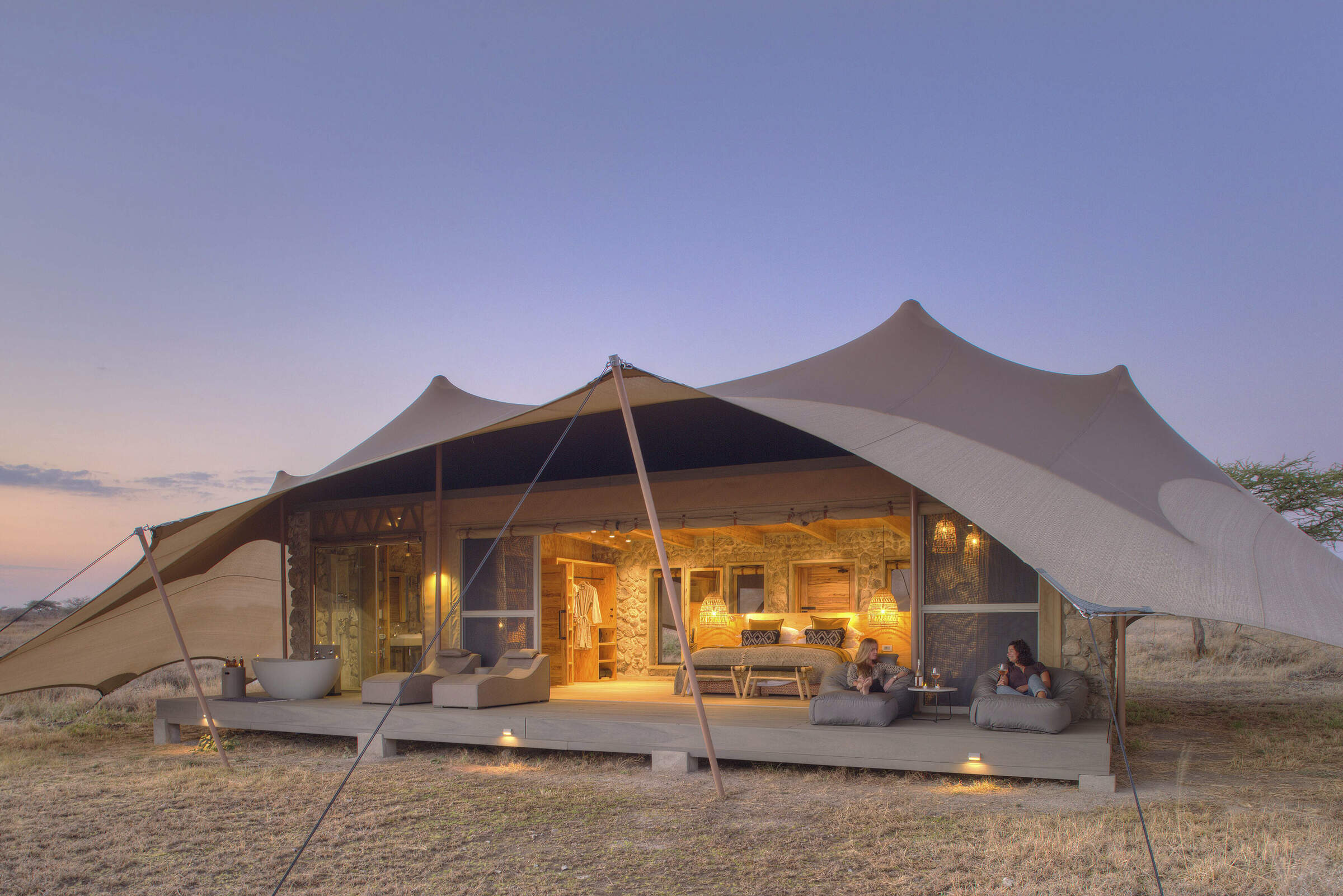
Namiri Plains Camp
Namiri Plains is one of the best camps in the Serengeti and its remoteness ensures a fantastic wildlife experience away from the crowds.
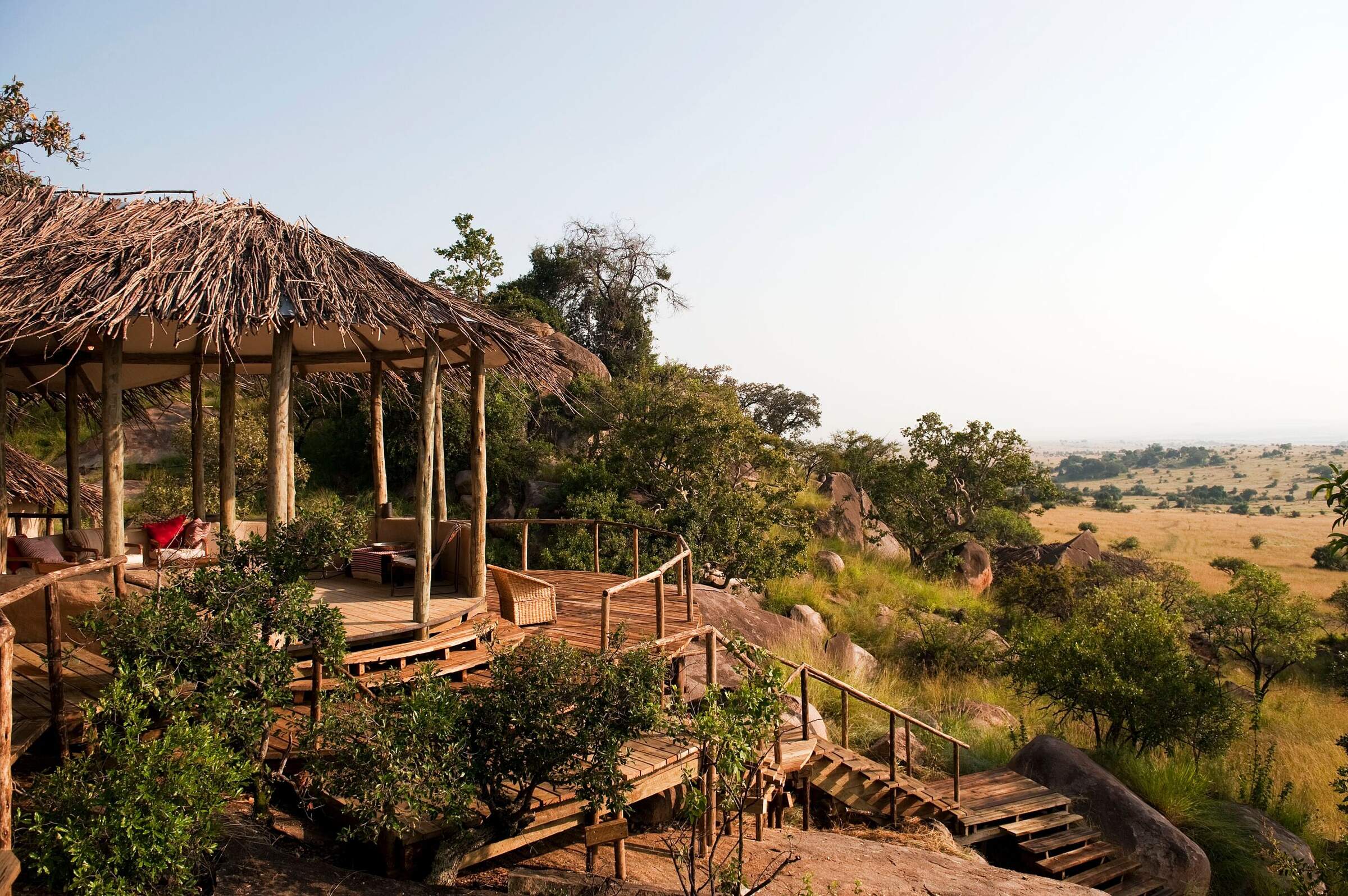
Lamai Serengeti
Set high in the kopjes with fantastic views, Lamai Serengeti offers top service and guiding and good migration sightings from Jul-Oct.
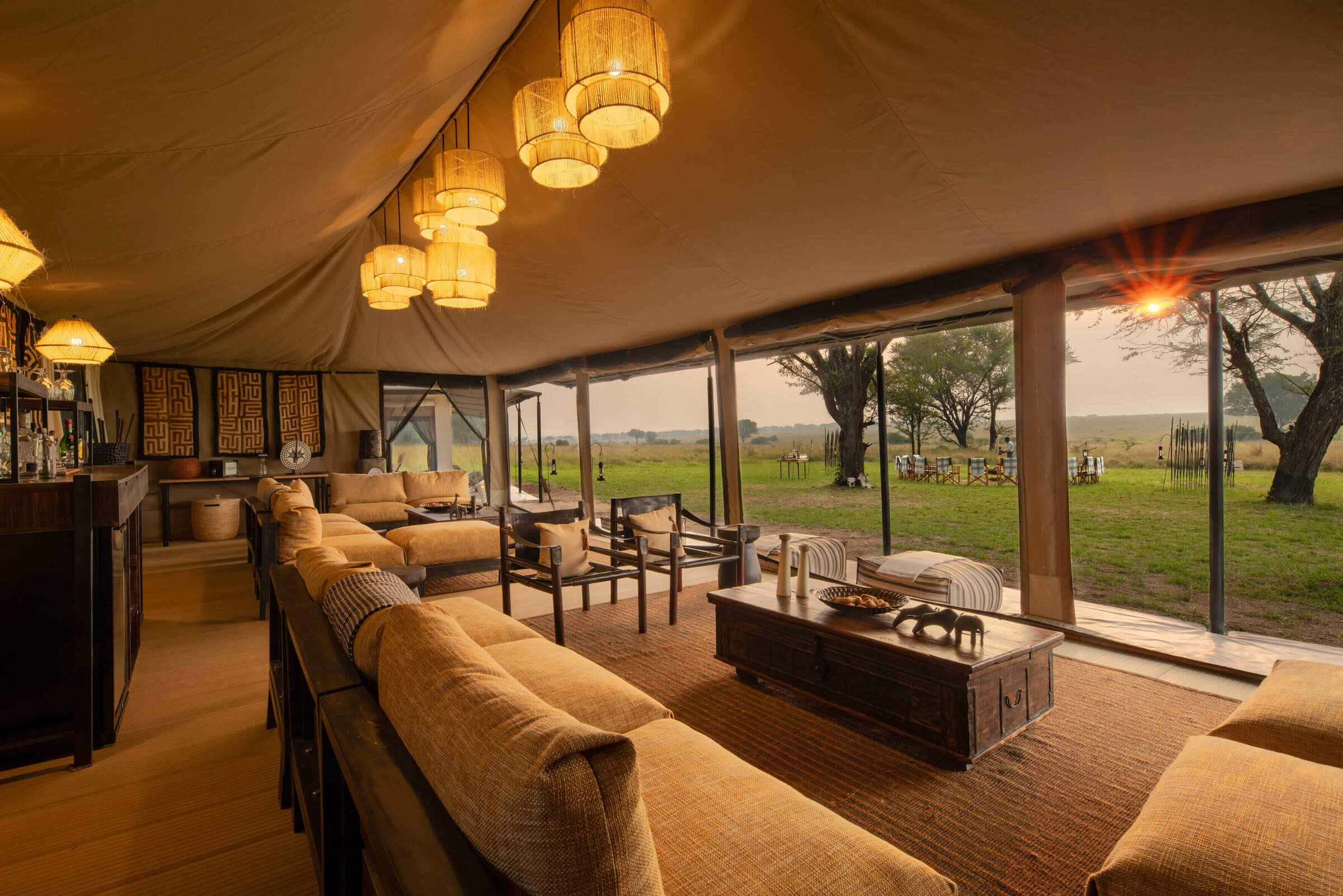
Ubuntu Camp
Ubuntu Camp has several locations in the Serengeti, following the wildebeest migration, so it is often in a great location to see the herds.
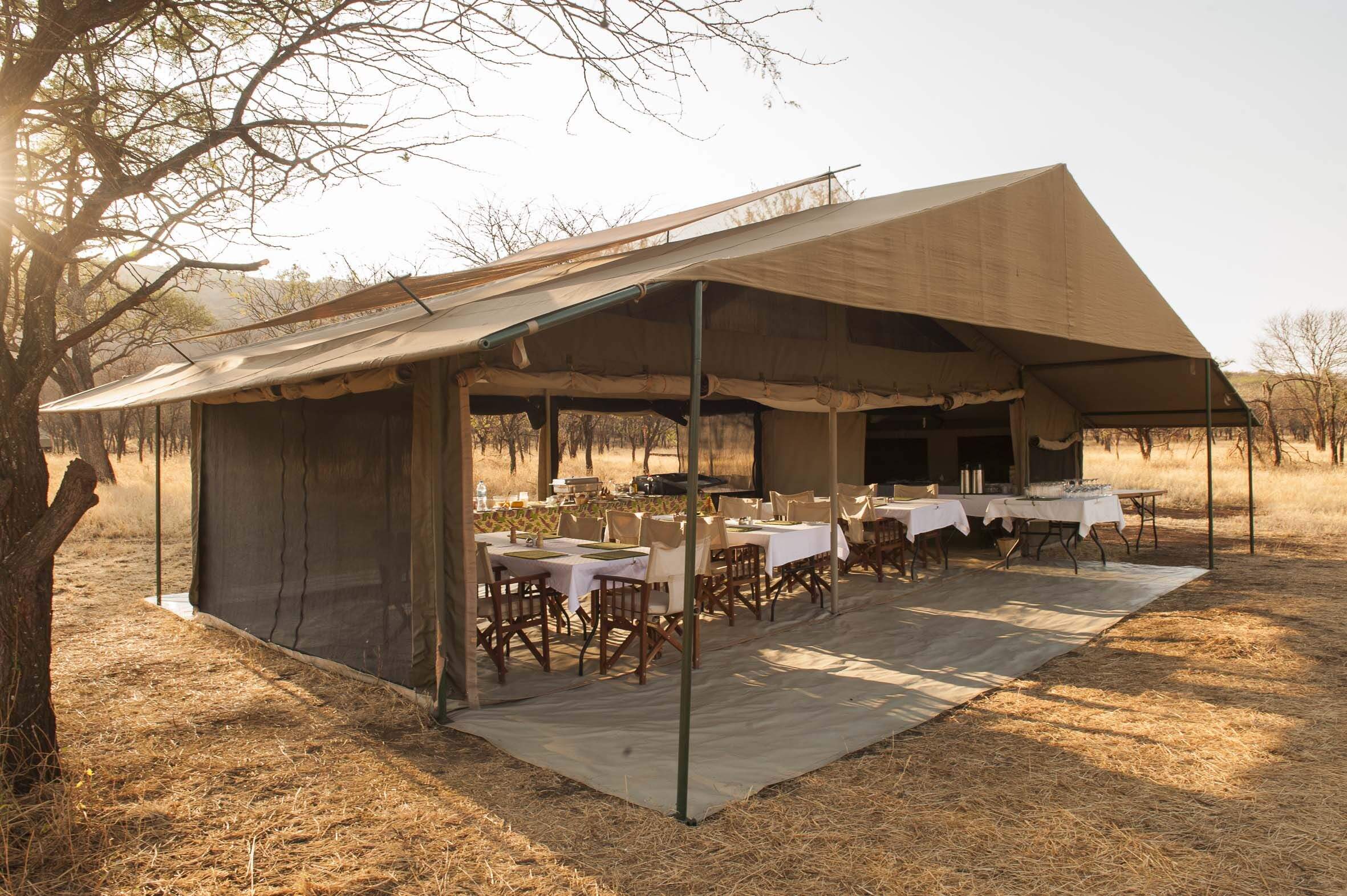
Kati Kati Camp
Kati Kati is a small, very simple bushcamp, which is well-positioned to explore the wildlife-rich Seronera area.
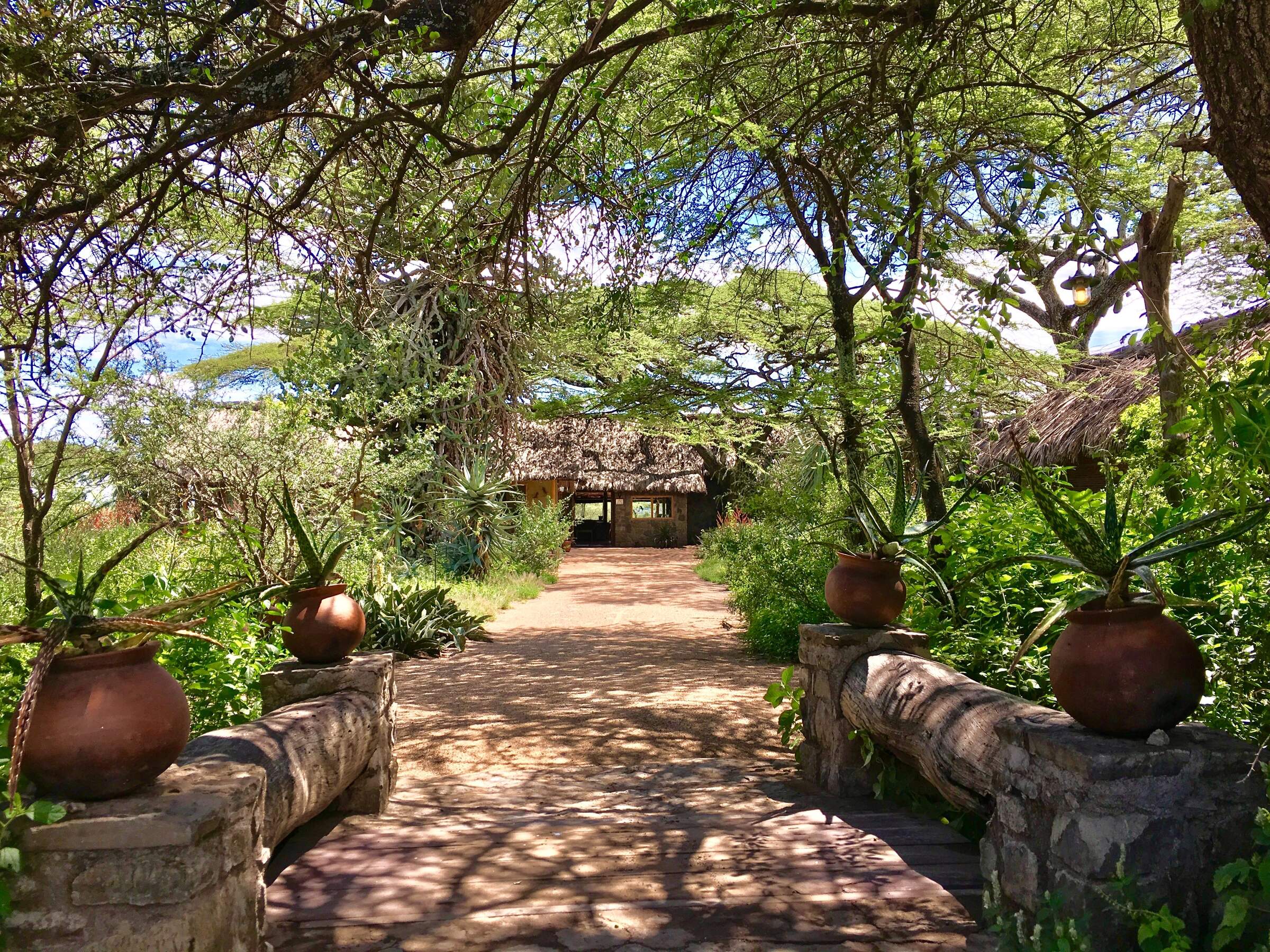
Ndutu Safari Lodge
Large and economical, but not luxurious, Ndutu Safari Lodge is well located in the southern Serengeti, so book early to get space.
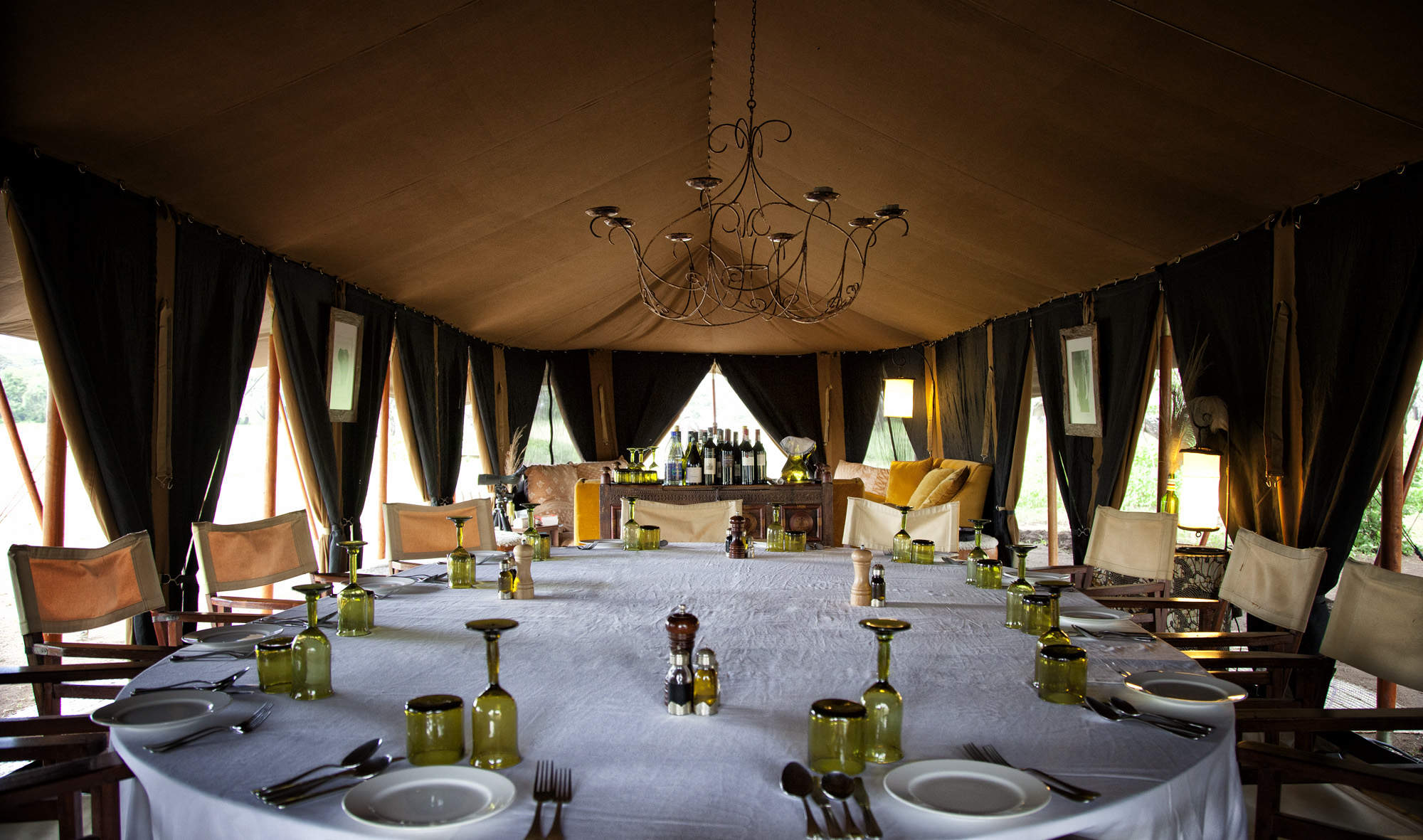
Serian Serengeti
Serian Serengeti is a mobile tented operation run by Alex Walker which moves between two locations following the wildebeest migration.
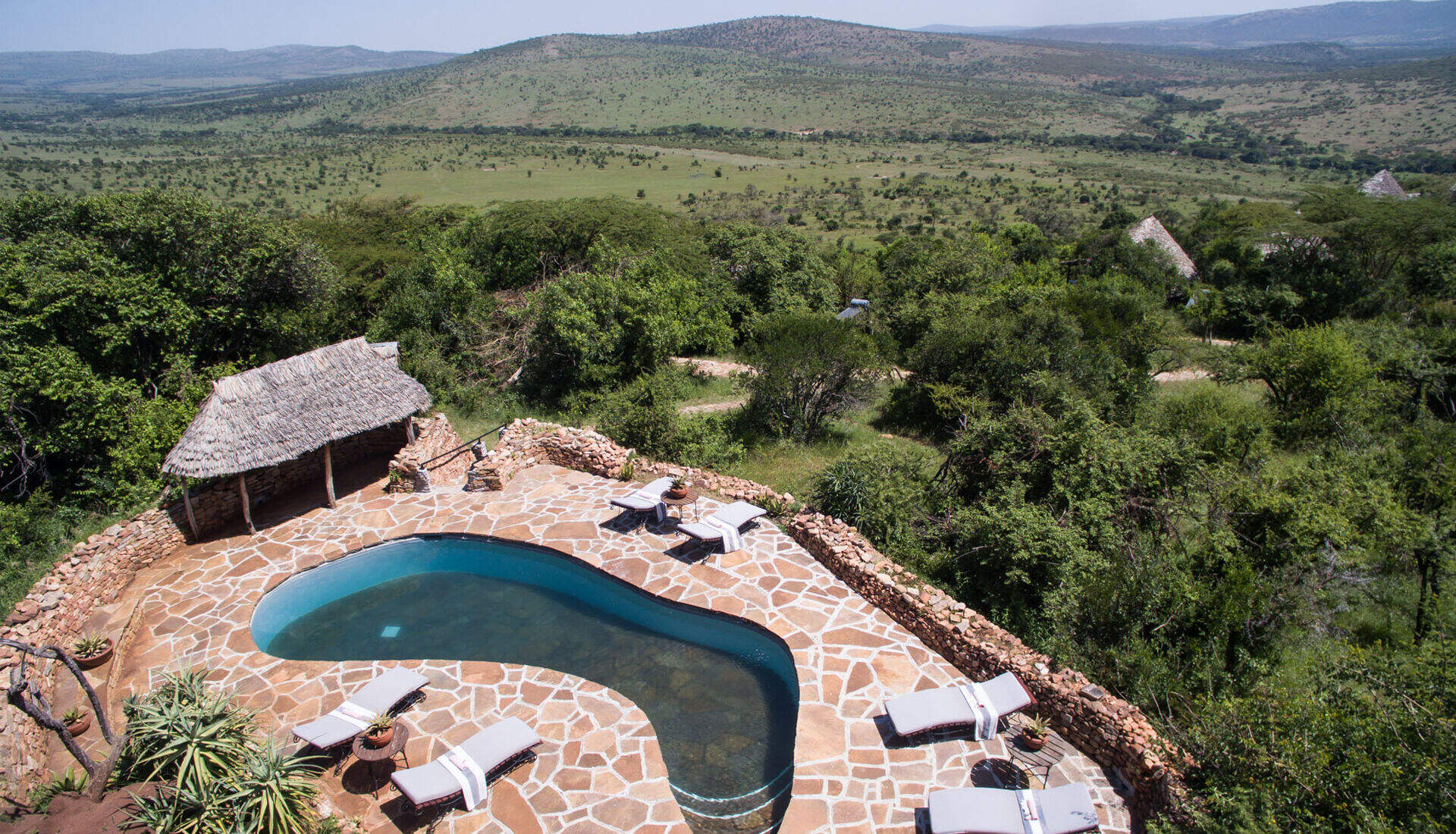
Klein's Camp
Klein's Camp, in a private area of the northern Serengeti, sets high standards. Activities include walks, nights drives and Maasai village visits.
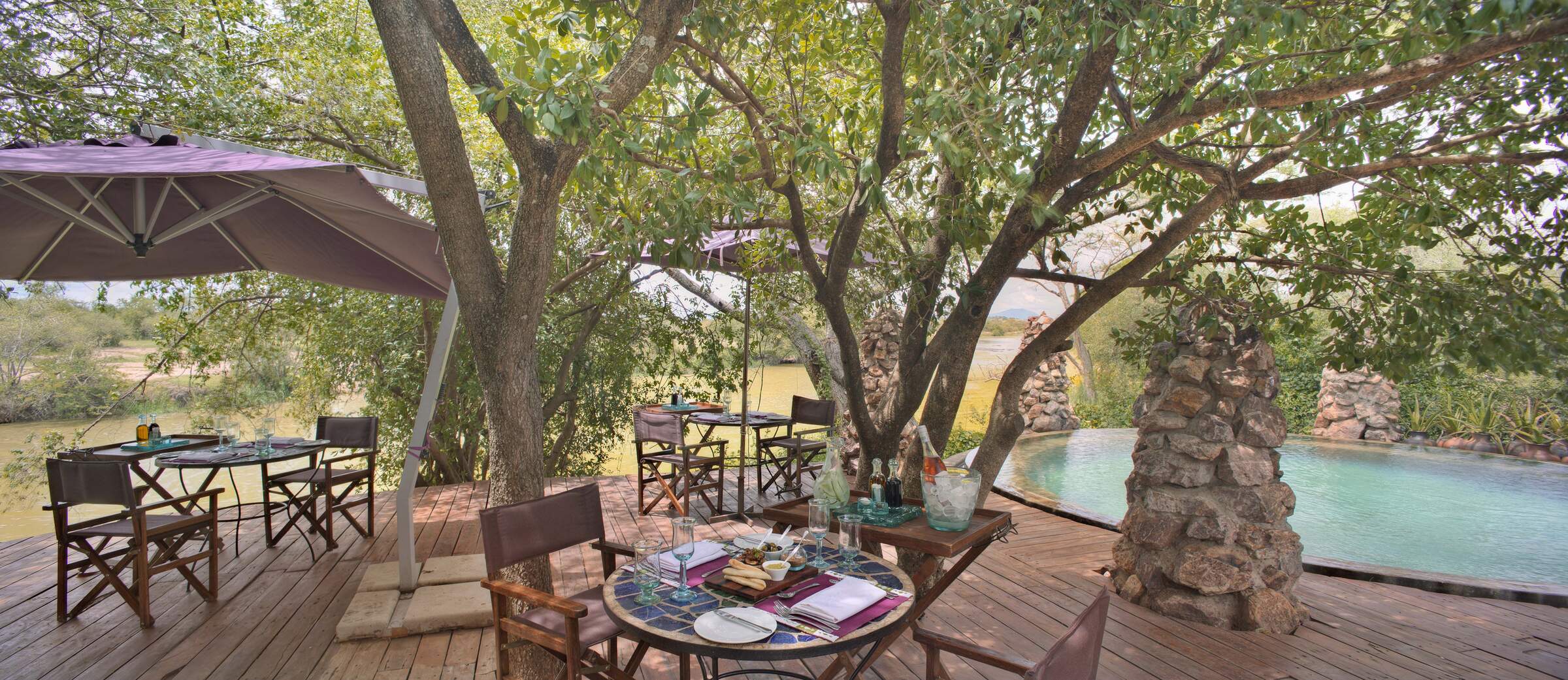
Grumeti River Camp
Grumeti River Camp offers a laid-back atmosphere combined with top service, first-rate food, expert guiding and an excellent location.
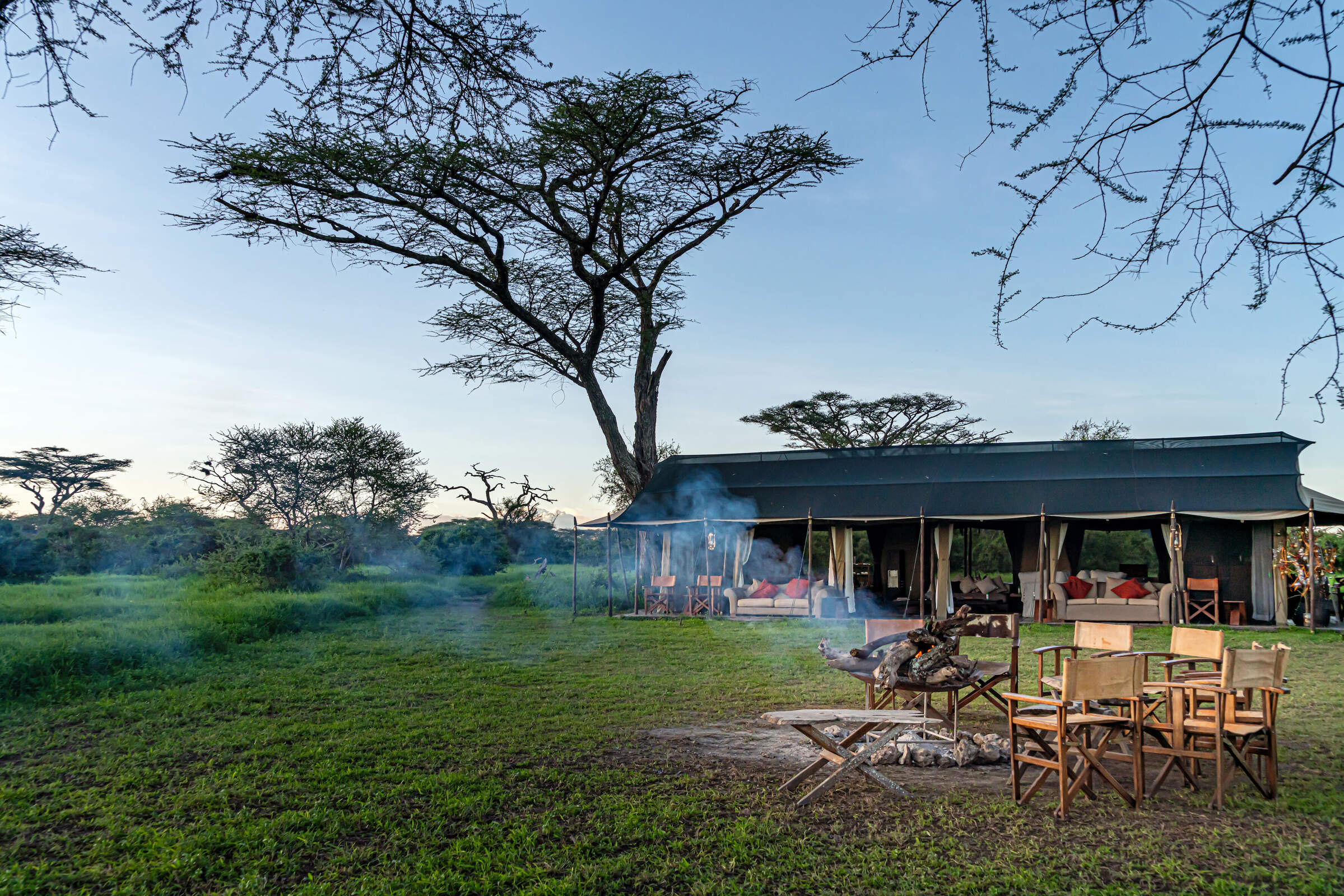
Lemala Mara-Ndutu
Lemala Mara-Ndutu is a semi-permanent camp that moves between the north and south of the Serengeti to witness the wildebeest migration.
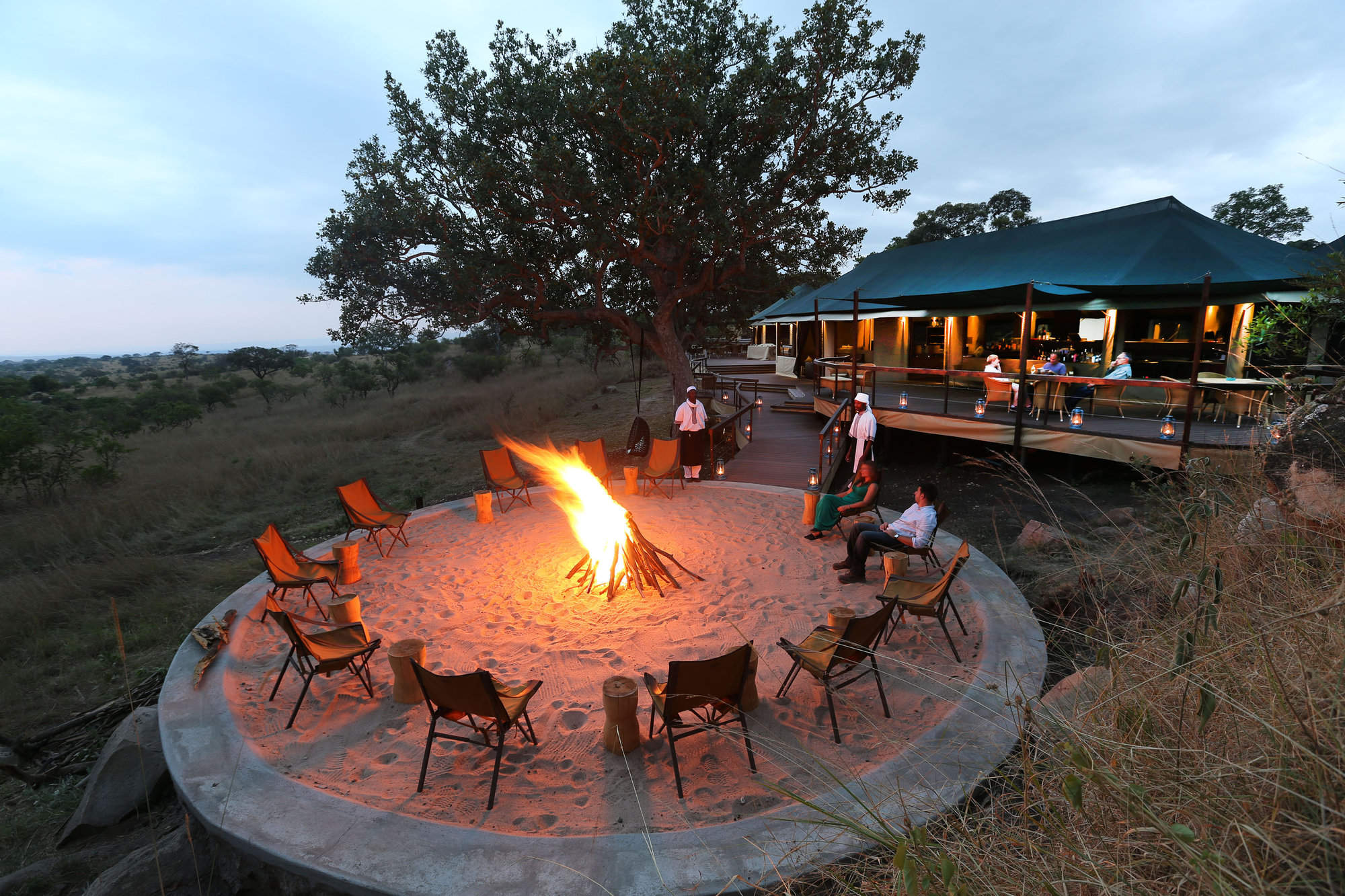
Lemala Kuria Hills
Lemala Kuria Hills is a luxury permanent camp that is ideally located for wildlife all year around, but especially during the wildebeest migration.
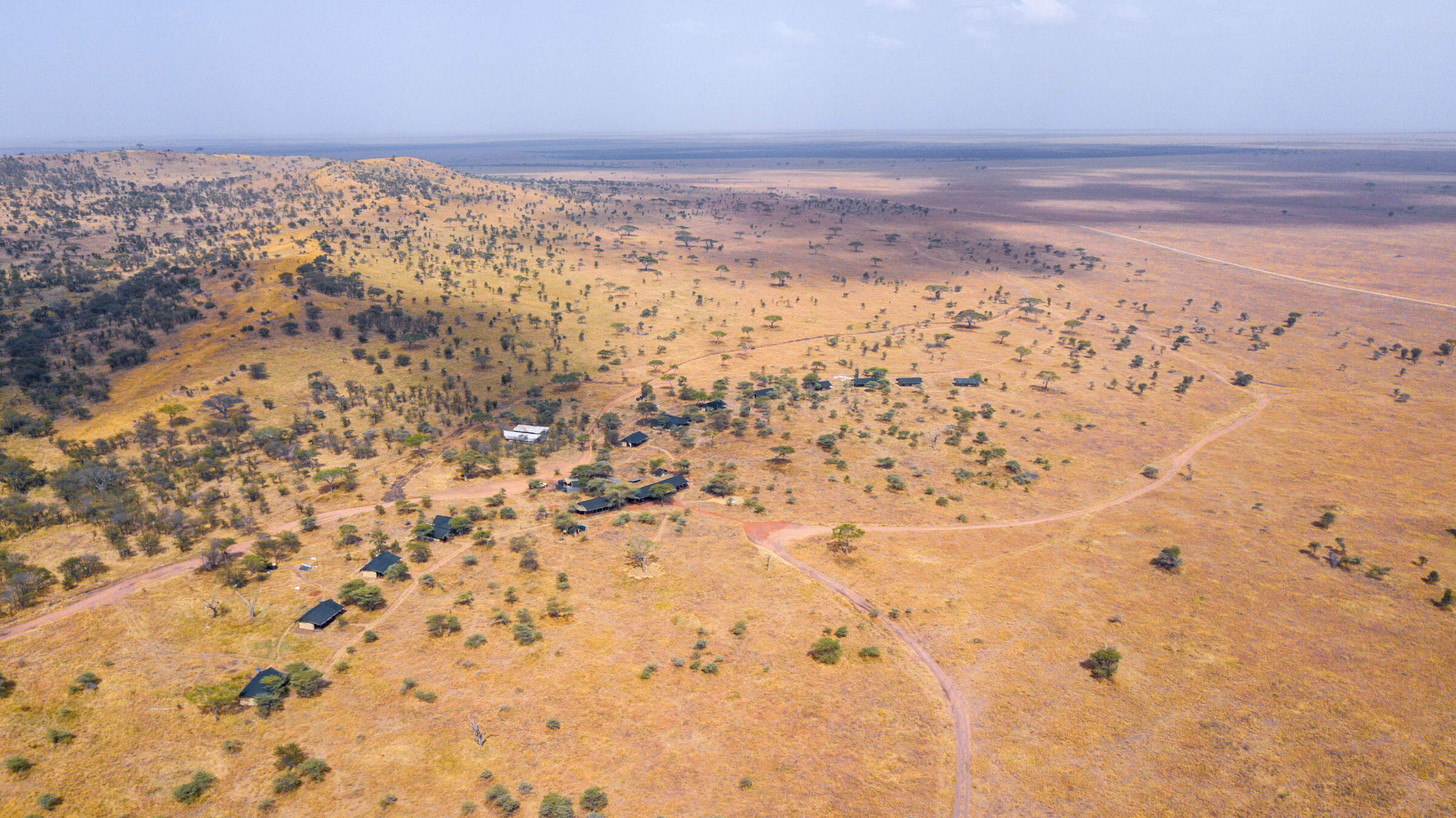
Lemala Ewanjan
Lemala Ewanjan is a comfortable and stylish tented camp in the Seronera area of the central Serengeti National Park.
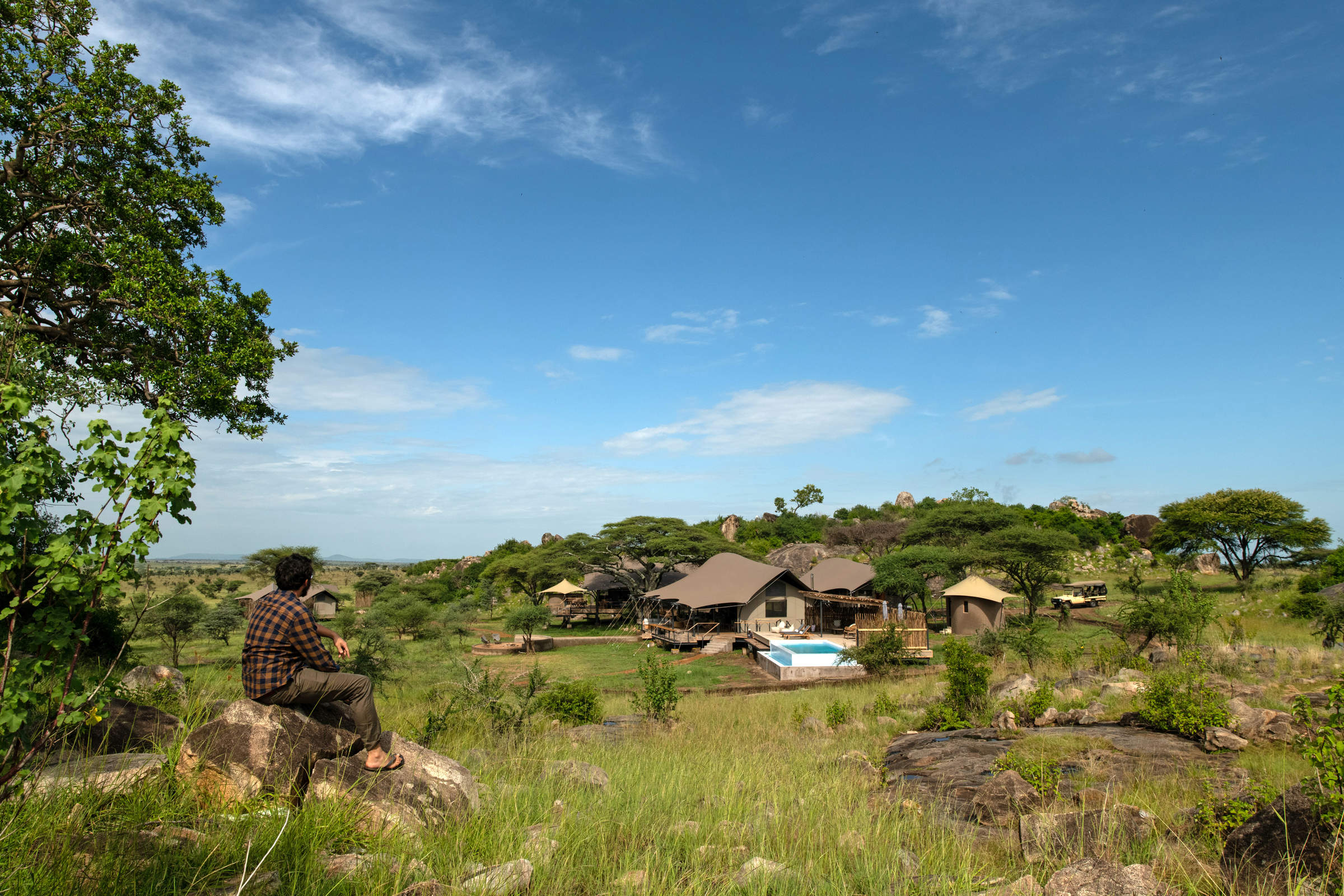
Lemala Nanyukie
Lemala Nanyukie is a stylish camp located in the quieter part of the central Serengeti.
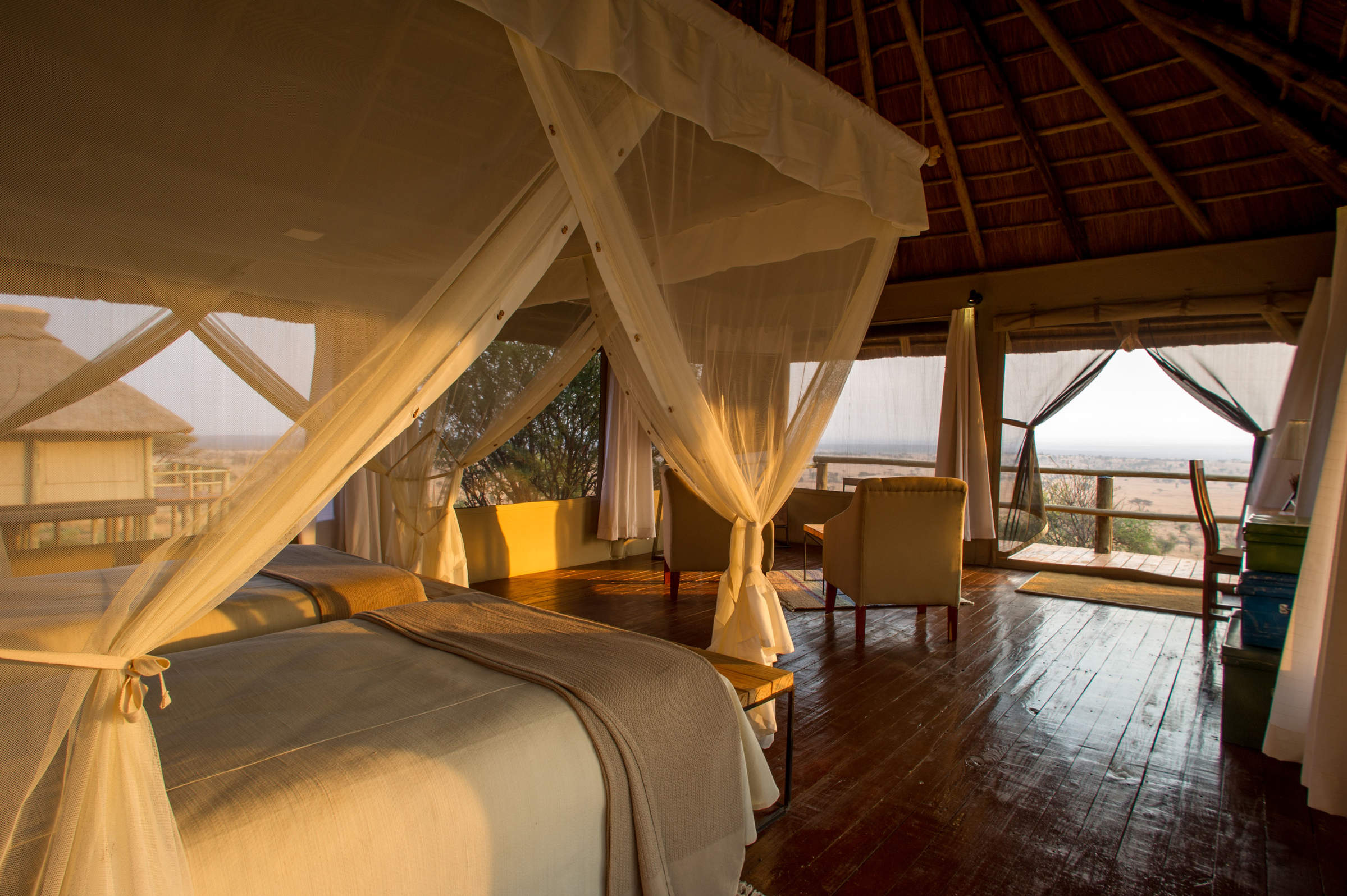
Kubu Kubu
Kubu Kubu is a contemporary, tented lodge, well located in the central Seronera area of the Serengeti National Park.
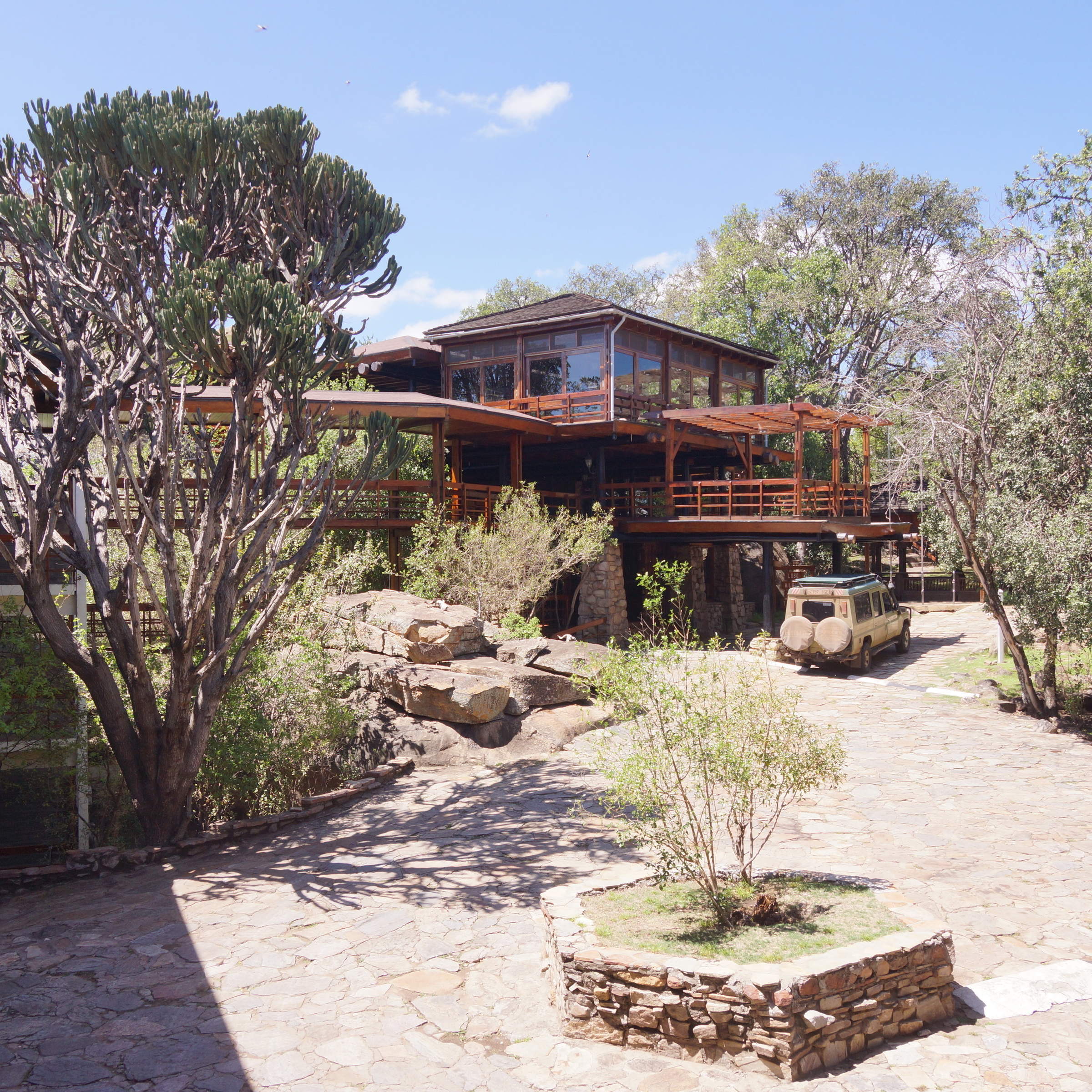
Lobo Wildlife Lodge
The large Lobo Wildlife Lodge has simple, functional rooms in a stunning location. It's a good base for exploring the north-eastern Serengeti.
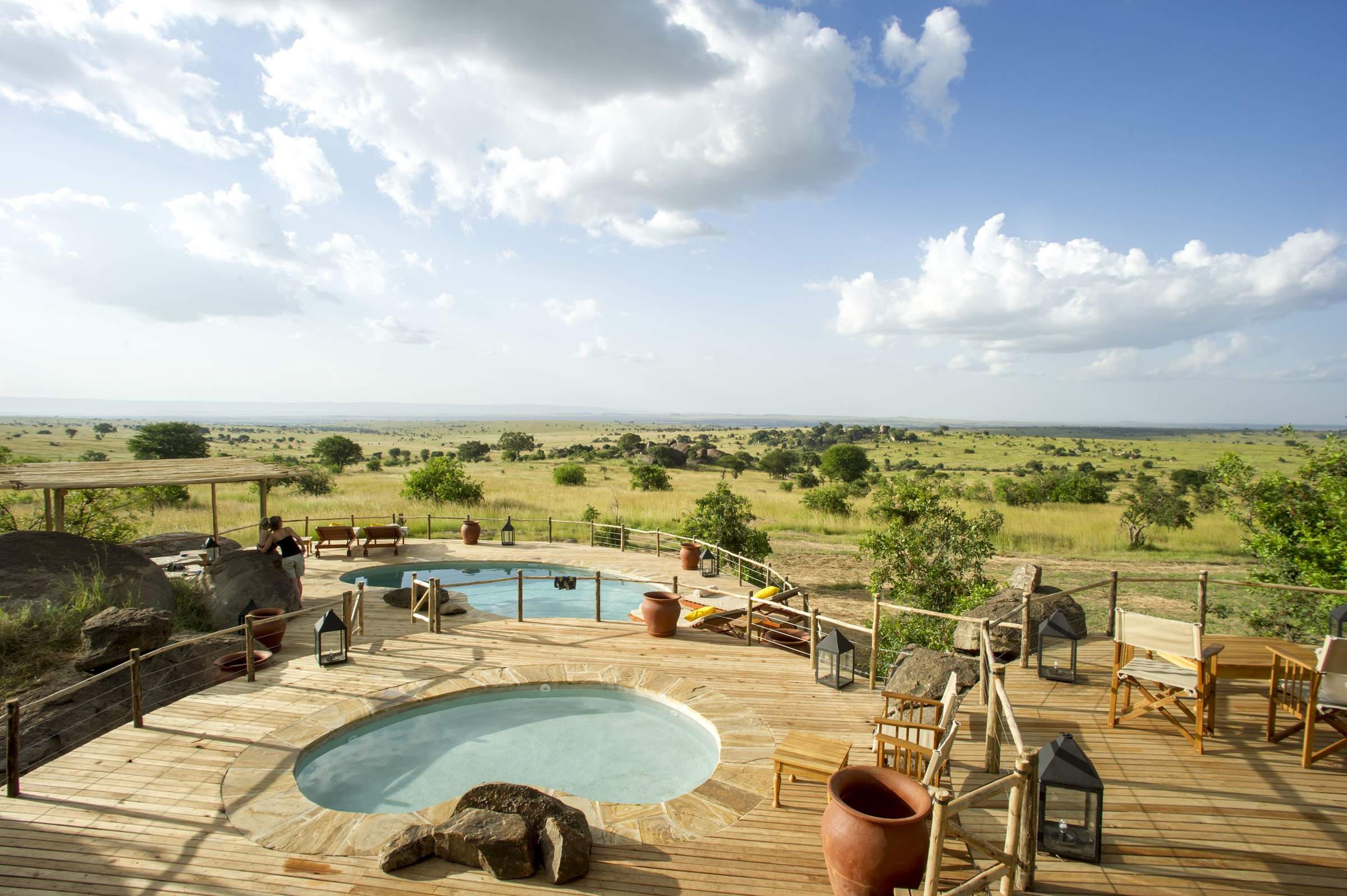
Mkombe's House Lamai
Mkombe's House Lamai is a fully staffed private house in the Wogakuria Kopjes district of Serengeti National Park.
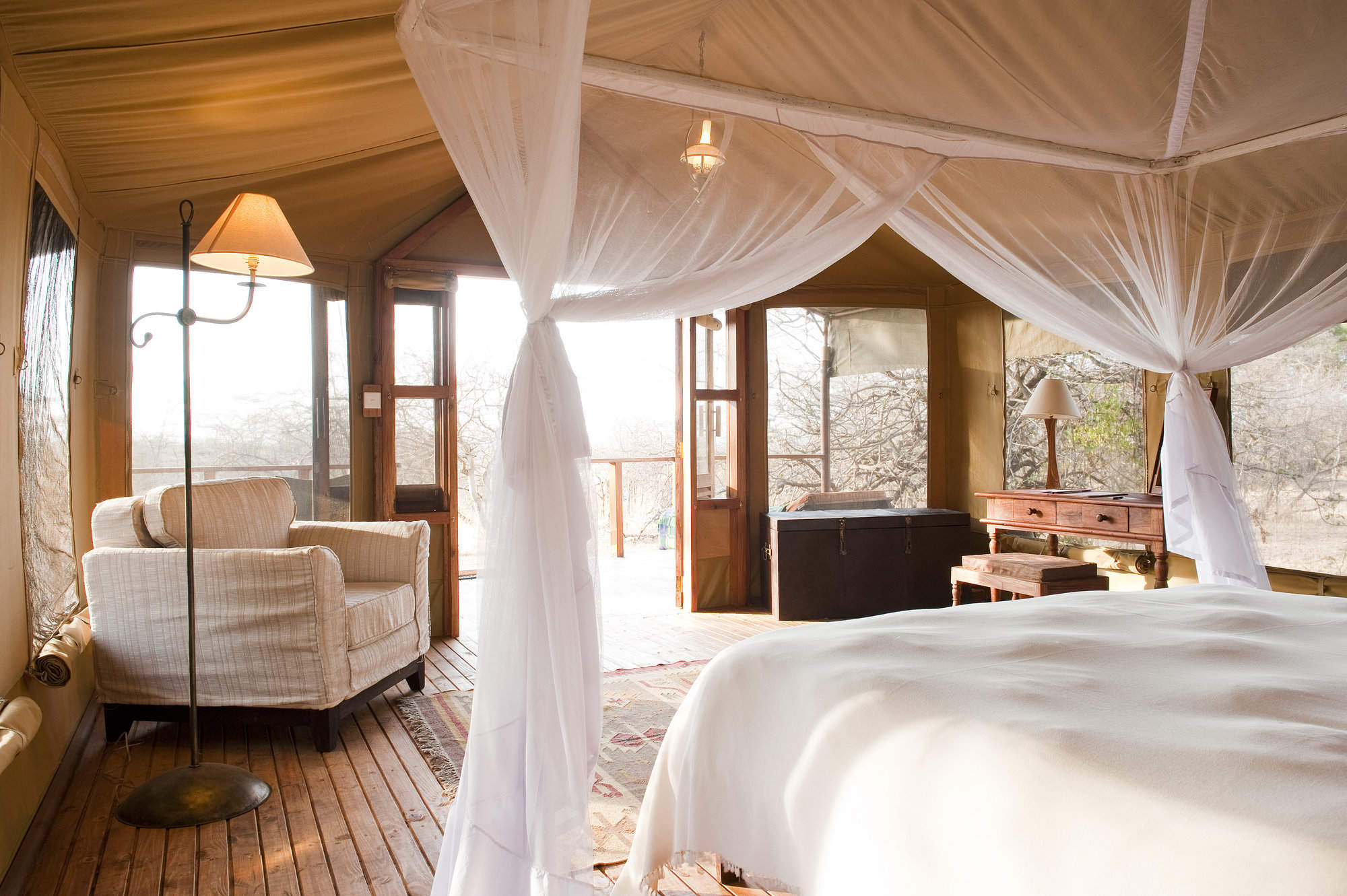
Kusini Camp
Kusini Camp is permanent, luxury camp located on a beautiful kopje in a quiet, wildlife-rich corner of the south-west Serengeti.
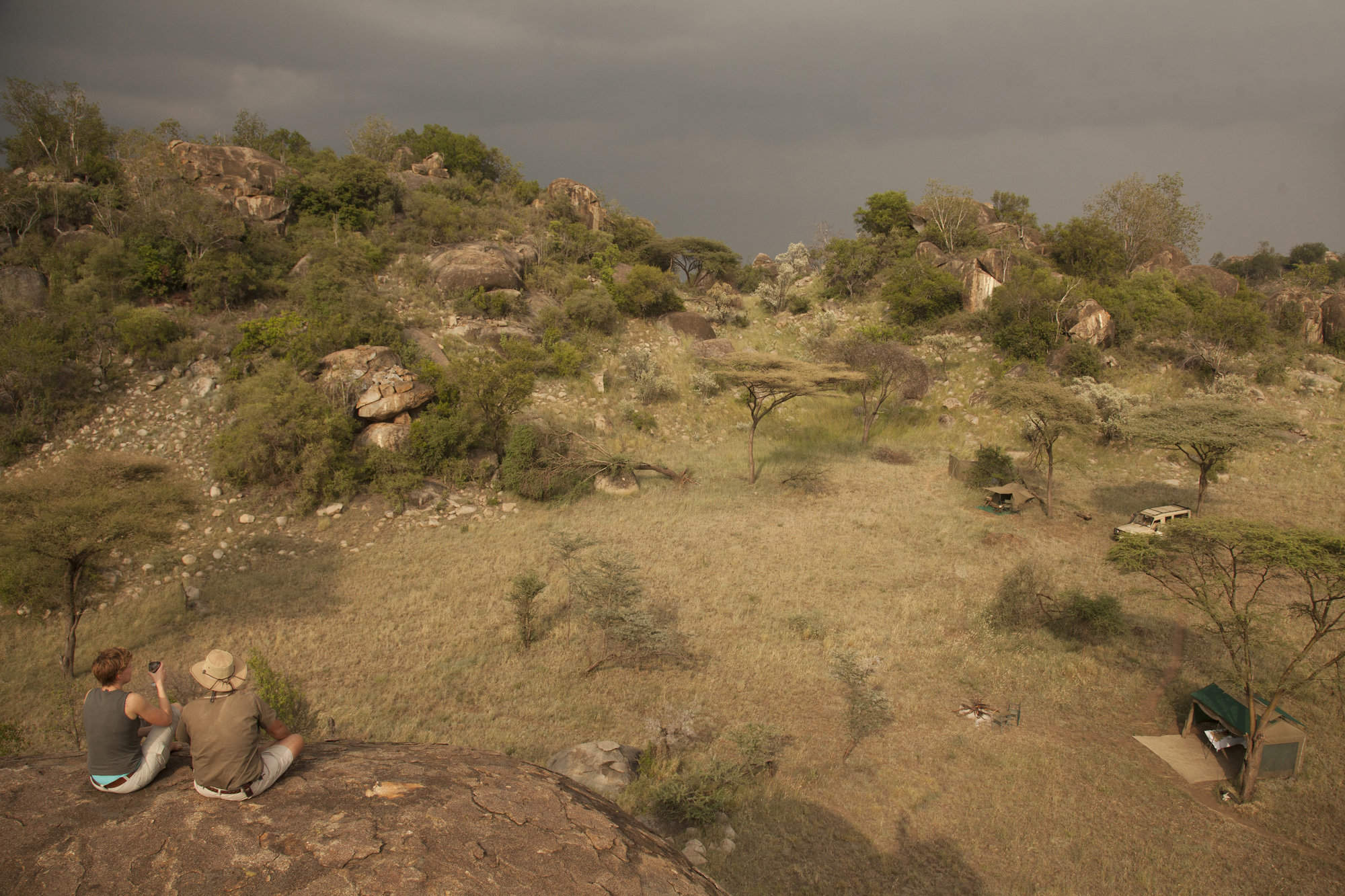
Serengeti Walking Mobile
This fairly simple camp offers only walking activities, but it's very well done and combines well with more conventional camps or lodges.
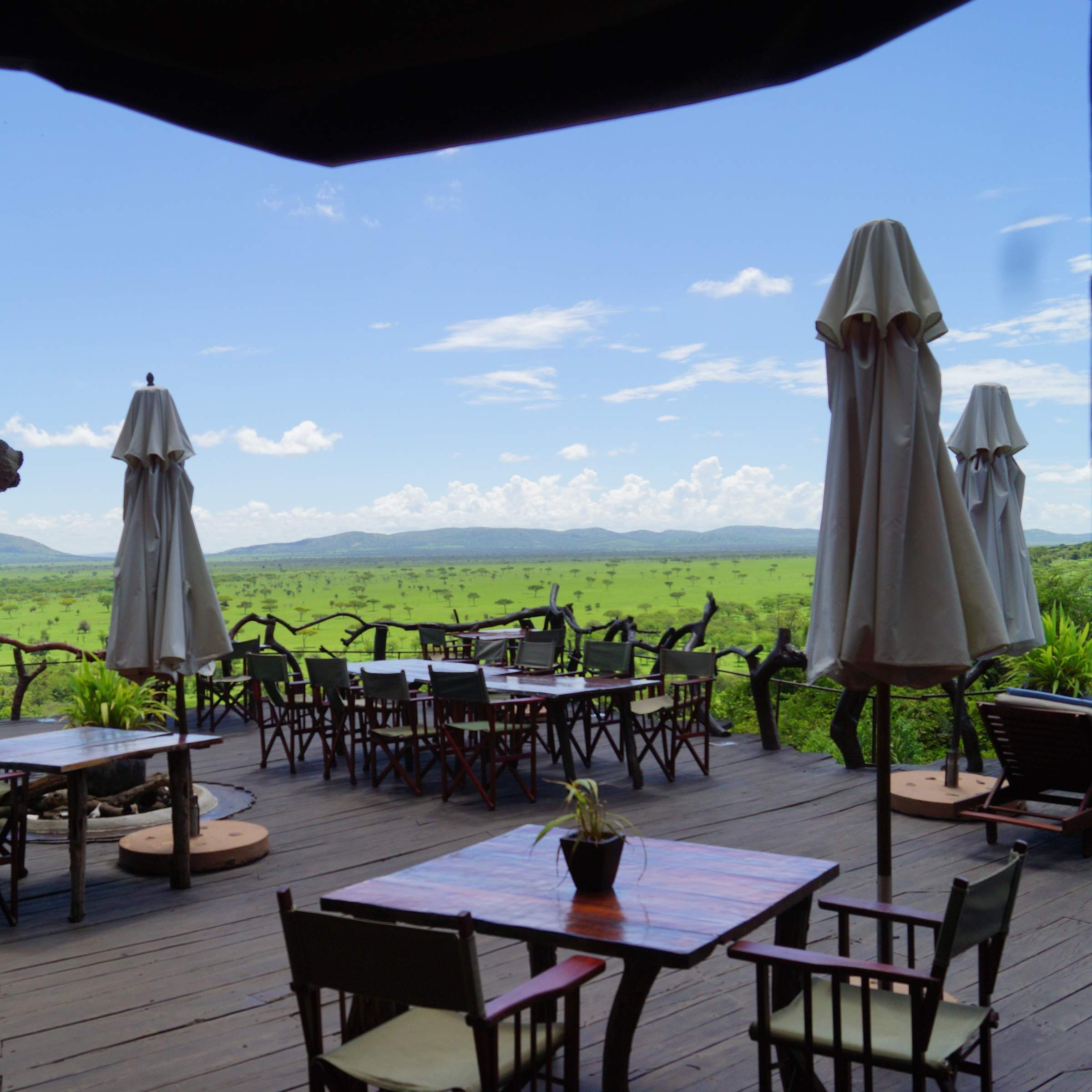
Mbalageti Lodge
Mbalageti is a well-run lodge in a quiet part of the Serengeti's western corridor – an ideal location during the Apr-Jun migration.
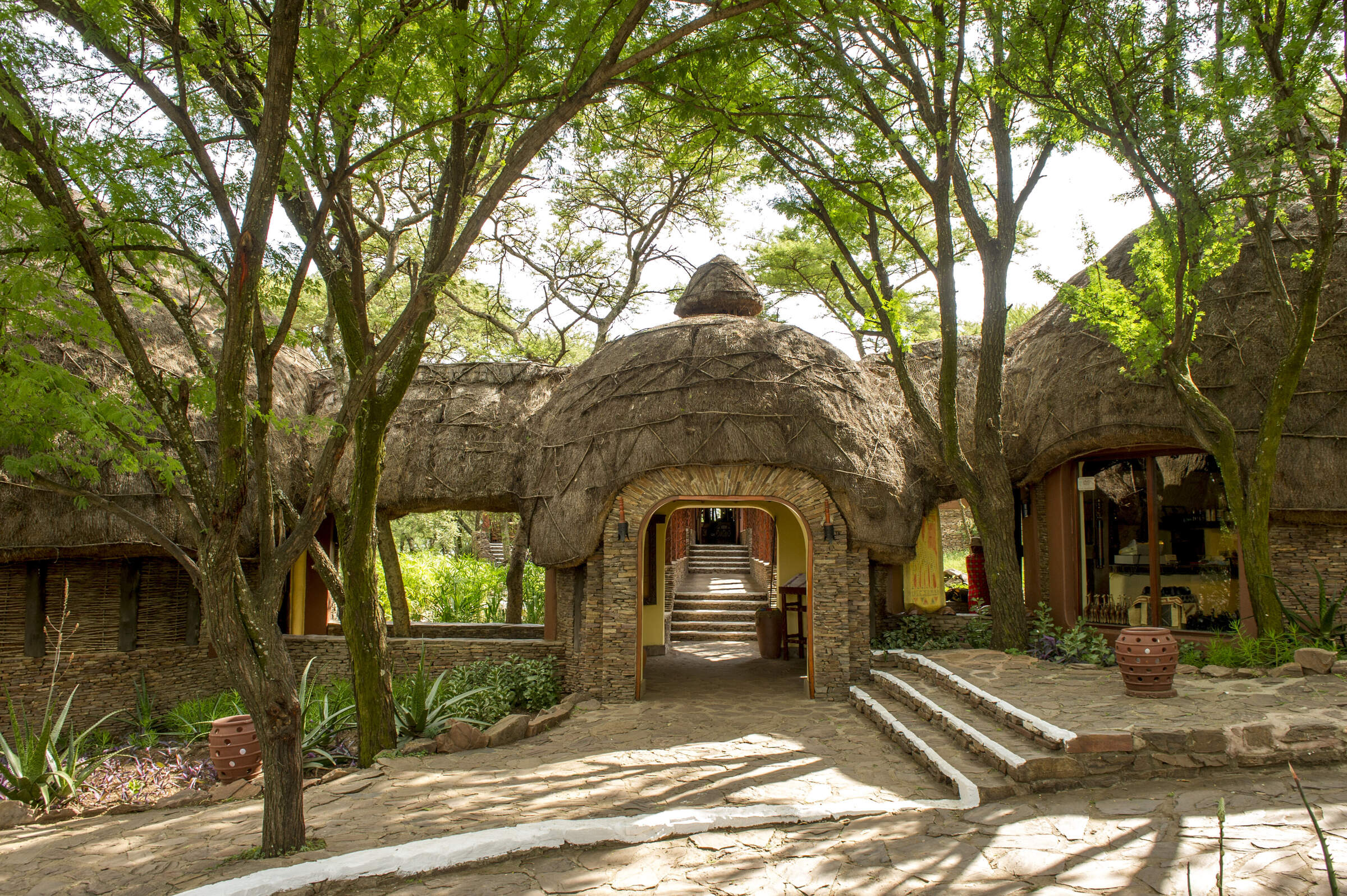
Serengeti Serena
The Serengeti Serena Safari Lodge is a large, hotel-style lodge and a good family-friendly base from which to explore the central Serengeti.
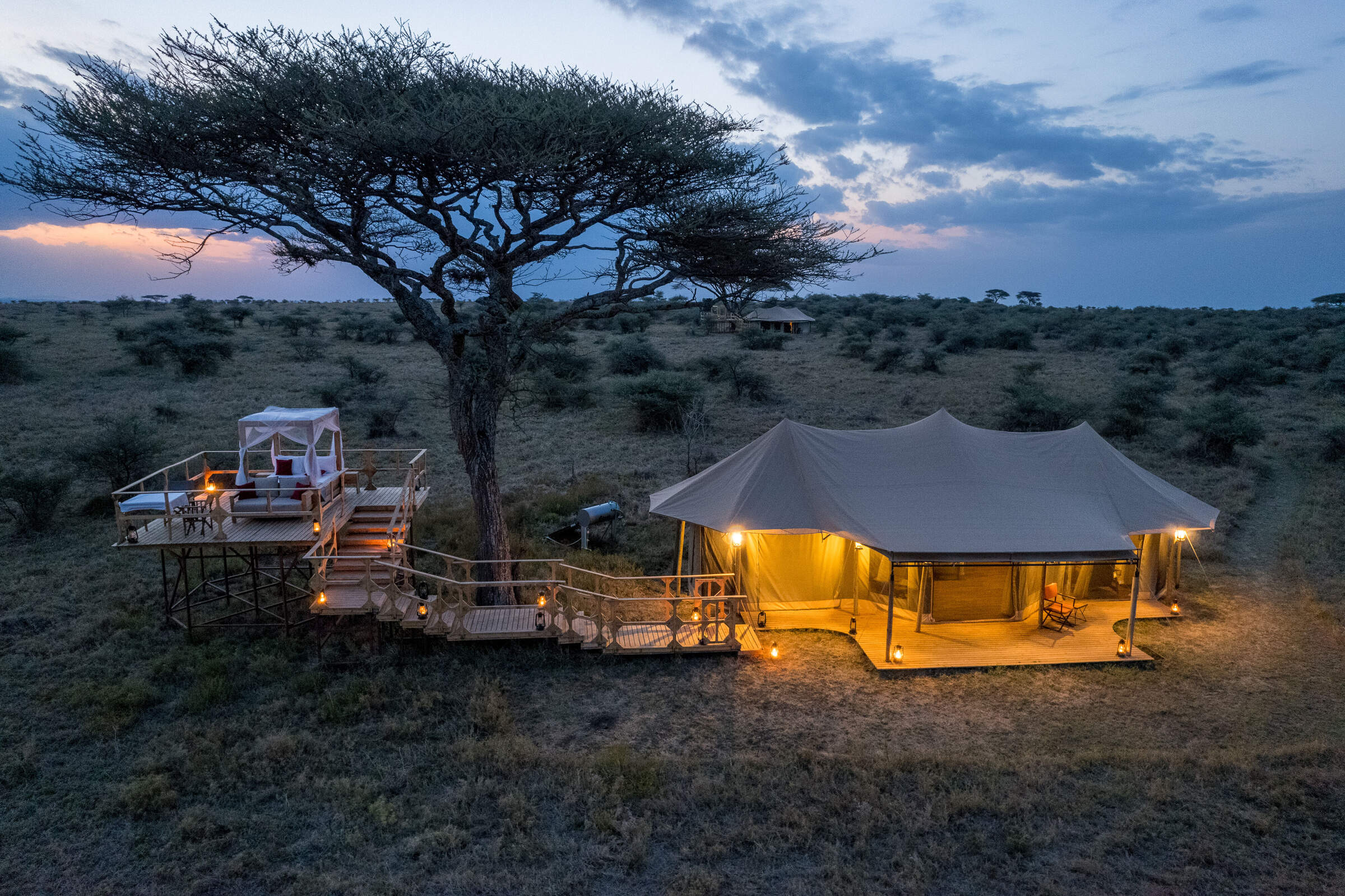
Olmara Camp
With just eight guest tents, including two family tents and three signature stargazer tents, Olmara is a simple, family-friendly camp with a wonderfully attentive team. The camp captures an authentic bush experience, welcoming travellers of every kind.
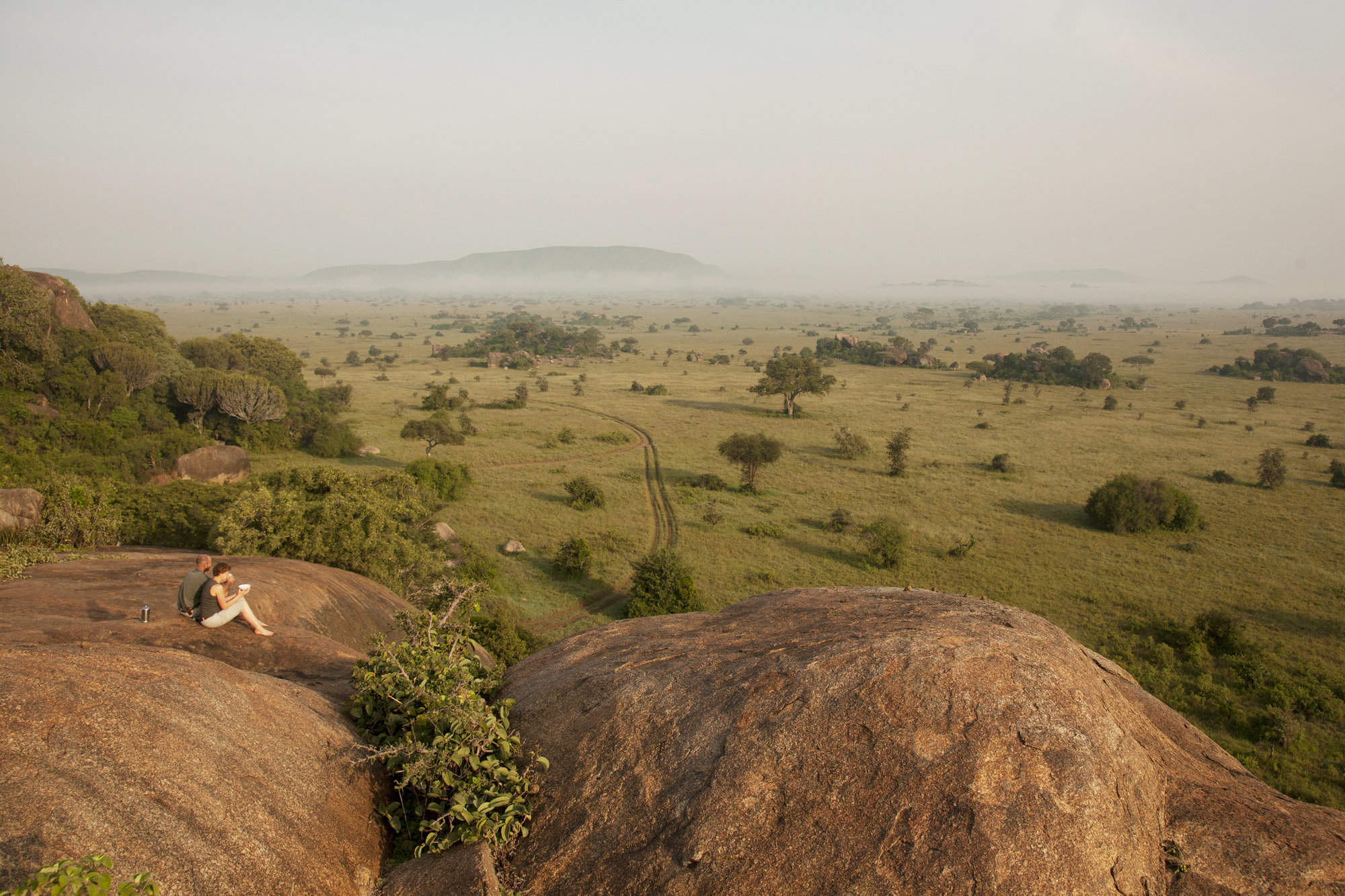
Serengeti Green Camp
Serengeti Green Camp is a comfortable camping experience, in your own private safari camp and at the heart of a great wildlife area.
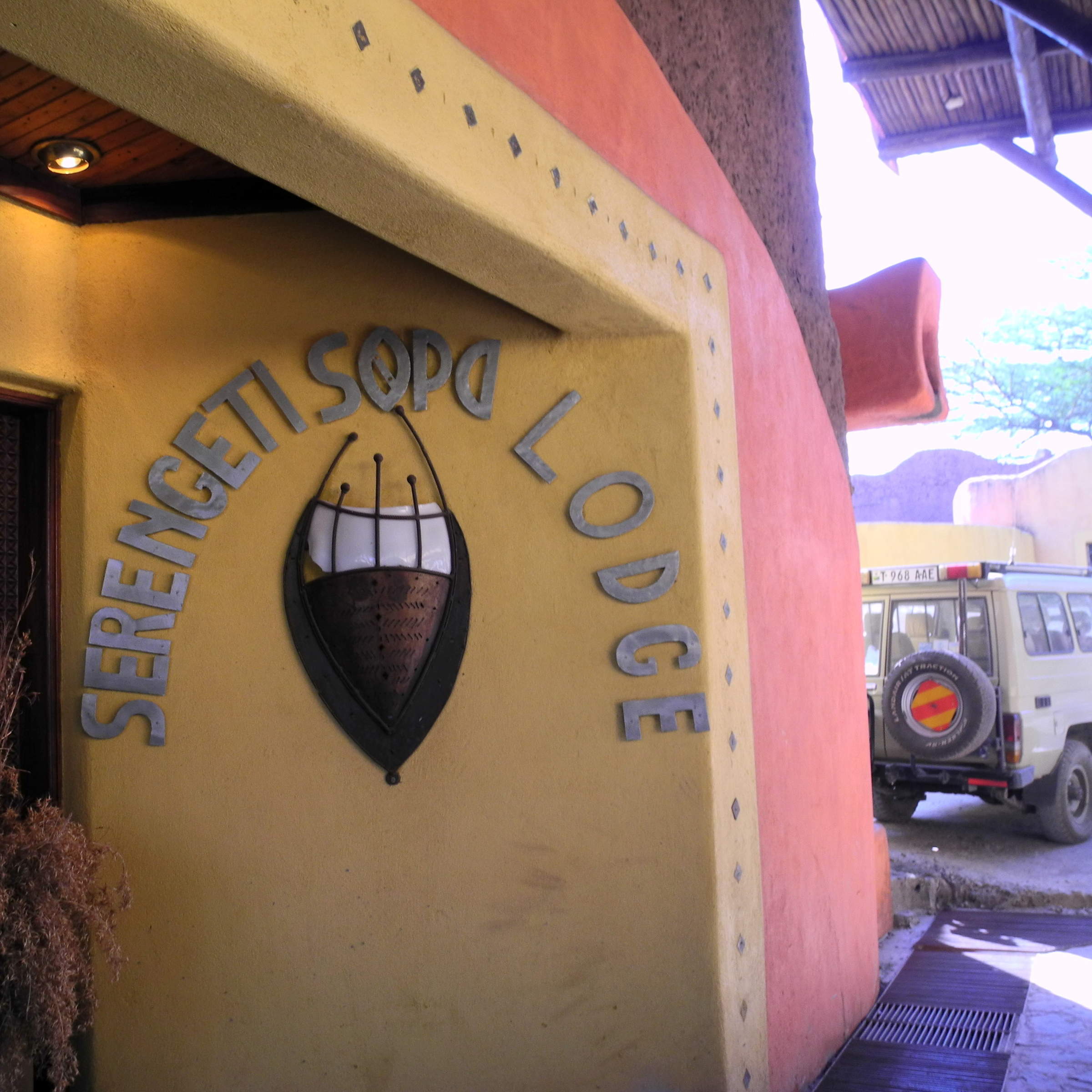
Serengeti Sopa Lodge
Serengeti Sopa Lodge is an international-style hotel offering good-value accommodation in the central Serengeti, with lovely views of the plains.
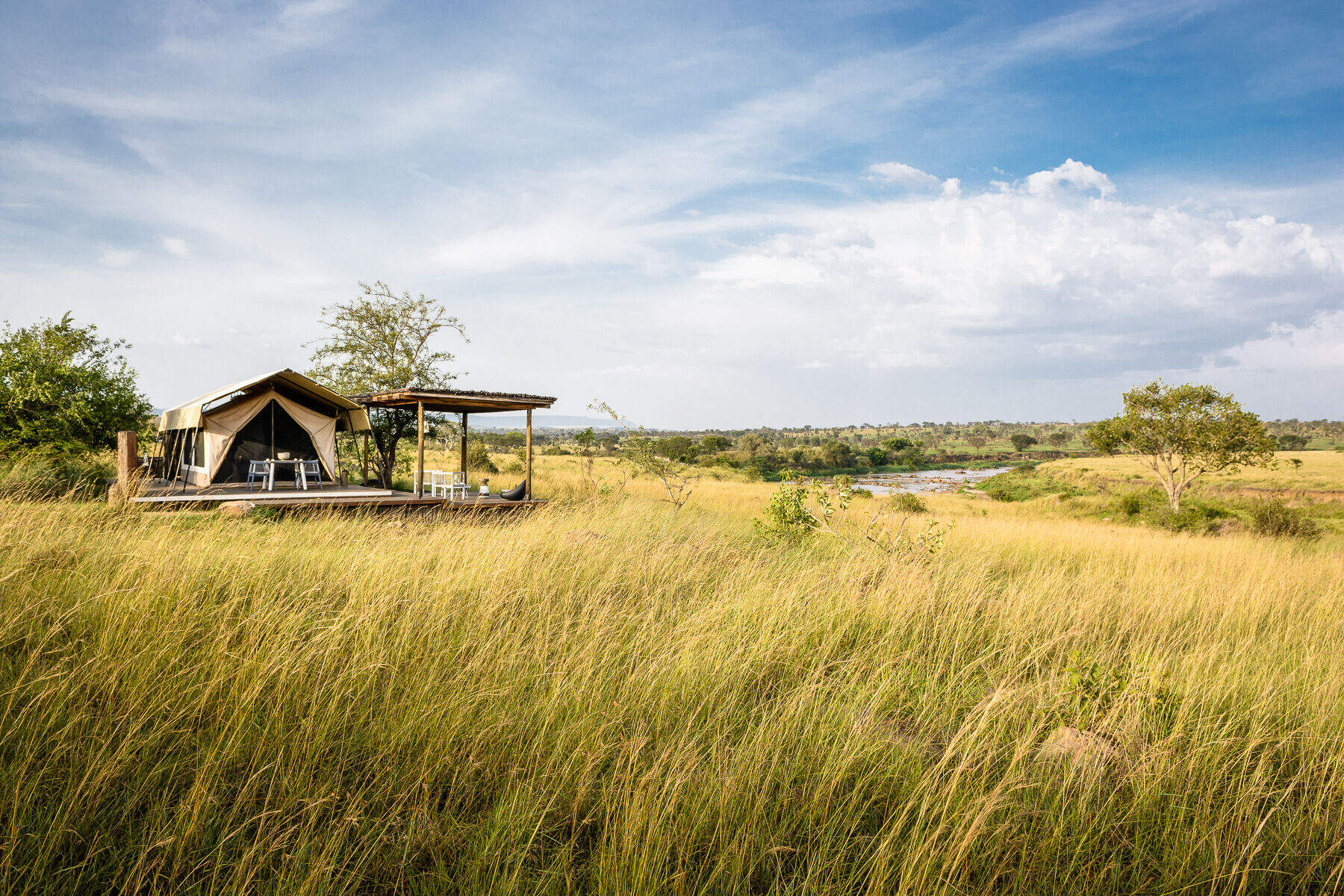
Singita Mara River
Singita Mara River Tented Camp is a luxurious camp in the isolated and rewarding Lamai wedge region of the northern Serengeti.
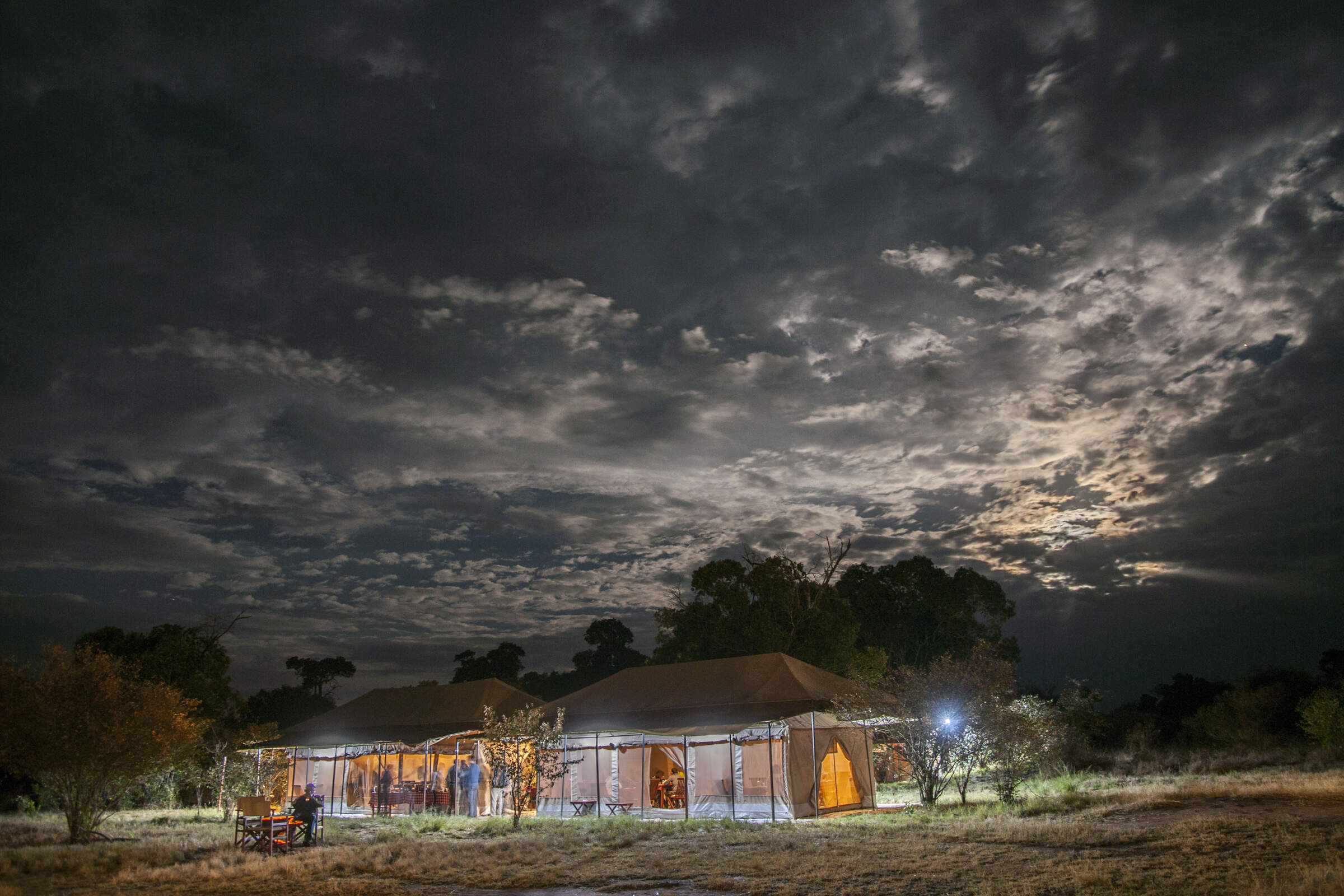
Migration Camp
Serengeti Migration Camp is a smart tented camp, good for the wildebeest migration from Jul–Aug, or to explore the Lobo Kopjes any time.
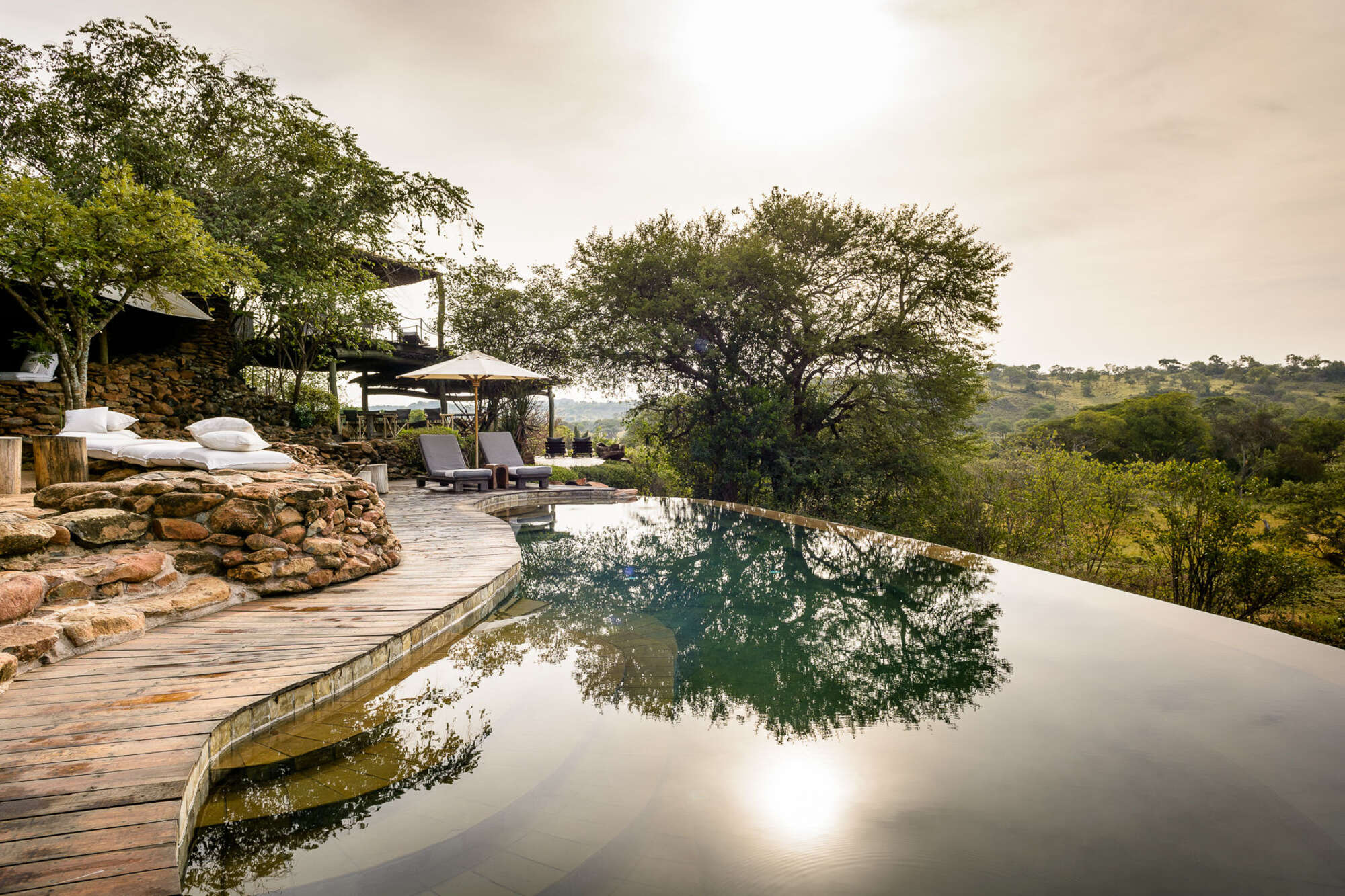
Faru Faru Lodge
On the north bank of the Grumeti River, Faru Faru is a small, chic hideaway in this exclusive corner of the Serengeti.
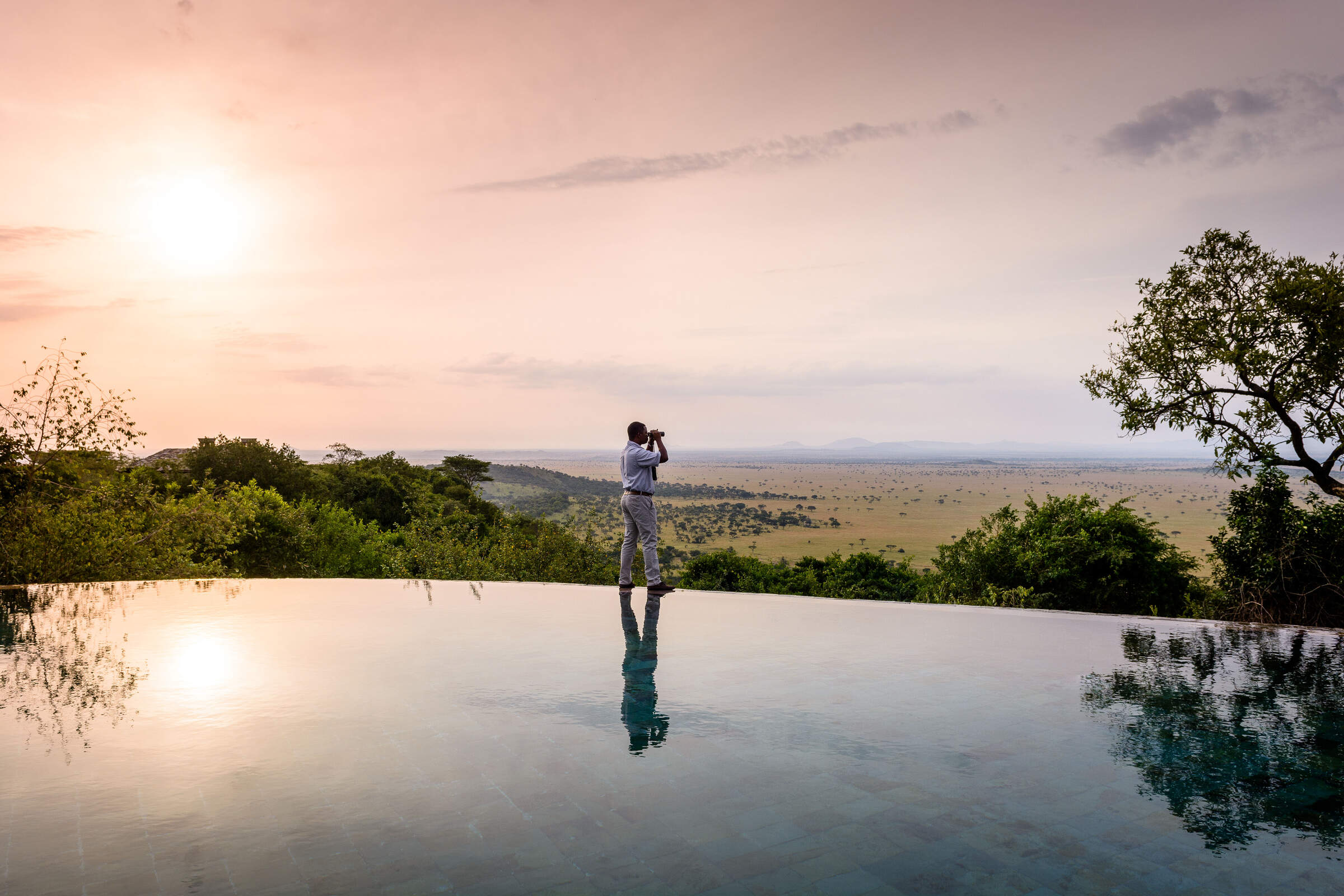
Sasakwa Lodge
On a hill looking over the Serengeti plains, Sasakwa Lodge is grand, luxurious safari camp, one of the most opulent properties in Tanzania.
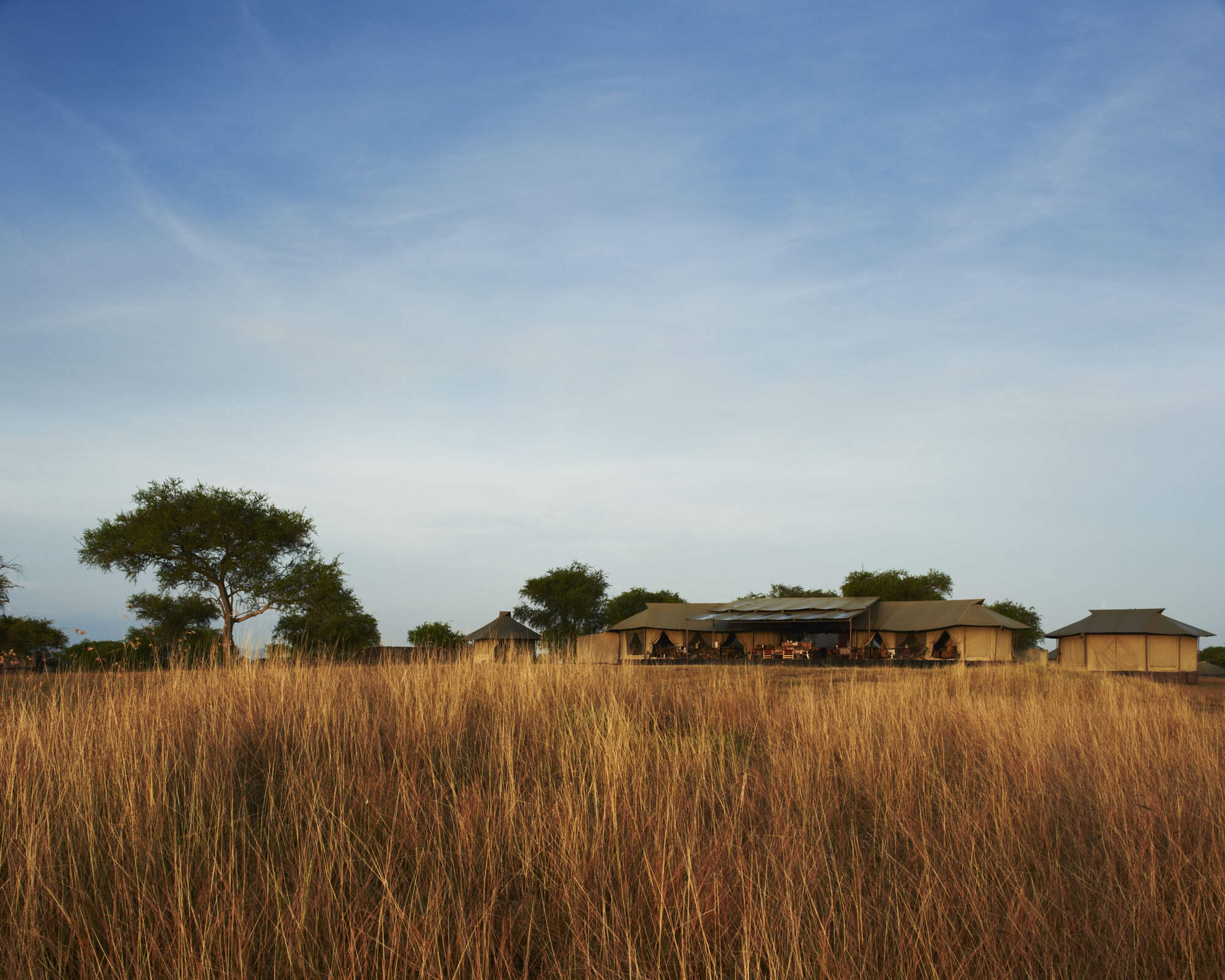
Sabora Tented Camp
Sabora Tented Camp is a smart tented camp – one of the most luxurious, professional and stylish properties to be found in Tanzania.
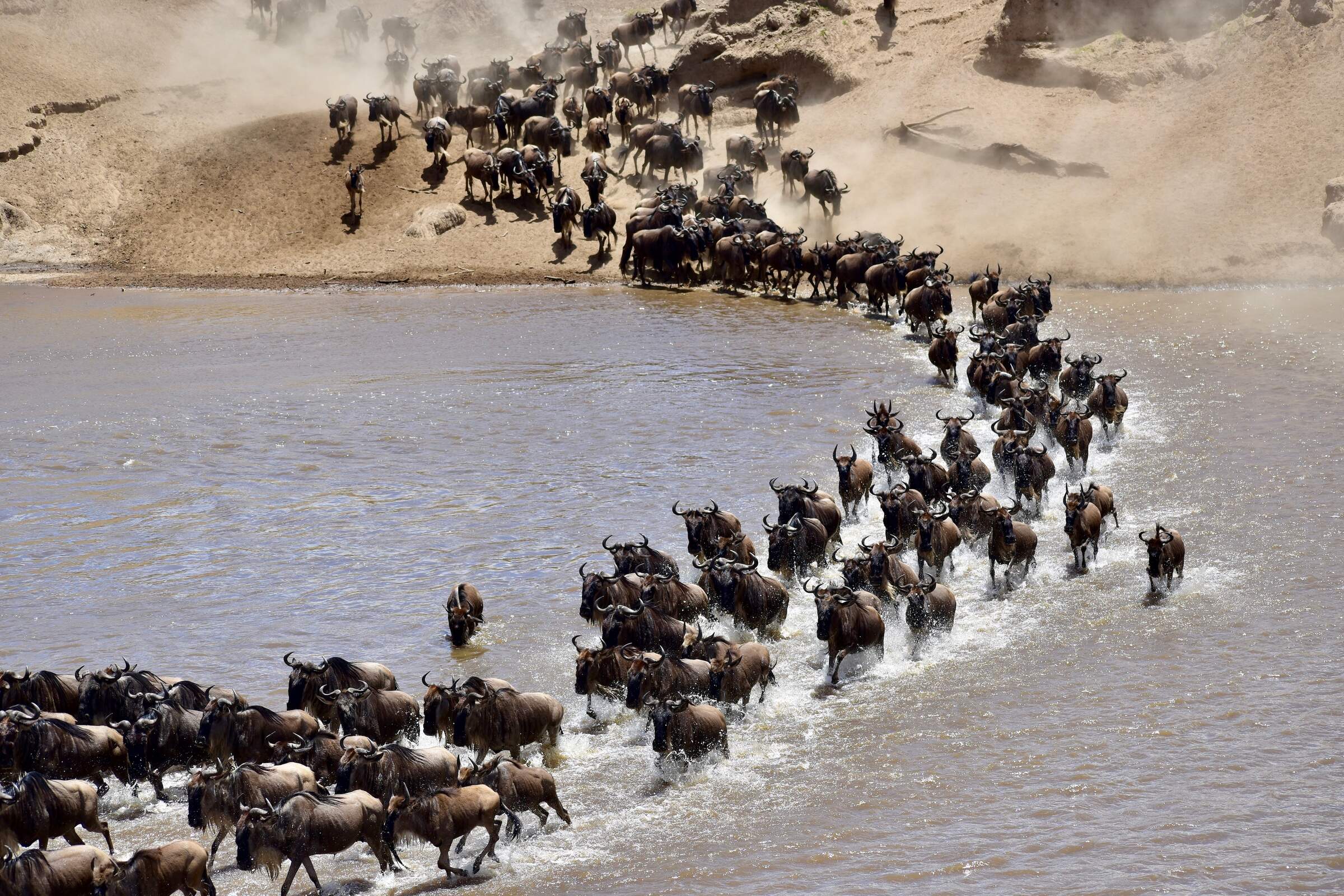
Kirurumu Migration Camp
Kirurumu is a rustic tented camp which moves around the Serengeti twice a year to follow the wildebeest migration.
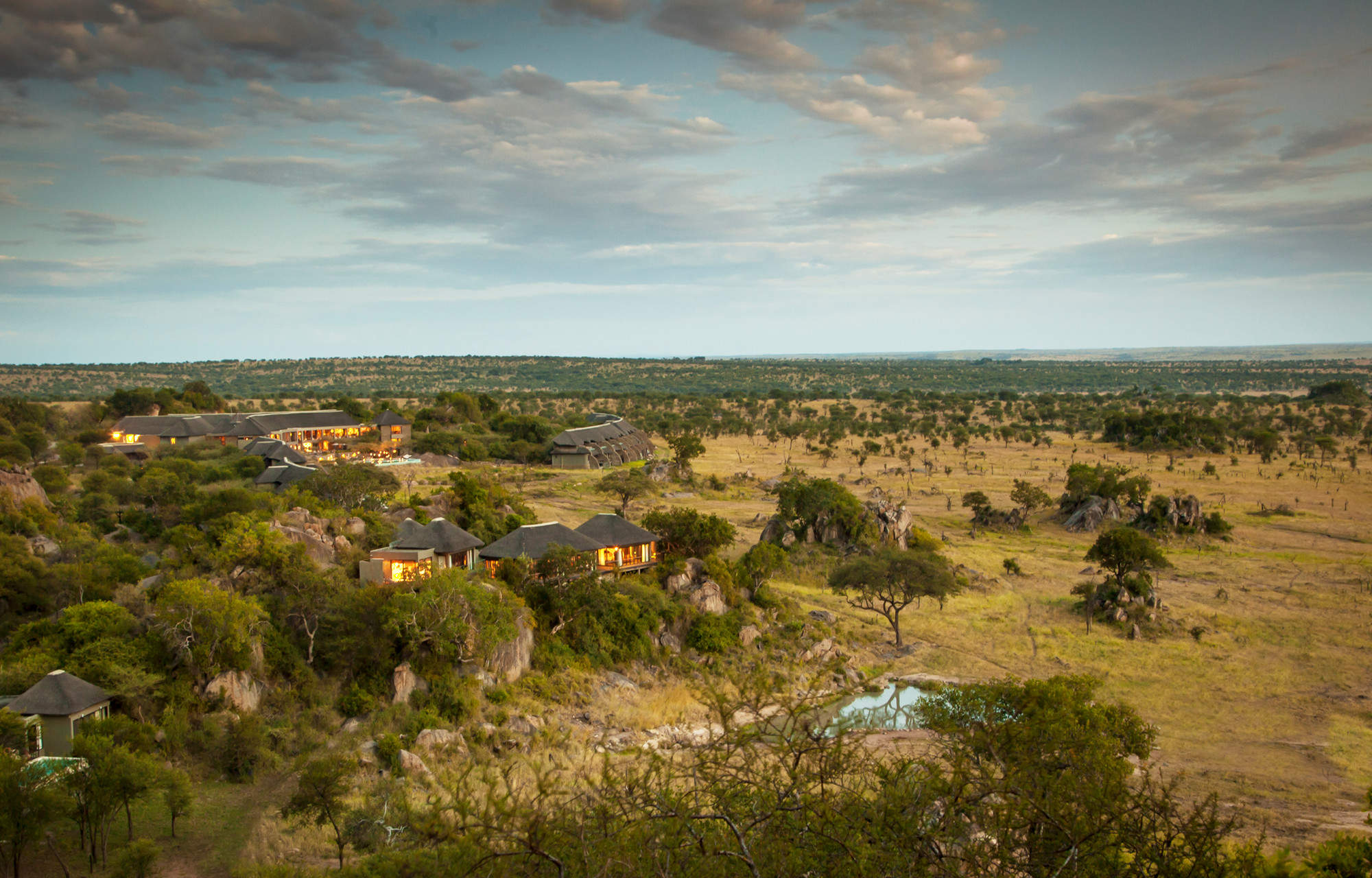
Four Seasons Serengeti
The Four Seasons Safari Lodge is the only hotel in the Serengeti offering international facilities such as a gym, spa and children’s club.
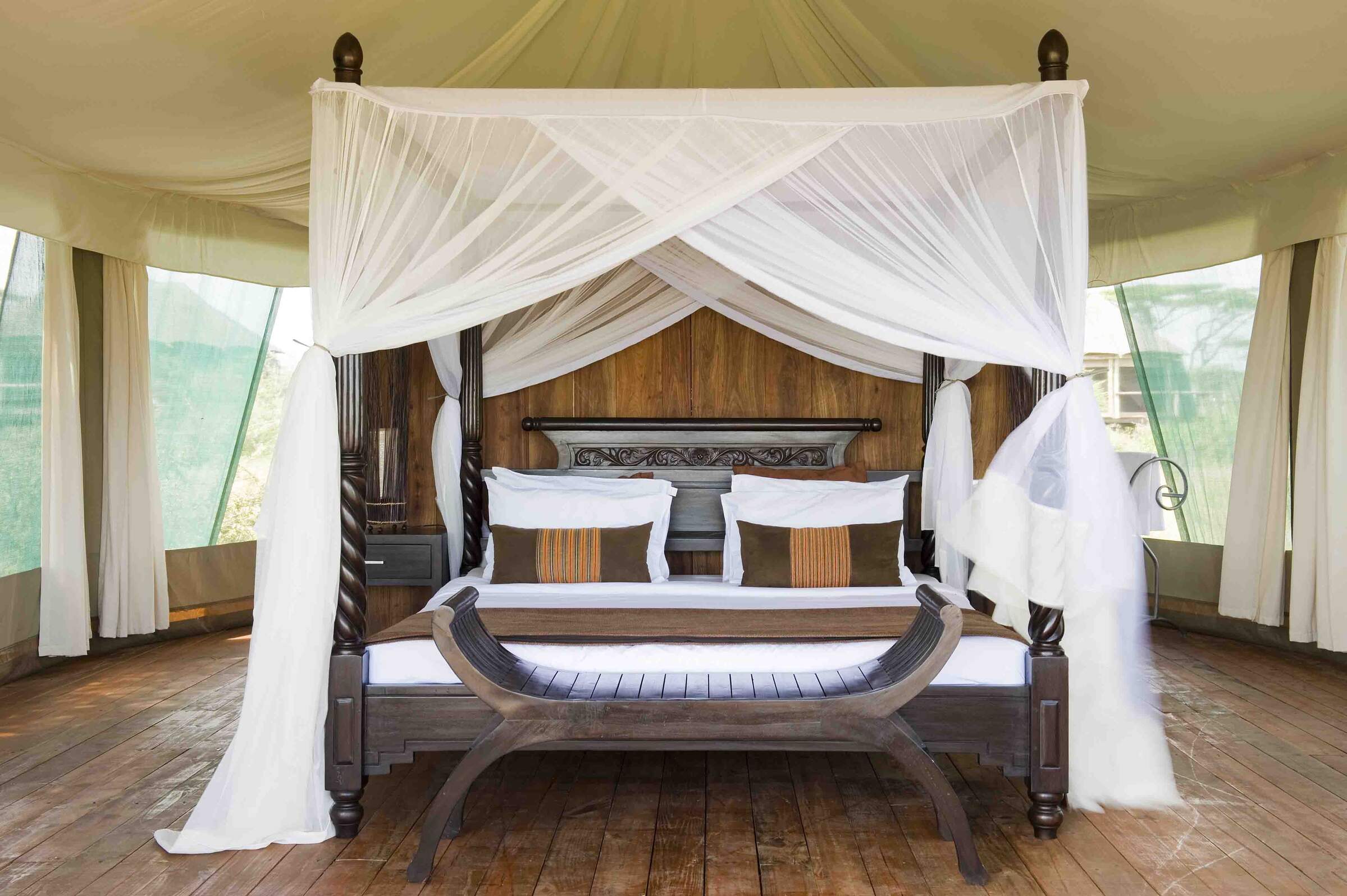
Lake Masek Tented Camp
Ideally located for the wildebeest migration from Dec–Apr, Lake Masek Tented Camp is a good, mid-market safari camp.
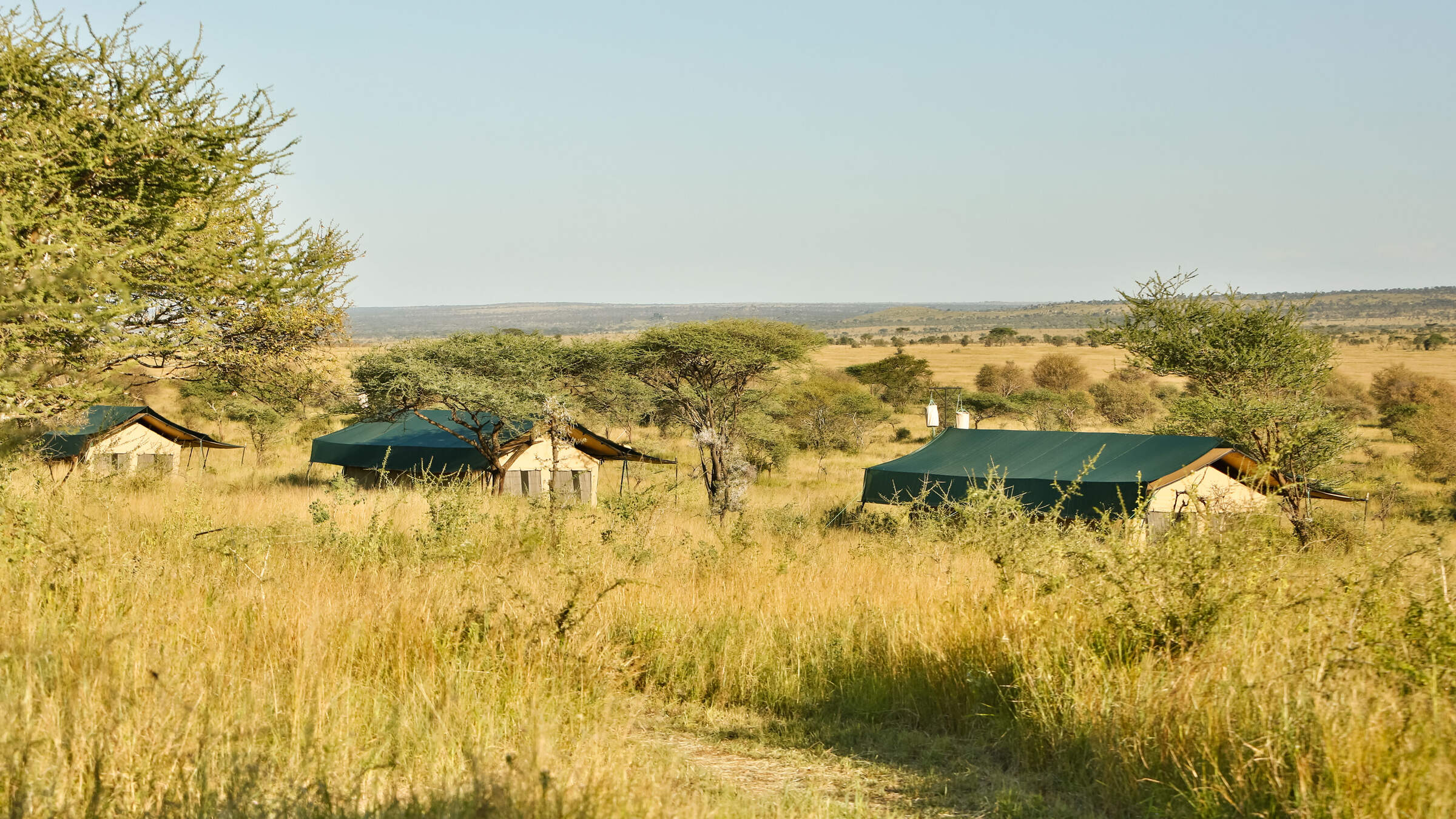
Nyikani Central
Nyikani Central is a comfortable tented camp located in the game-rich Seronera area of the central Serengeti.

Esirai Migration Camp
A season migration camp, with only 8 tents and 1 family tent and plenty of character. Esirai is ideally placed for excellent wildlife and enjoys a simplistic and comfortable under-canvas experience.
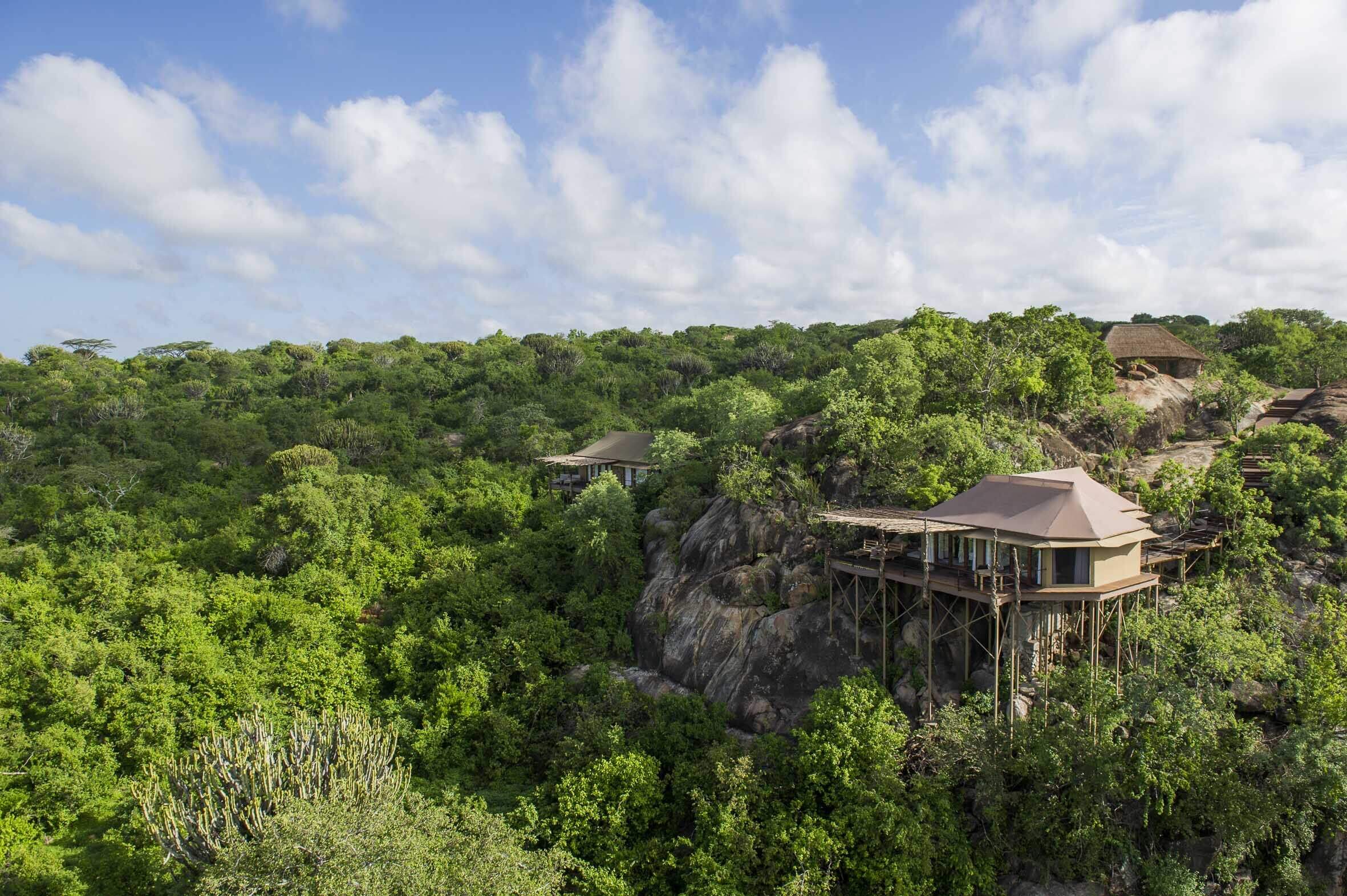
Mwiba Lodge
Mwiba Lodge is a luxurious property located on a private concession on the edge of the southern Serengeti.
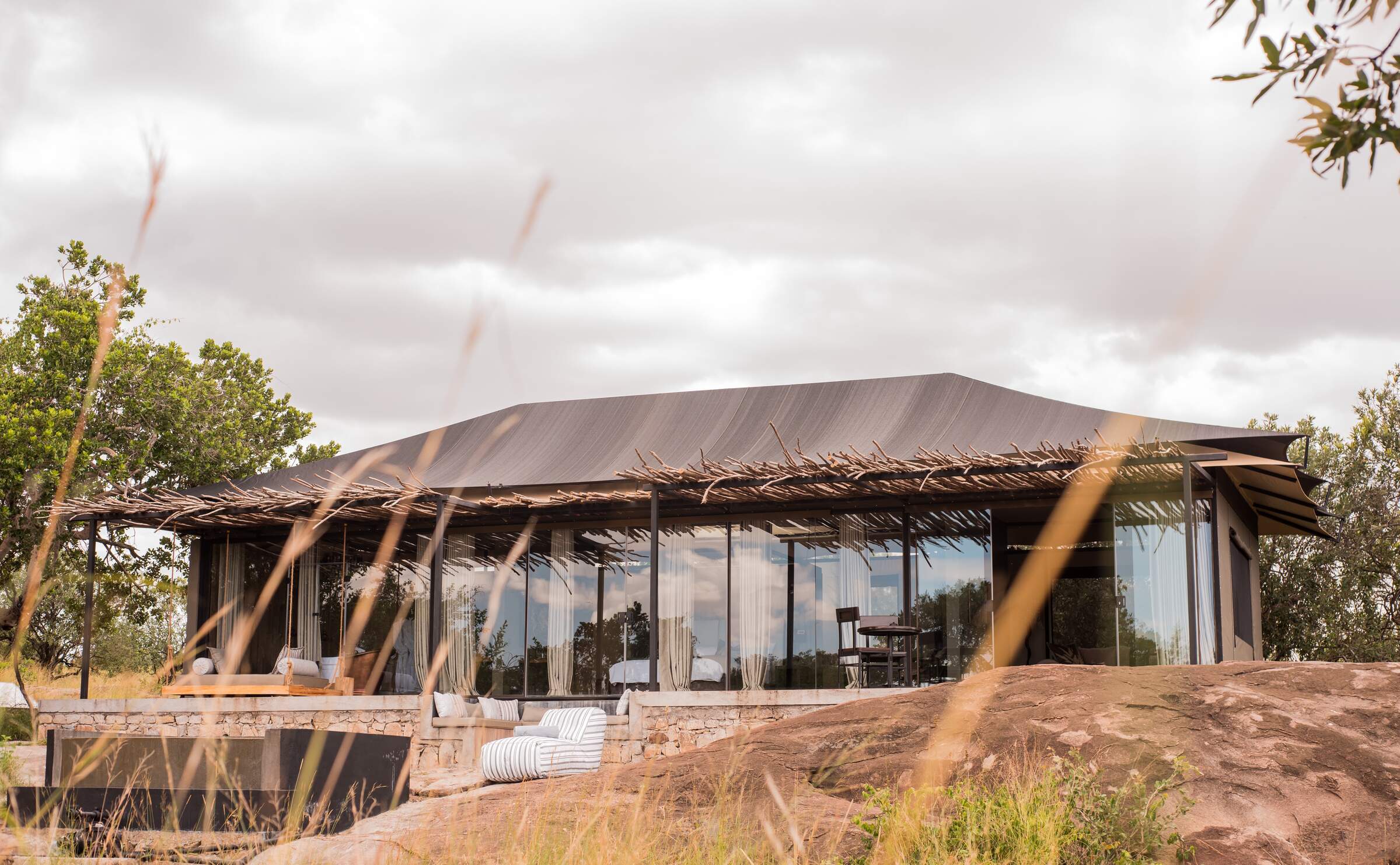
Nimali Mara
Nimali Mara is a luxurious safari lodge in a quiet region of the northern Serengeti with good access to the wildebeest migration.
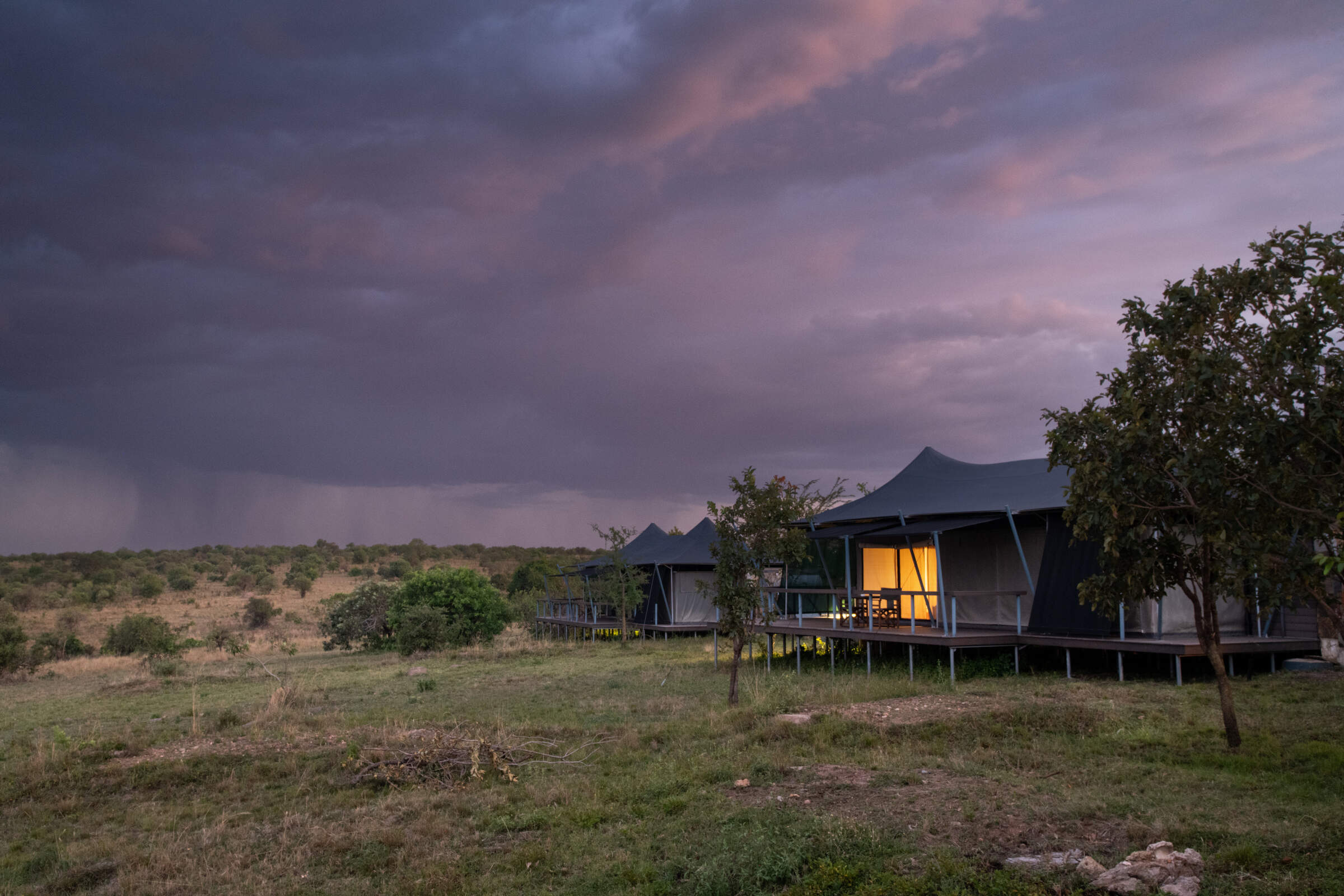
Mara Mara
Mara Mara is a smart tented camp in the northern Serengeti, situated on a small hill close to the Mara River.
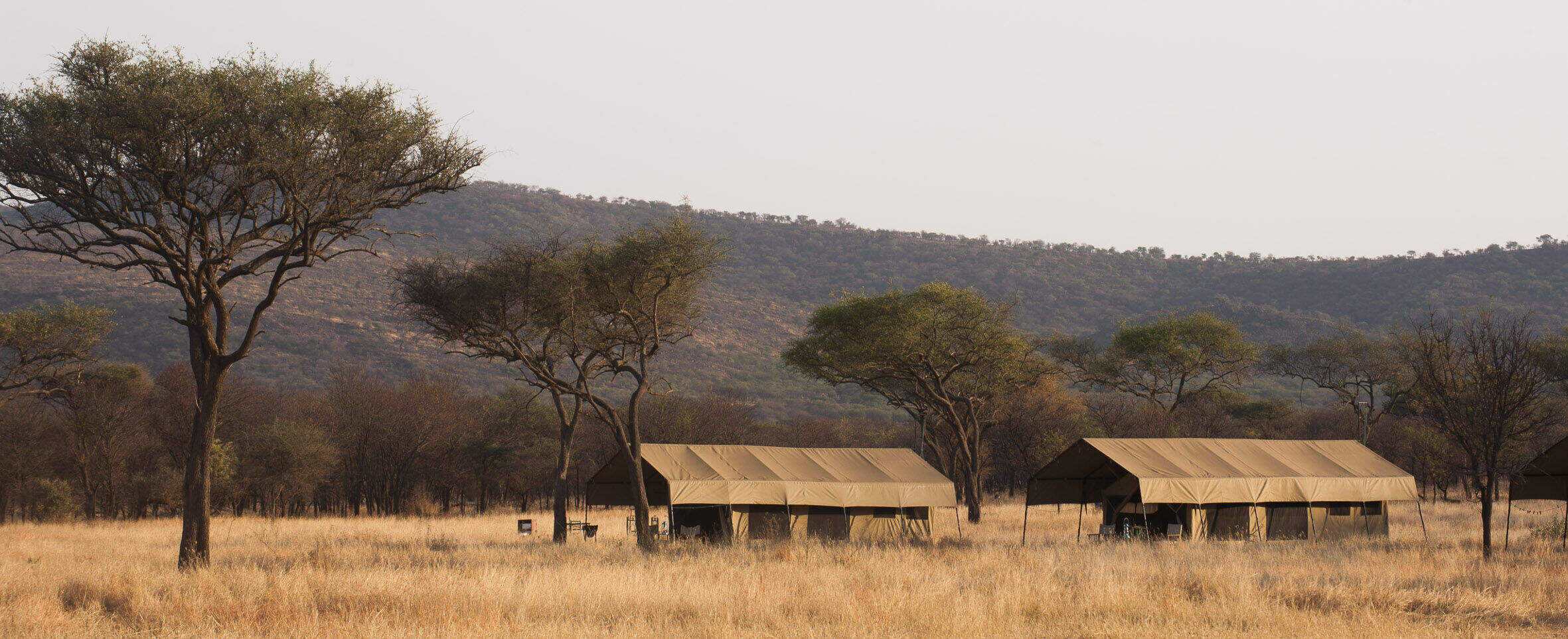
Ndutu Kati Kati
Ndutu Kati Kati is a seasonal tented camp, based in the southern Serenget from Dec-Mar, ideal for the migration as it passes through.

Olduvai Camp
Olduvai Camp lies between Ngorongoro and the southern Serengeti plains. It's a good base for the southern plains during the rainy season.
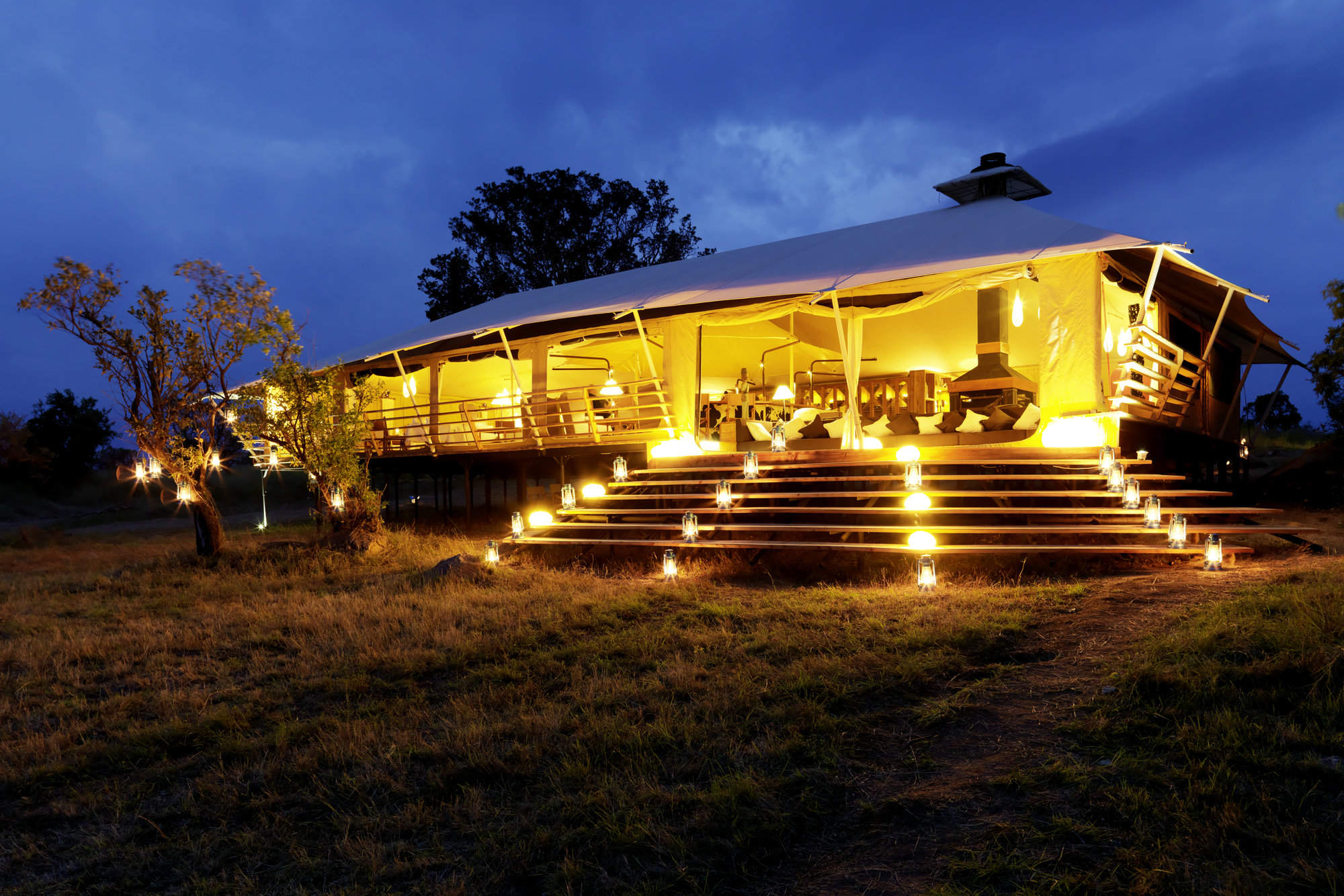
Bushtops
Serengeti Bushtops is a permanent luxury camp in the northern Serengeti, with spacious and private tents with their own hot tubs.
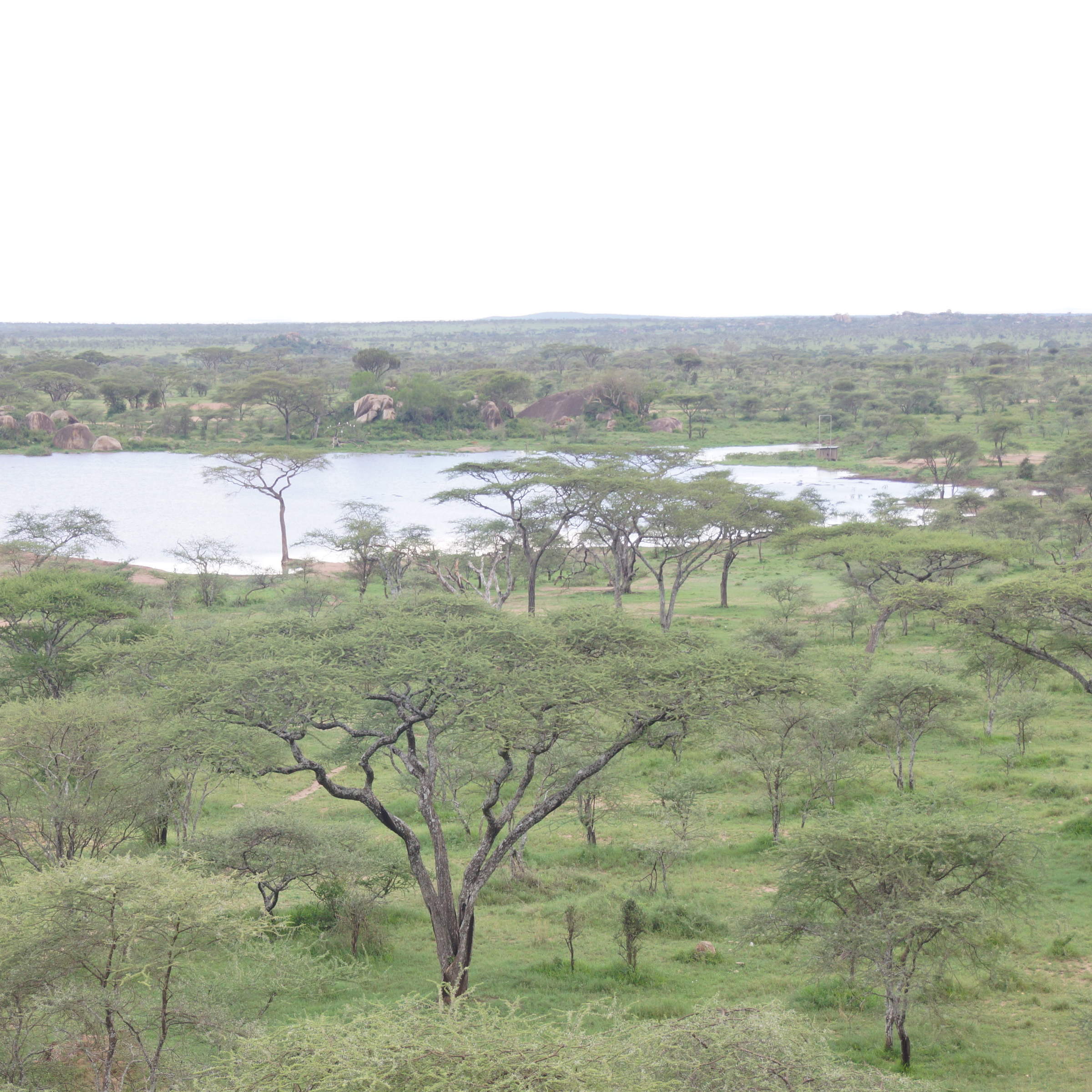
Seronera Wildlife Lodge
Seronera Wildlife Lodge is large hotel-style safari lodge in the heart of the Serengeti, offering good value and a great location.
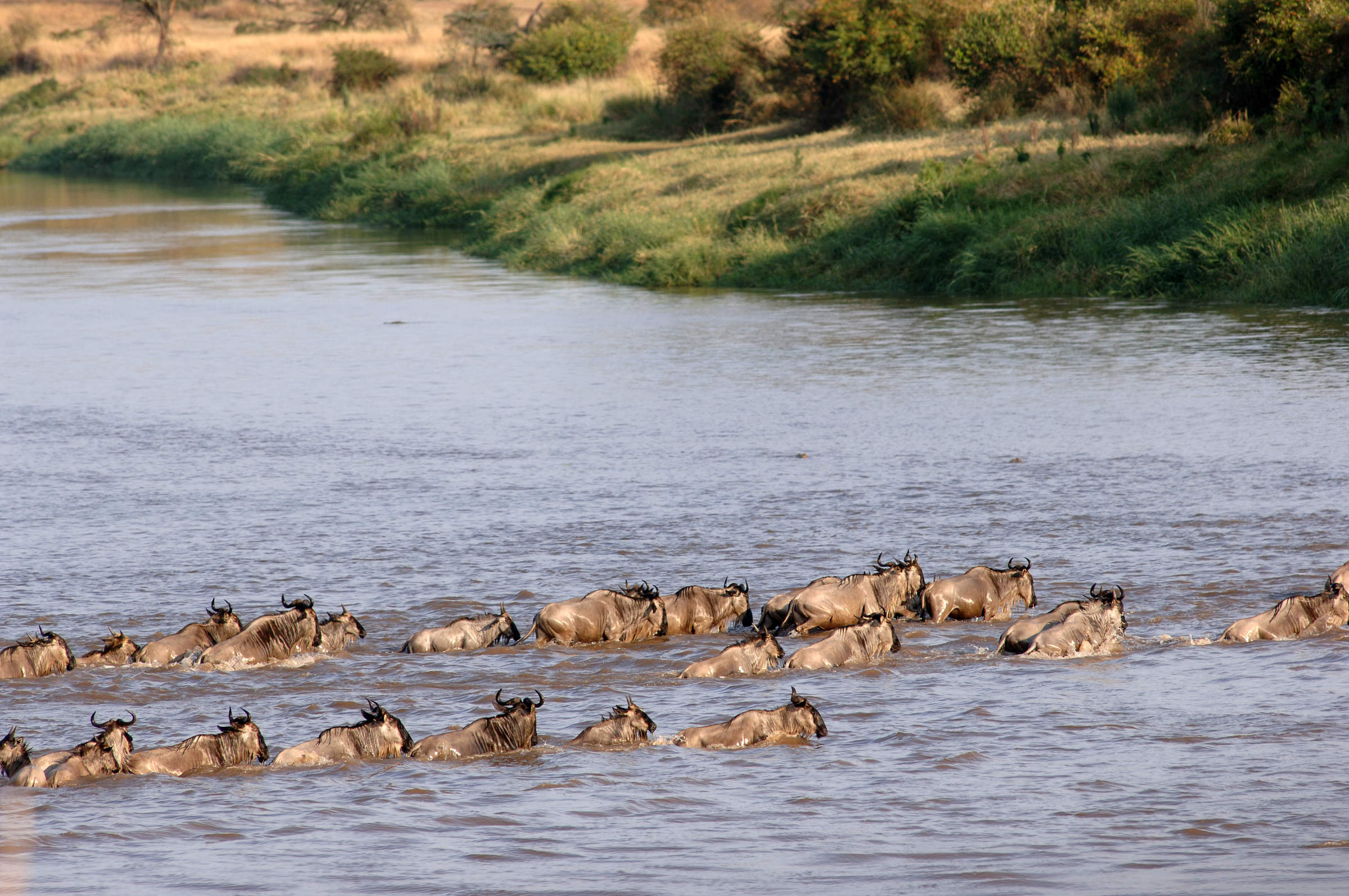
Mara Kati Kati
Mara Kati Kati is a simple bush camp in the northern Serengeti, based from Jul-Oct near the Mara River for the wildebeest migration.
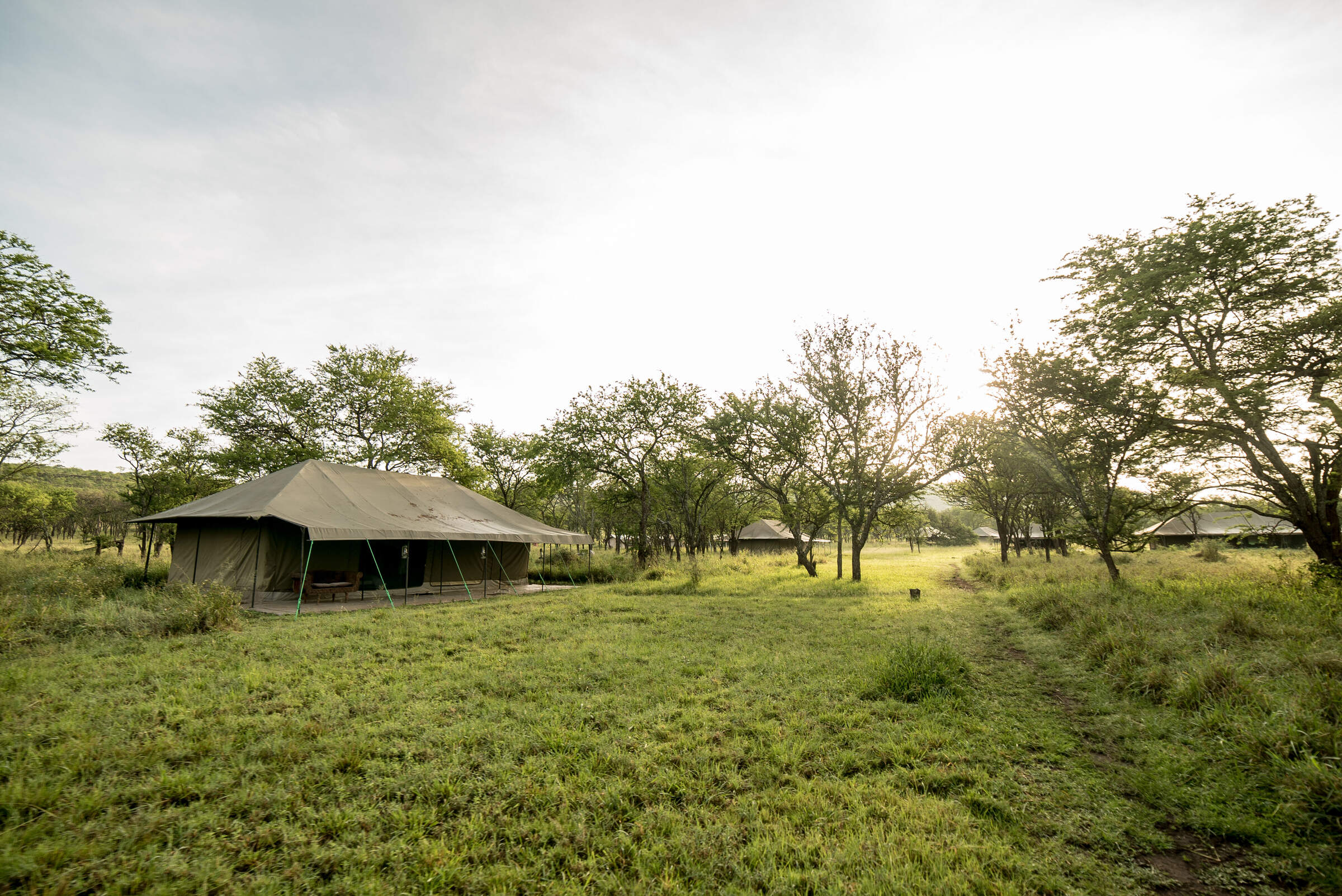
Nasikia Naona
Naona Camp is a small tented camp, located in the Moru Kopjes, west of the Serengeti central area
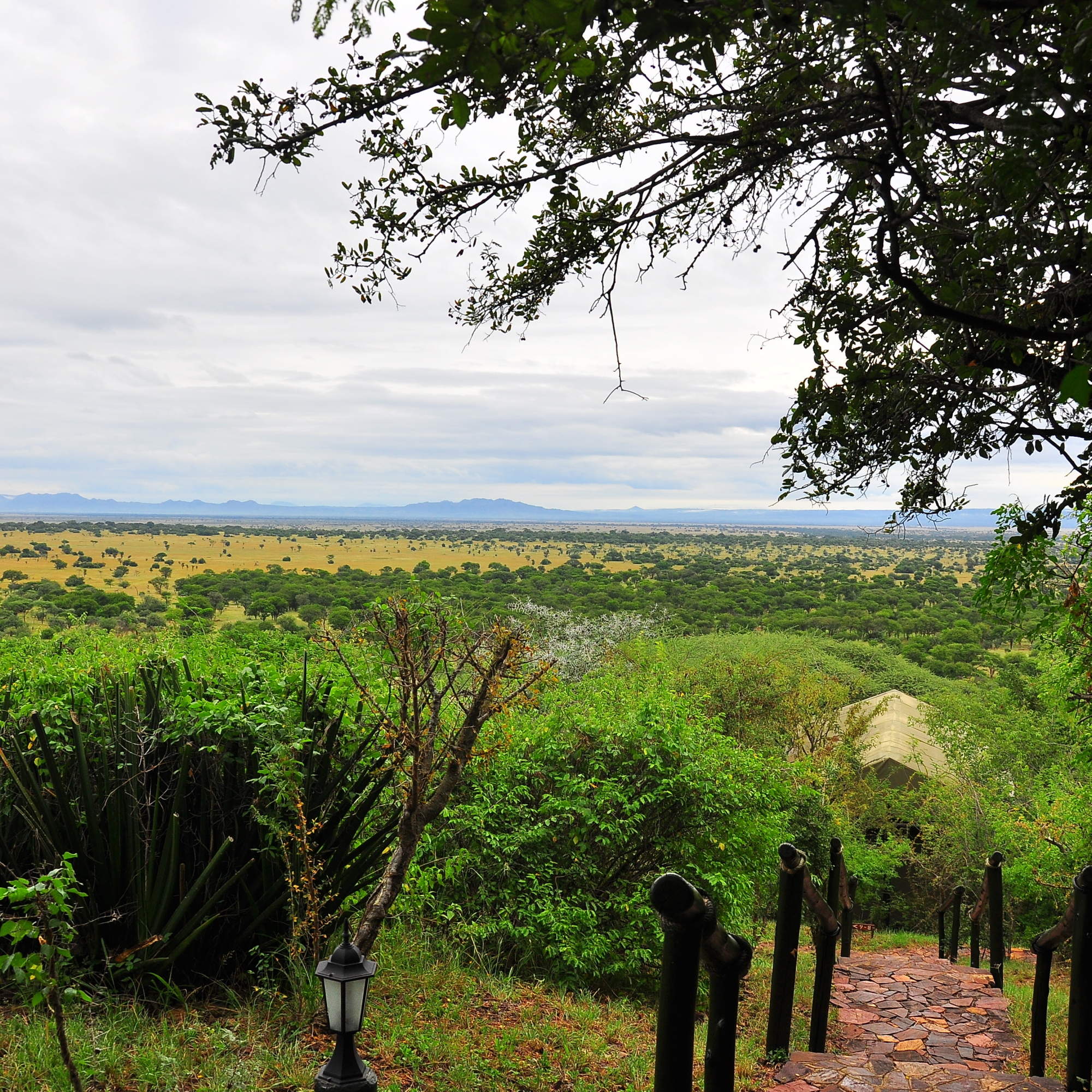
Kirawira Camp
Set high on a hill, in the Serengeti's western corridor, Kirawira is a relatively large tented camp in the Serena group.
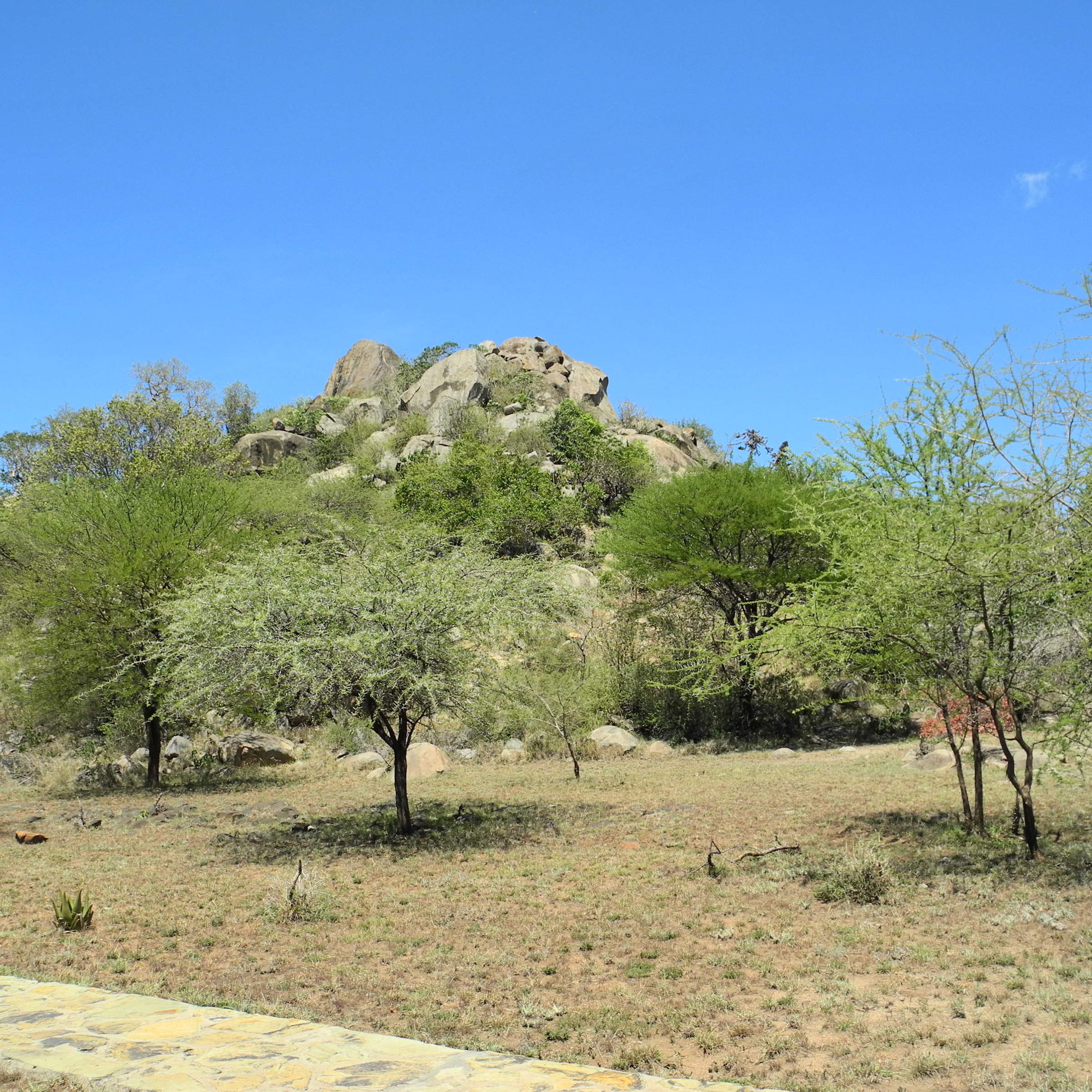
Mbuzi Mawe
Mbuze Mawe is a comfortable tented camp in a convenient, central-north location when driving through the Serengeti.
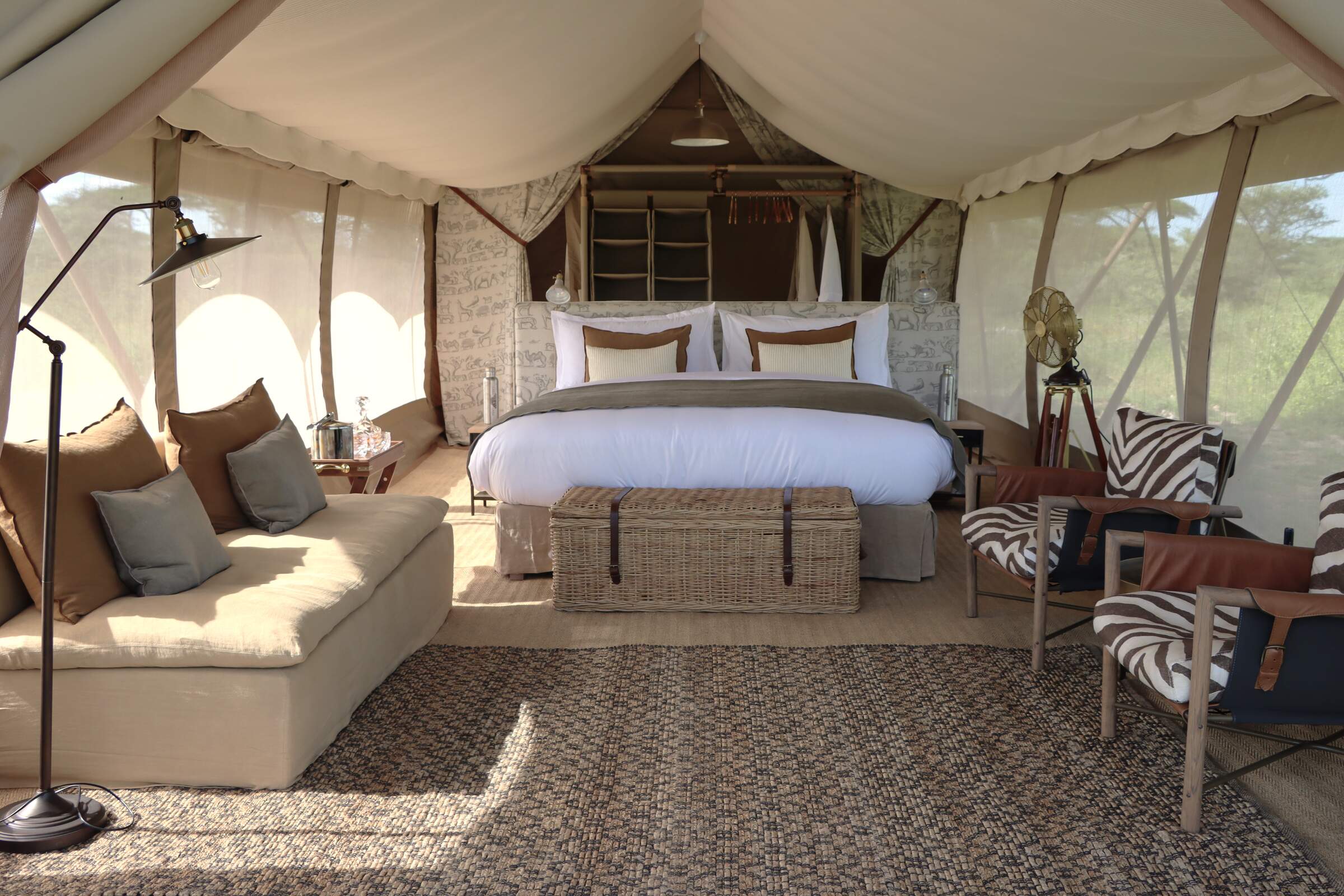
Laba Migration Camp
A luxury mobile camp that moves between the Western Corridor, Mara River and the southern Ndutu area, in line with the wildebeest migration.
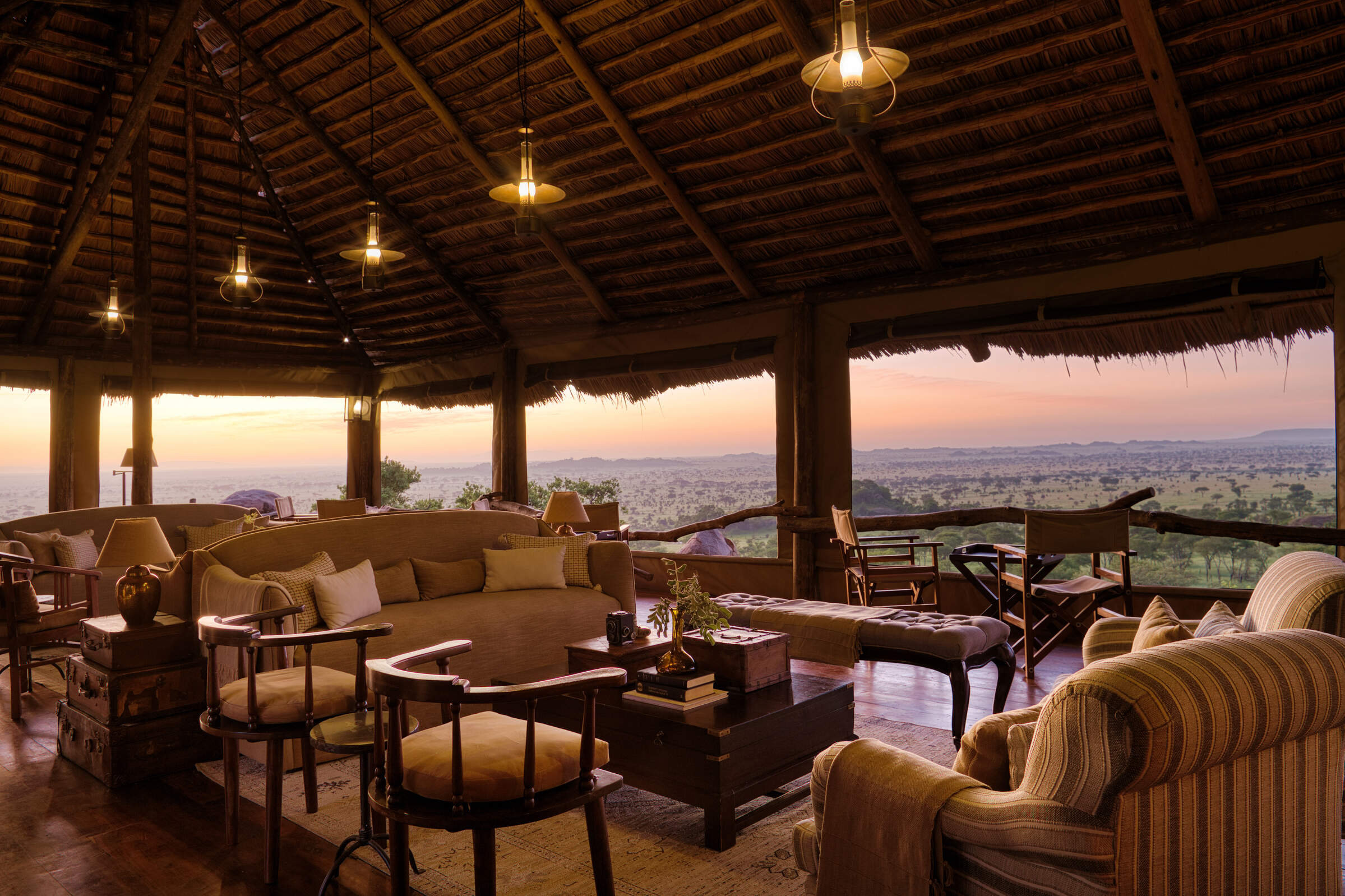
Serengeti Pioneer Camp
Serengeti Pioneer Camp is a luxurious tented camp in the central Serengeti, styled on African explorers' camps of the early 20th century.
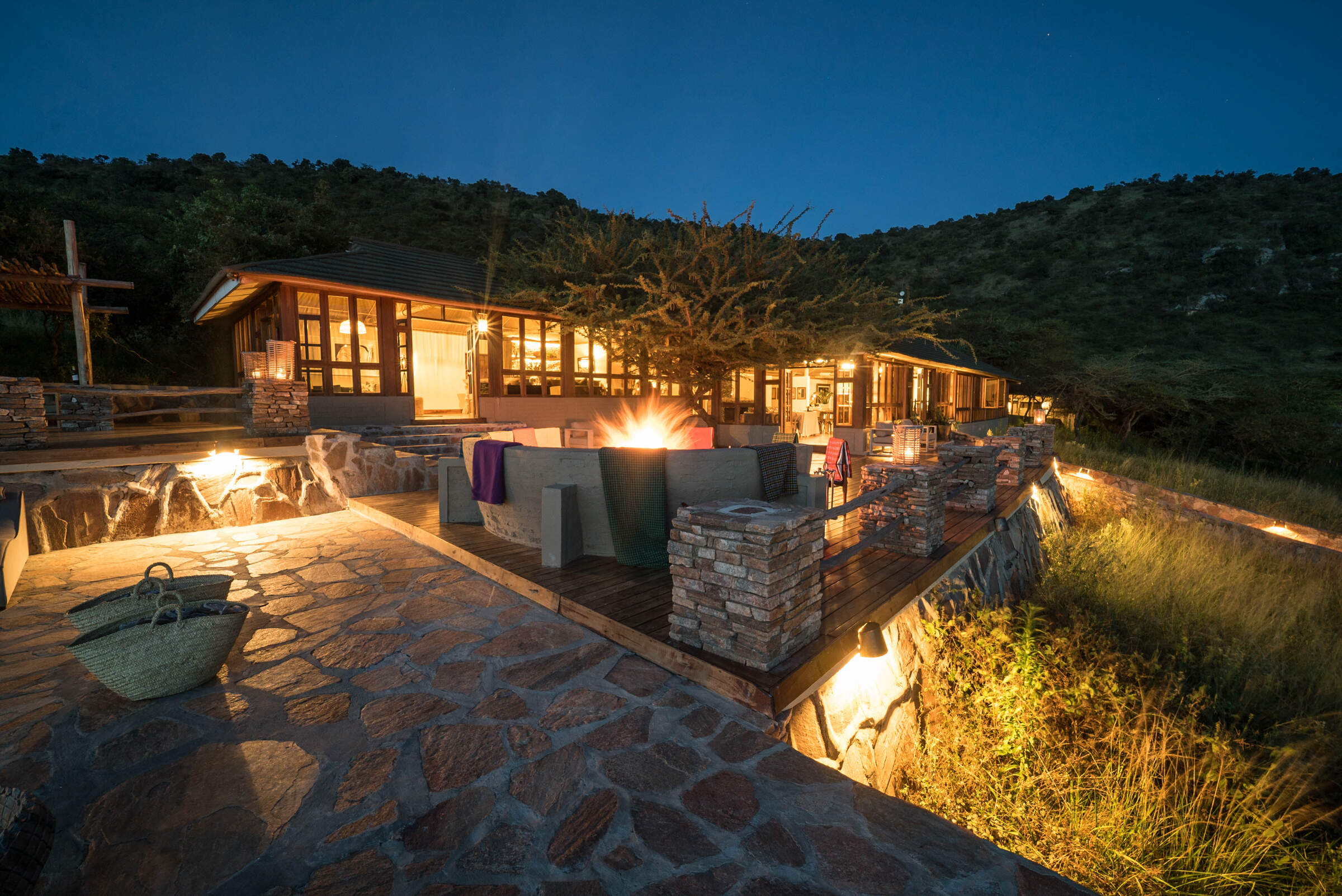
Taasa Lodge
Taasa Lodge is a slightly quirky option offering guided walks and night game drives, which are not permitted in Serengeti National Park.
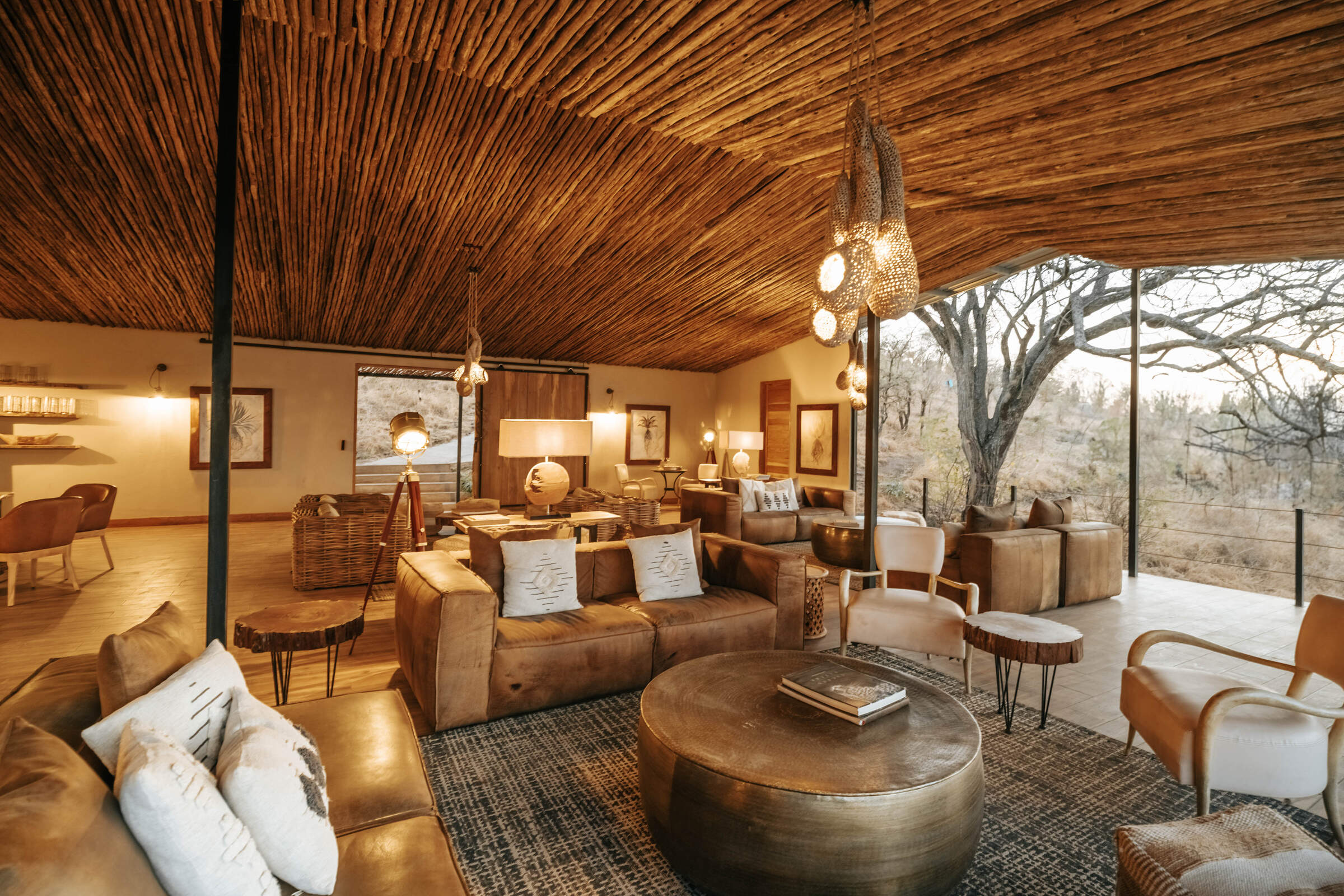
Nimali Serengeti
Opened in July 2017, Nimali Serengeti is a smart, permanent tented camp located in the Seronera area of the central Serengeti.
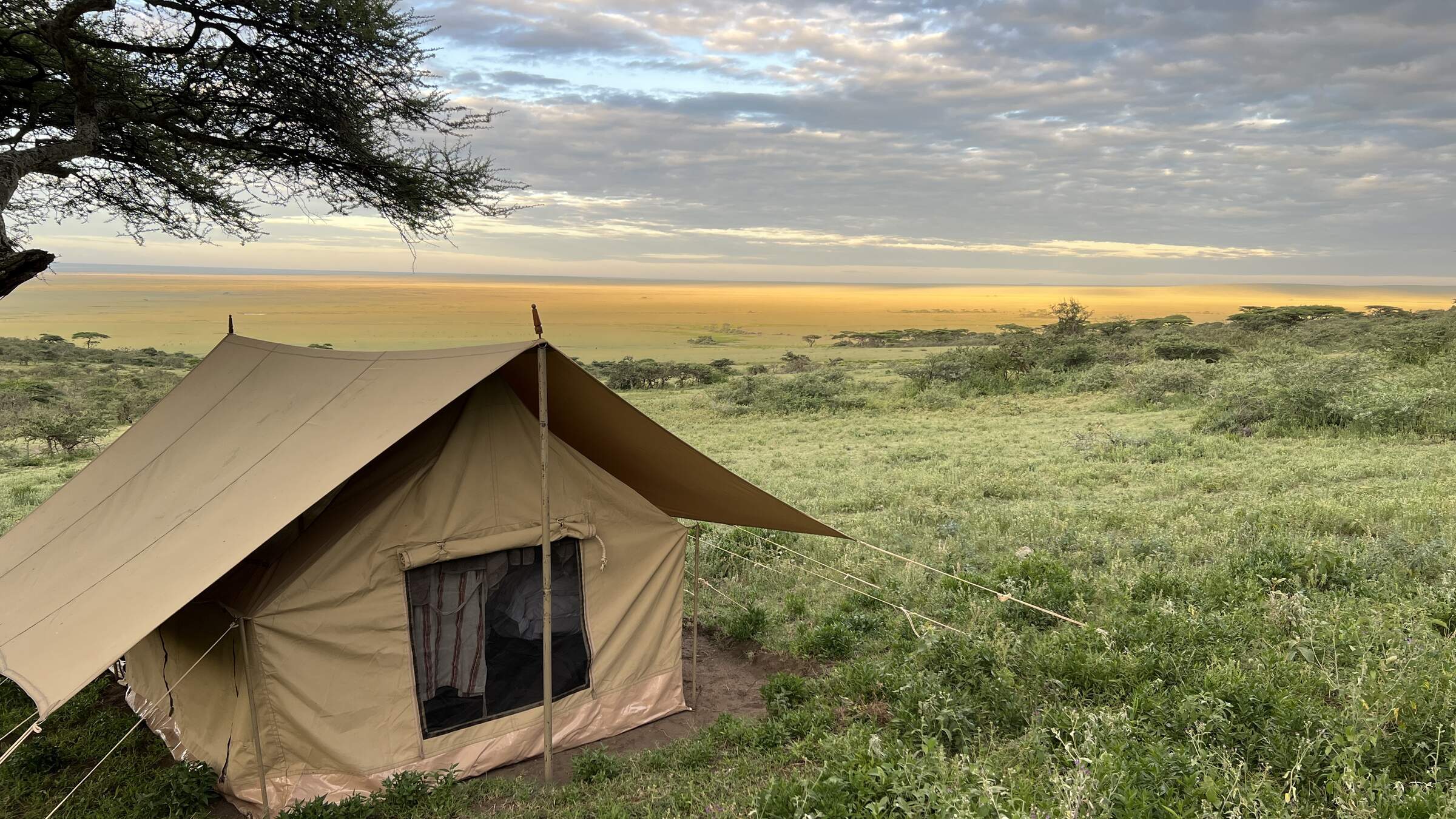
Nomad Walking Camp
Nomad Expeditionary Walking Camp is a simple camp of up to three tents, plus infrastructure, that changes location to allow guests to do substantial walks between campsites.
When to go to Serengeti Migration Area
Our month by month guide: What it's like to visit Serengeti under Canvas in Serengeti Migration Area
Jan
Feb
Mar
Apr
May
Jun
Jul
Aug
Sep
Oct
Nov
Dec
Serengeti Migration Area in January
January marks the start of the Serengeti’s short dry season. In the southern plains, the wildebeest calving season takes centre stage, drawing both predators and eager wildlife enthusiasts. The weather is generally clear and sunny, with rising temperatures, though occasional rainfall may still occur in the southern areas. Birdwatching is particularly rewarding during this time, with resident species in their breeding plumage and migratory birds adding to the variety.
The far southern plains of Ndutu coupled with the central Seronera area remains a reliable choice for game viewing, with lions and cheetahs frequently sighted on the hunt. While the park can be busier early in the month due to New Year visitors, it often becomes quieter later, providing excellent value and a more peaceful experience. Patience may be needed during game drives, as some wildlife becomes more dispersed.
- Variable weather: clear, dry or rainy
- Thunderstorms may occur occasionally
- Prime birding season with migrant species
- Wildebeest gathering in southern Serengeti
- Busy early, quieter later in the month
Our view
A good time to visit, with pros & cons
Weather in January
Serengeti Migration Area in February
February in the Serengeti is hot, with daytime highs reaching around 33°C/91°F, but cooling down significantly in the evening and overnight. It's an excellent time to visit as the northern circuit is comparatively quieter than during peak seasons. The wildebeest calving season, typically occurring in a two-three week window in early-mid February, is a major attraction. Thousands of calves are born daily, attracting a significant number of predators, creating an intense yet fascinating spectacle.
Birdlife is equally vibrant, as migratory species from the northern hemisphere join the park's resident birds. The Ndutu region is especially active, hosting an abundance of wildlife. Hot air balloon safaris offer unparalleled views of the action below. Despite the midday heat, early morning game drives remain comfortable and highly rewarding.
- Hot and dry weather conditions prevail
- Wildebeest calving in southern plains
- Southern Serengeti busy for migration
- Lush, green landscapes across the park
- Ideal for wildlife photography
Our view
A very good time to visit
Weather in February
Serengeti Migration Area in March
March typically sees the arrival of the long rains in the Serengeti, though the exact timing can vary each year. With water becoming more plentiful, migratory animals begin to spread out, making wildlife spotting a bit more challenging in certain areas. The Seronera Valley remains a reliable choice for sightings, thanks to its consistent water sources.
The rains bring a dramatic transformation to the landscape, with lush greenery emerging across the plains, offering stunning photographic opportunities. Birdwatchers are in for a treat, as many species are in their vibrant breeding plumage. Although some mobile tented camps begin winding down operations in preparation for the next season, visitors can still enjoy the park’s quieter atmosphere and its renewed natural beauty.
- Hot with increasing humidity pre-rains
- Wildlife viewing varies as rains begin
- Park quieter with lower visitor numbers
- Excellent time for bird watching
- Green vegetation provides scenic backdrops
Our view
A good time to visit, with pros & cons
Weather in March
Serengeti Migration Area in April
April tends to be the wettest month in the Serengeti, with rainfall averaging around 250mm. The park is transformed into a verdant oasis, alive with birds, insects, and smaller wildlife. However, the dense vegetation can make spotting animals more difficult. Visitor numbers are at their lowest, allowing for a more exclusive safari experience and there can be some good emerald season bargains to be had.
The wildebeest migration typically begins slowly moving toward the Western Corridor, and patient travellers can witness fascinating sights such as newborn animals and predators on the hunt. Rising water levels make the Retina Hippo Pool particularly active. Birdwatching continues to be excellent, and many lodges offer reduced rates, making it an appealing time for those willing to brave occasional downpours.
- Heavy rains with impressive thunderstorms
- Some camps closed due to weather
- Lowest rates and fewest tourists
- Vibrant greenery, wildlife more dispersed
- Not ideal for general wildlife viewing
Our view
This is not a great time to visit
Weather in April
Serengeti Migration Area in May
As the month of May progresses, the rains start to taper off across the Serengeti and temperatures drop slightly. Visitor numbers remain low, and lodge rates are often highly competitive, making it a great time for more value-conscious travellers. The wildebeest migration usually still heading towards the Western Corridor, with some herds nearing the Grumeti River and others still milling around the central area of the park. Predator-prey interactions become more frequent as animals navigate the changing environment.
The Moru Kopjes region offers particularly rewarding wildlife encounters, including the chance to spot black rhinos. The park’s vegetation is at its lushest, providing breathtaking backdrops for photographers. Balloon safaris during this time give a spectacular view of the green plains and migrating herds.
- Rains continue, creating dramatic skies
- Quiet period, great for avoiding crowds
- Lush landscapes with long grasses
- Wildlife more dispersed, fewer sightings
- Affordable safari options available
Our view
This is not a great time to visit
Weather in May
Serengeti Migration Area in June
June signals the end of the rainy season in the Serengeti, with the landscape beginning to dry out. Wildlife starts to gather around permanent water sources, and the Grumeti River becomes a key location for dramatic river crossings. Before the wildebeest migration heads north, the Western Corridor remains a hub of activity.
Many camps will offer shoulder season rates in June, meaning that this is also a more affordable time to visit than later in the year. The Lobo Valley in the north also becomes a productive area for wildlife viewing. With shorter grasses and clearer conditions, June is an excellent time for walking safaris in designated areas. The balance of good weather, exciting wildlife action, and moderate tourist numbers makes it a great month to visit.
- Weather varies: clear, dry or some rain
- Migration moving from west to north
- Parks still green with high grasses
- Wildlife becoming more concentrated
- Good value shoulder season prices
Our view
A good time to visit, with pros & cons
Weather in June
Serengeti Migration Area in July
July is the start of peak season in the Serengeti, with little to no rainfall expected and pleasant daytime temperatures. As the park dries, wildlife congregates in fewer areas, improving game viewing opportunities. The wildebeest migration typically reaches the northern Serengeti, with herds beginning to cross the Mara River. This spectacle draws many visitors, making the northern areas busier.
The Seronera area remains excellent for big cat sightings. In the western corridor, resident game becomes easier to spot as vegetation thins. Balloon safaris are particularly popular this month, offering breathtaking views of the migrating herds. Despite the crowds, July offers some of the year's best wildlife viewing opportunities across the park.
- Dry days, chilly mornings and evenings
- Excellent wildlife viewing opportunities
- Peak season with increasing visitor numbers
- Highest prices due to prime conditions
- Great Migration in full swing
Our view
Fantastic: the very best time to visit
Weather in July
Serengeti Migration Area in August
August in the Serengeti is characterised by clear skies and sunny weather, though cooler nights and mornings call for layered clothing for early morning game drives. It's an extremely popular time to visit, with accommodation prices at their peak. The northern Serengeti is particularly busy as visitors hope to witness migration river crossings – with the Mara and Sand rivers becoming focal points for dramatic wildlife interactions.
In the central Serengeti, predator sightings remain good around the Seronera River. The park's southern regions are now much drier, home to excellent resident game and now fewer visitors. Balloon safaris provide stunning aerial views of the landscape and wildlife. While August is a very busy time, the consistent wildlife activity and reliable weather make it a fantastic month to visit.
- Dry climate, cool mornings and evenings
- Superb general wildlife viewing
- Exciting wildebeest migration period
- Very busy, camps fill up quickly
- Dramatic river crossings may occur
Our view
Fantastic: the very best time to visit
Weather in August
Serengeti Migration Area in September
September continues the Serengeti’s dry season, with wildlife becoming increasingly concentrated around the few remaining water sources. The northern Serengeti still hosts the wildebeest migration, with river crossings at the Mara River offering dramatic predator-prey interactions. The Seronera Valley remains an excellent spot for sightings of resident predators, while the now-parched southern plains offer good chances to see cheetahs.
As the month progresses, visitor numbers begin to drop slightly, making it a quieter time to explore. Birdwatching remains rewarding, and walking safaris provide a more intimate wildlife experience. September’s pleasant weather and exceptional wildlife viewing make it a very good time to visit.
- Fantastic wildlife viewing conditions
- Slightly less crowded than peak months
- Parks becoming dry with less vegetation
- Pleasant temperatures throughout day
- Prices remain high for quality safaris
Our view
Fantastic: the very best time to visit
Weather in September
Serengeti Migration Area in October
October marks the tail end of the dry season in the Serengeti. Wildlife gathers around the last water sources, creating fantastic viewing opportunities. The Mara River may still see some migration activity, while the central Seronera region continues to deliver reliable predator sightings. In the western corridor, large herds of elephants are a highlight, and the dry southern plains can sometimes offer very good opportunities to spot cheetah.
Birdwatching is rewarding, with many resident species easily spotted. Balloon safaris offer breathtaking views of the parched landscape – though photographers need to be prepared for dusty conditions. Prices remain high, but visitor numbers are lower than in July-Sept, providing a more exclusive safari experience.
- Mostly dry with comfortable temperatures
- Excellent game viewing opportunities
- Landscape may appear somewhat barren
- Lower visitor numbers than earlier months
- Chance to see predator action at its best
Our view
A very good time to visit
Weather in October
Serengeti Migration Area in November
November usually signals the start of the short rains in the Serengeti. While lighter and more sporadic than the long rains, they rejuvenate the landscape with fresh grass growth. Wildlife begins to disperse as water becomes more readily available, but game viewing remains strong, particularly in the central Seronera area.
The wildebeest herds start their journey southward from the Mara region, creating opportunities for unique sightings. Birdwatching is excellent, with the arrival of migratory species adding to the variety. Some mobile camps in the north close temporarily, but those who visit in November can enjoy great value with lower rates and quieter conditions.
- Variable weather: clear, dry or rainy
- Parks quieter with lower-end prices
- Some camps close for maintenance
- Wildlife disperses as rains begin
- Migration movement less predictable
Our view
A good time to visit, with pros & cons
Weather in November
Serengeti Migration Area in December
December is a transition month in the Serengeti, falling within the short rainy season. The rains bring life to the southern plains, attracting the wildebeest herds and the predators that follow them. The Ndutu region becomes a focal point for wildlife activity.
Temperatures are comfortable, averaging around 27°C/81°F, with the possibility of occasional thunderstorms. Birdwatching is outstanding, with many migratory species adding to the diversity. Early December offers good value, with lower prices and fewer visitors, but the festive season sees a surge in demand, requiring early bookings. Balloon safaris provide stunning views of the rejuvenated landscape, making December an exciting time to visit the park.
- Weather varies: dry, rainy, or stormy
- Good game viewing in central Serengeti
- Quiet early, extremely busy late month
- Prices rise sharply for holiday season
- Green season begins, landscapes refresh
Our view
A good time to visit, with pros & cons
Weather in December

Looking for inspiration on where to travel next?
Visit our trip chooser to explore your options and find inspiration for your perfect African adventure
Inspire me